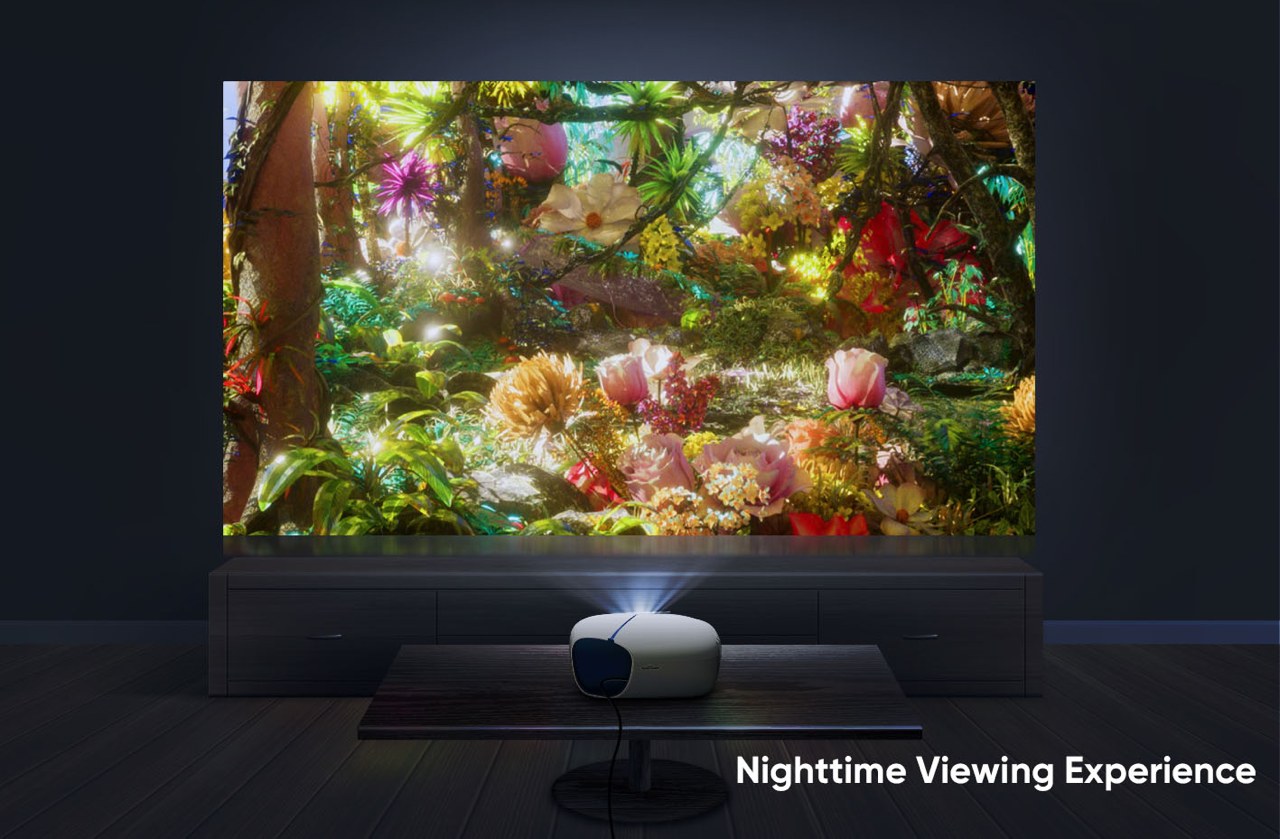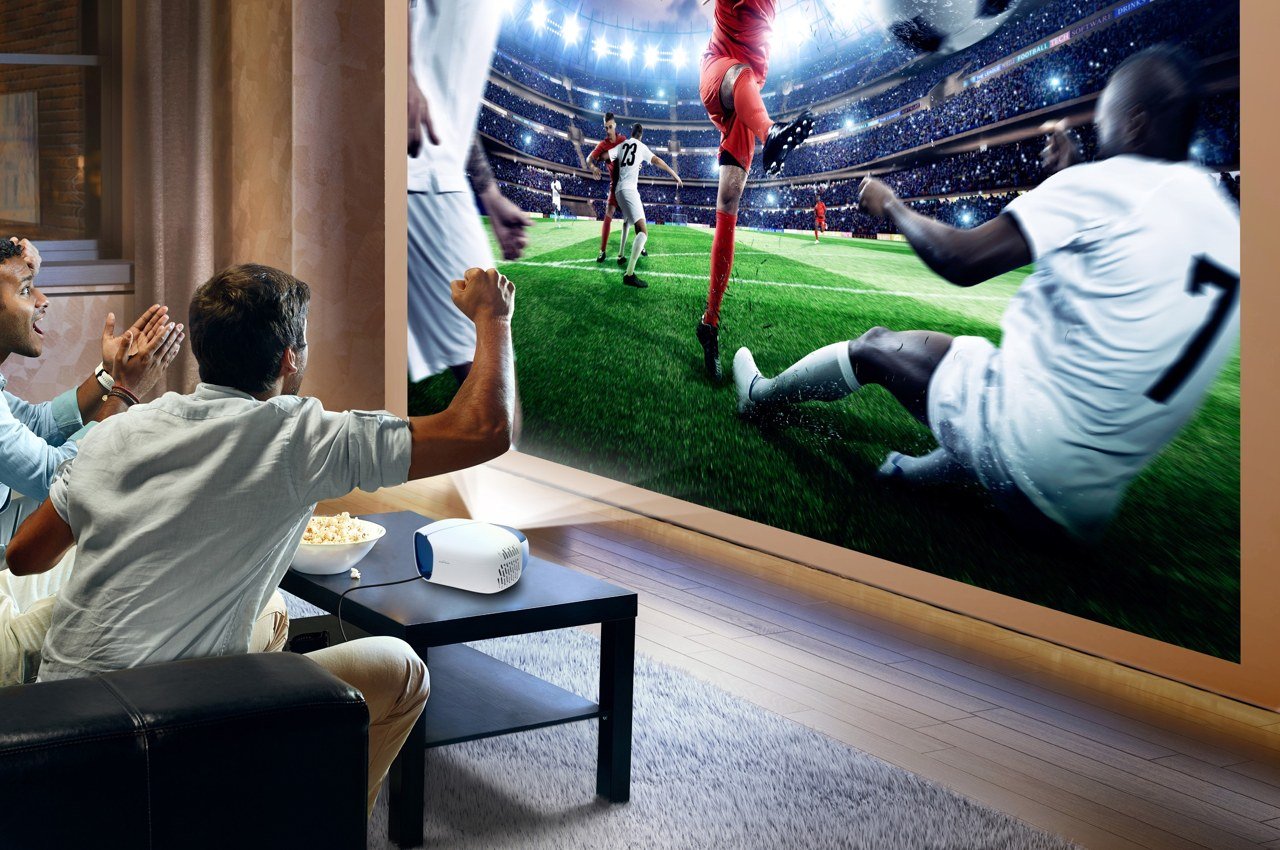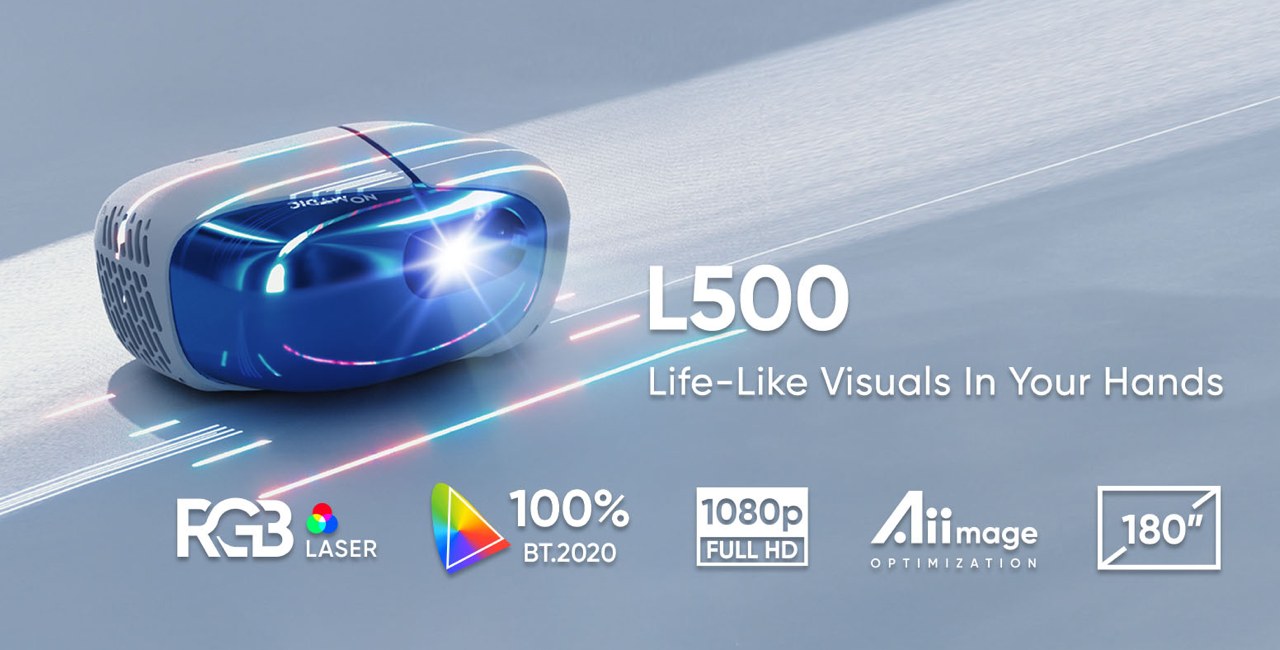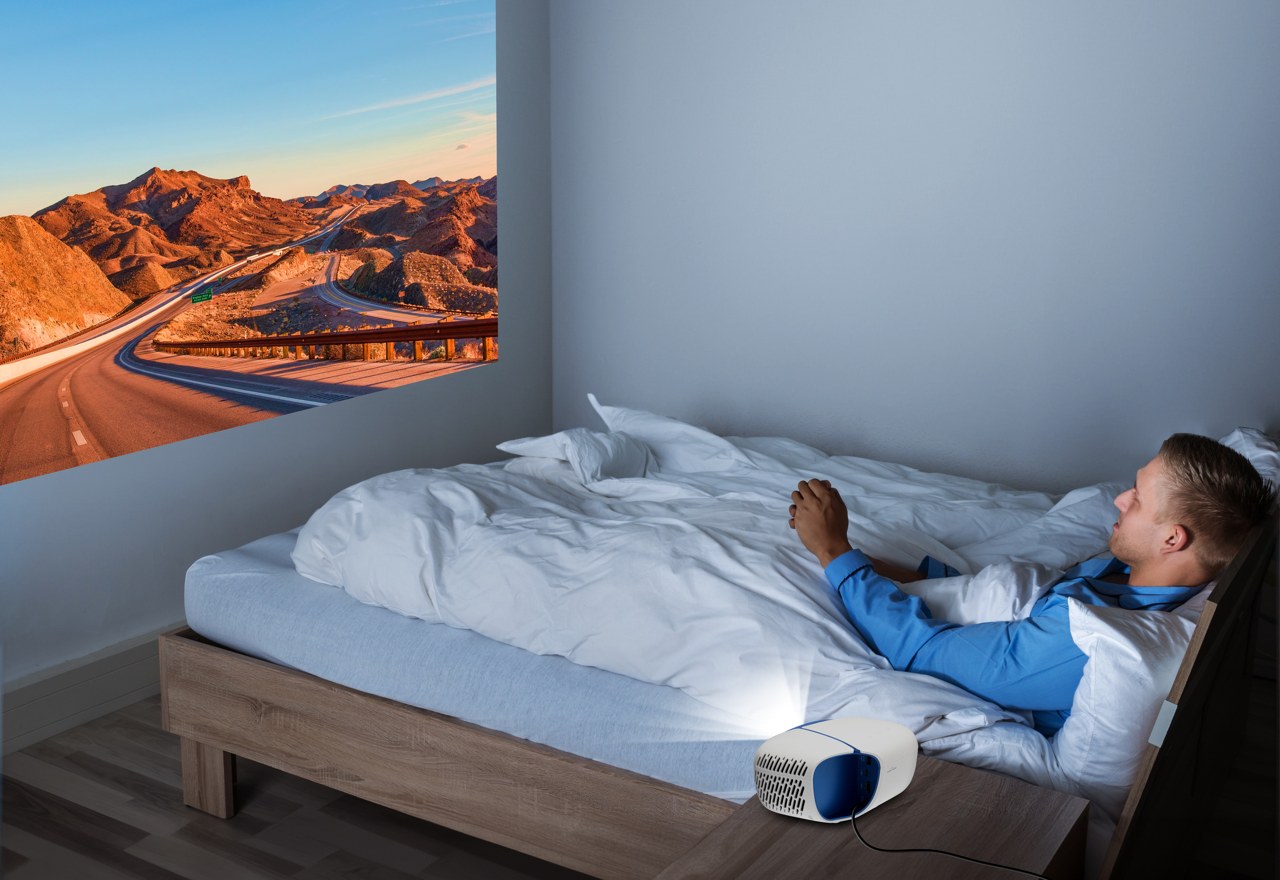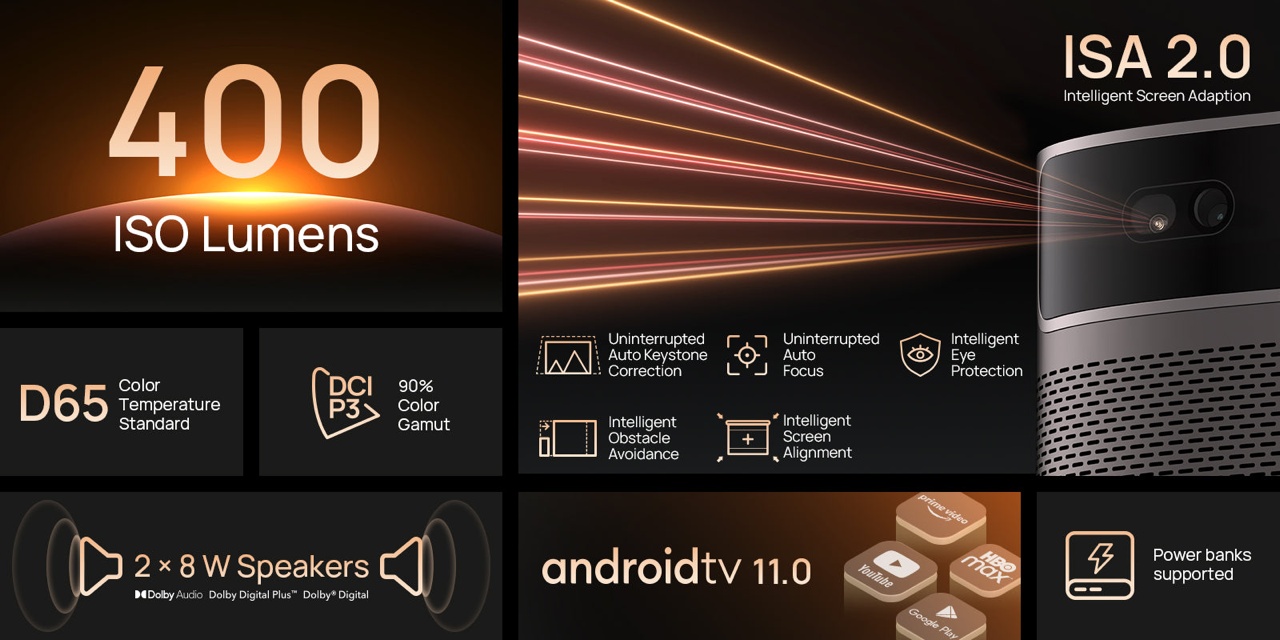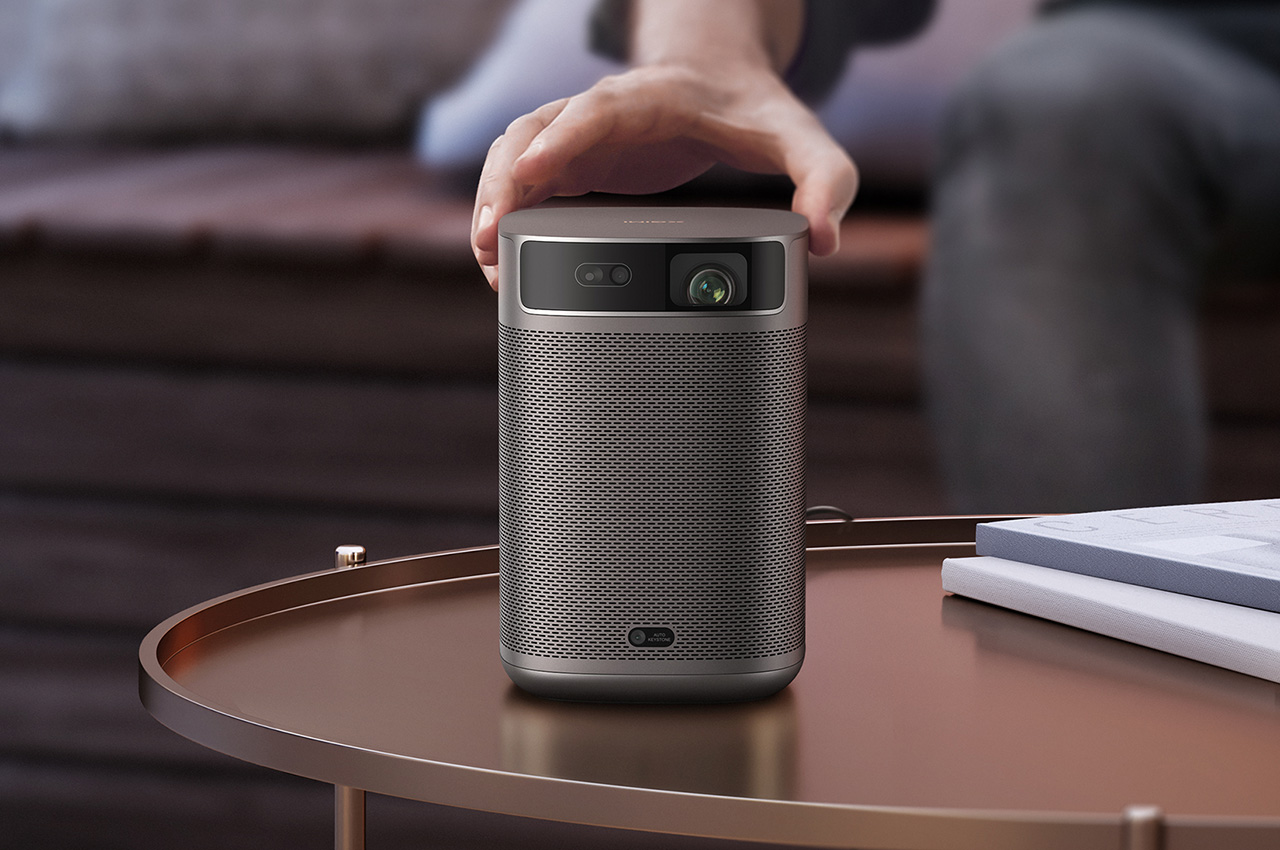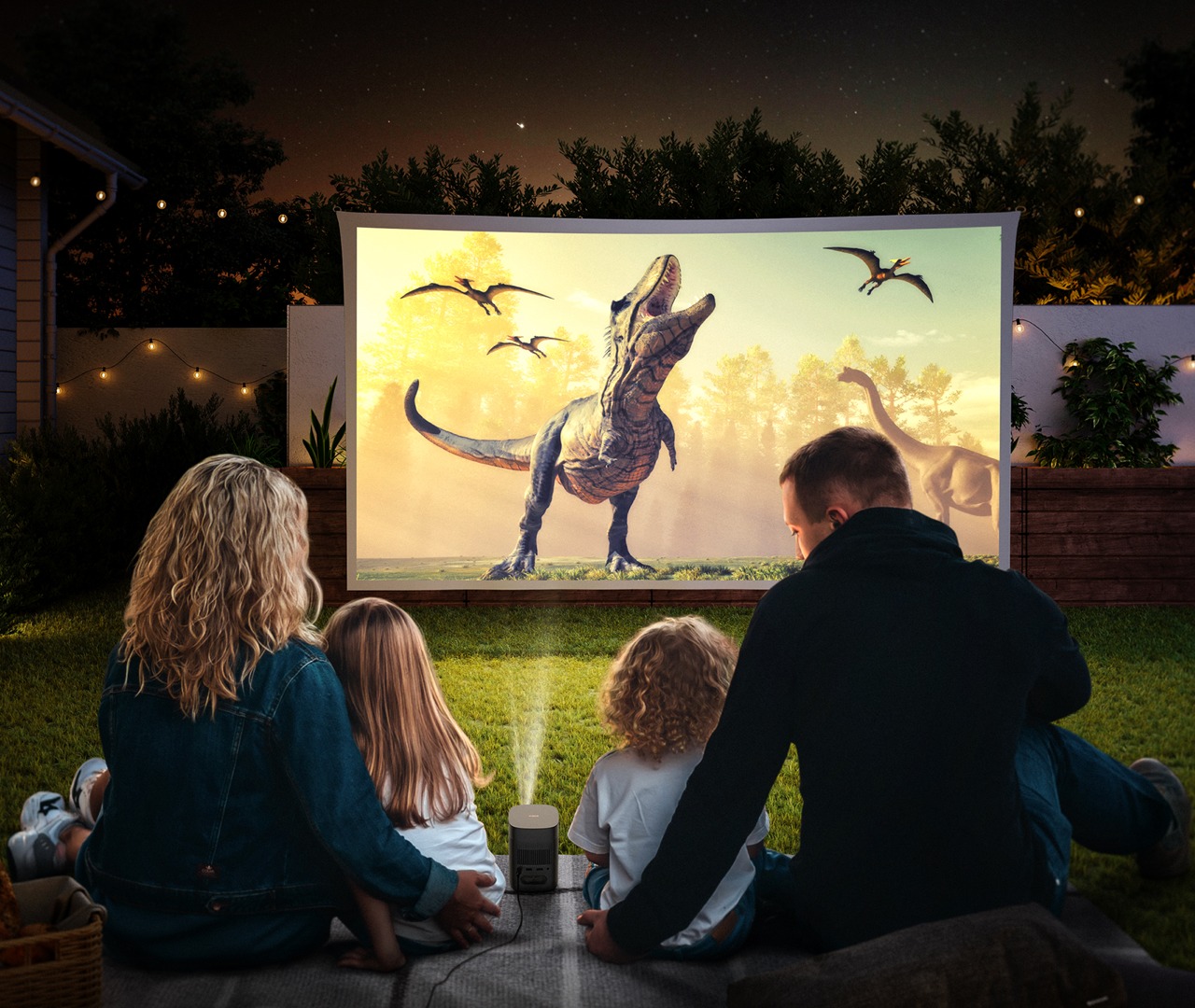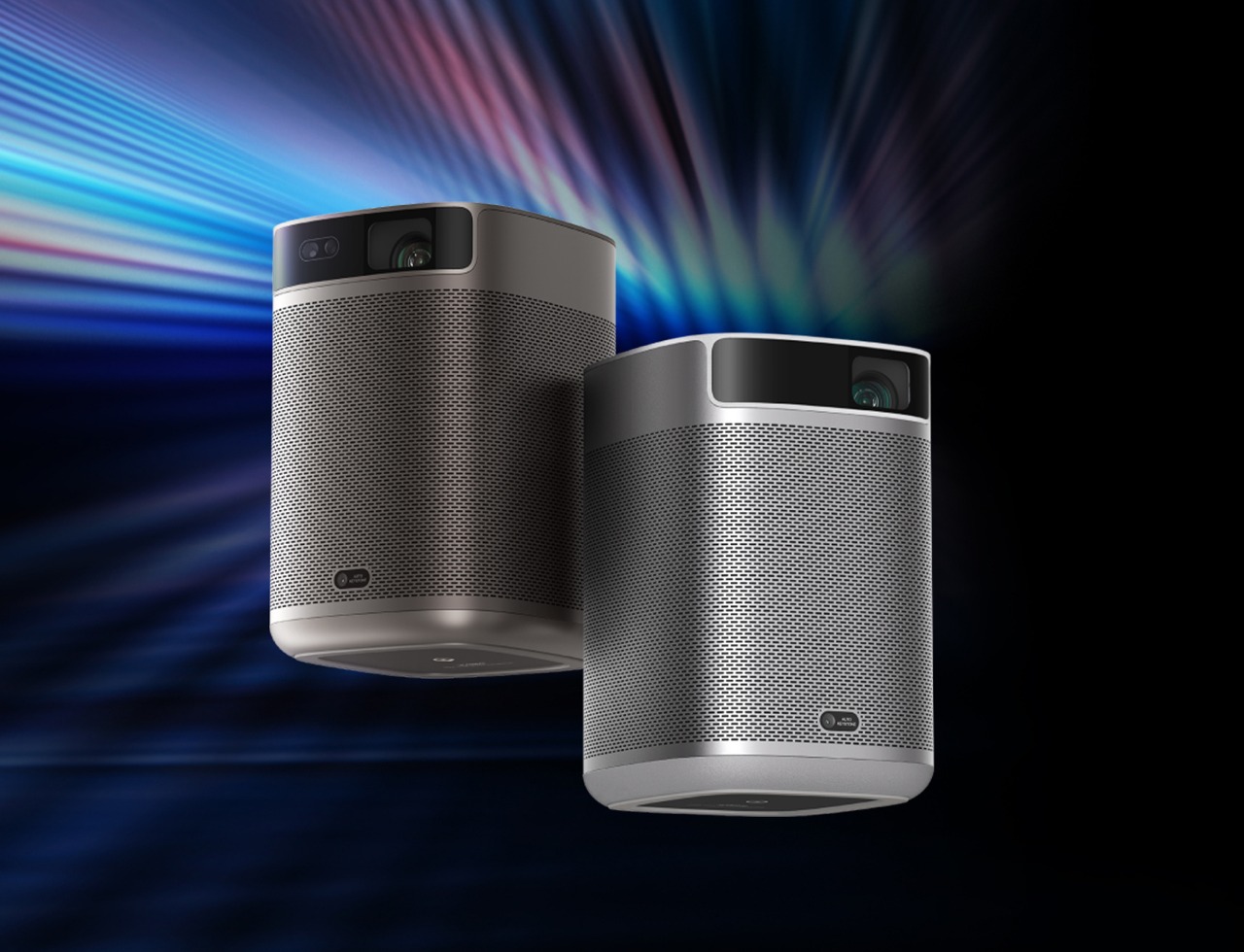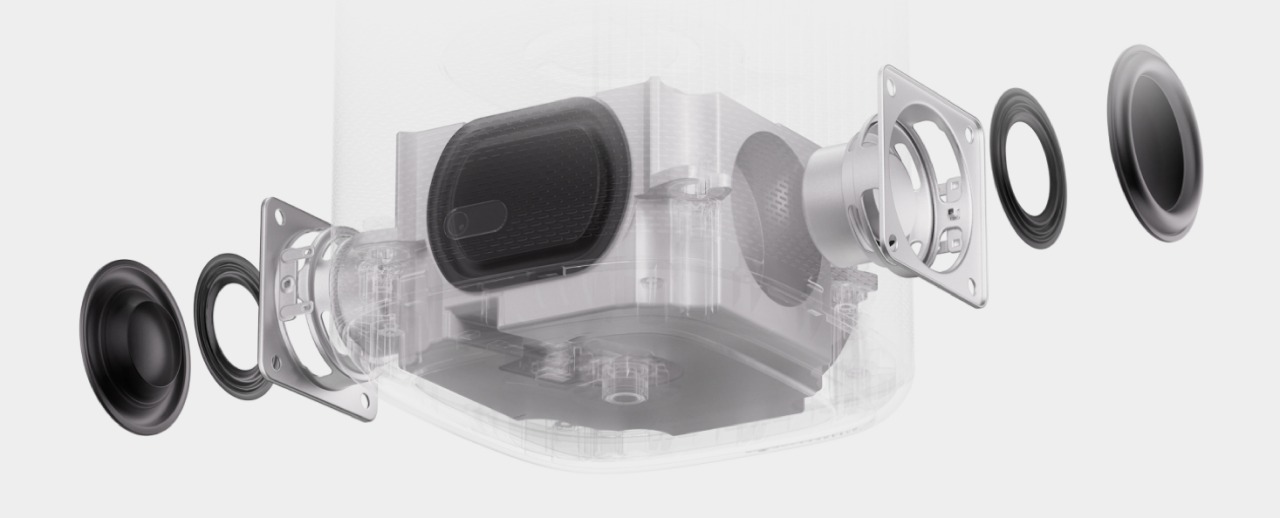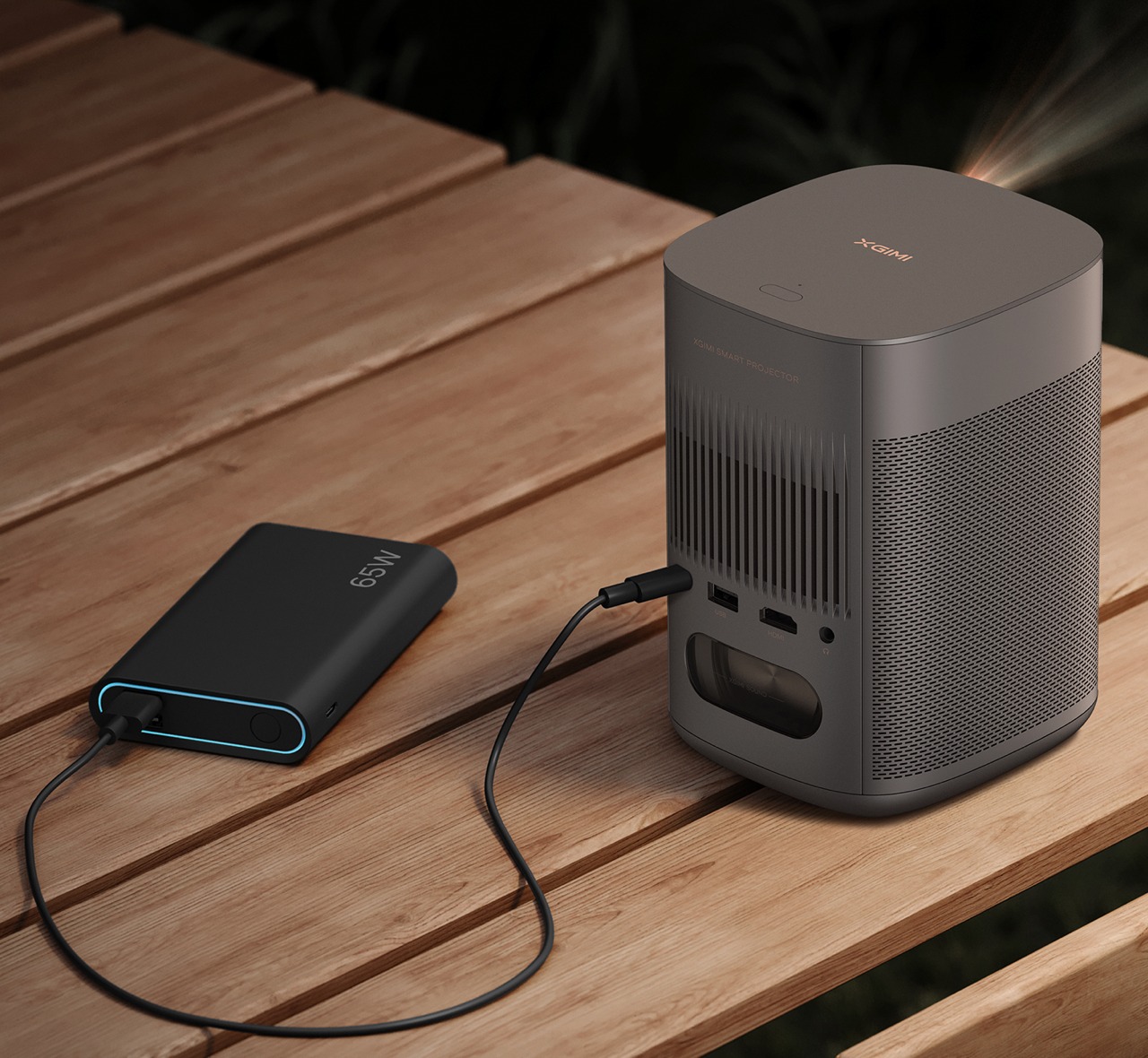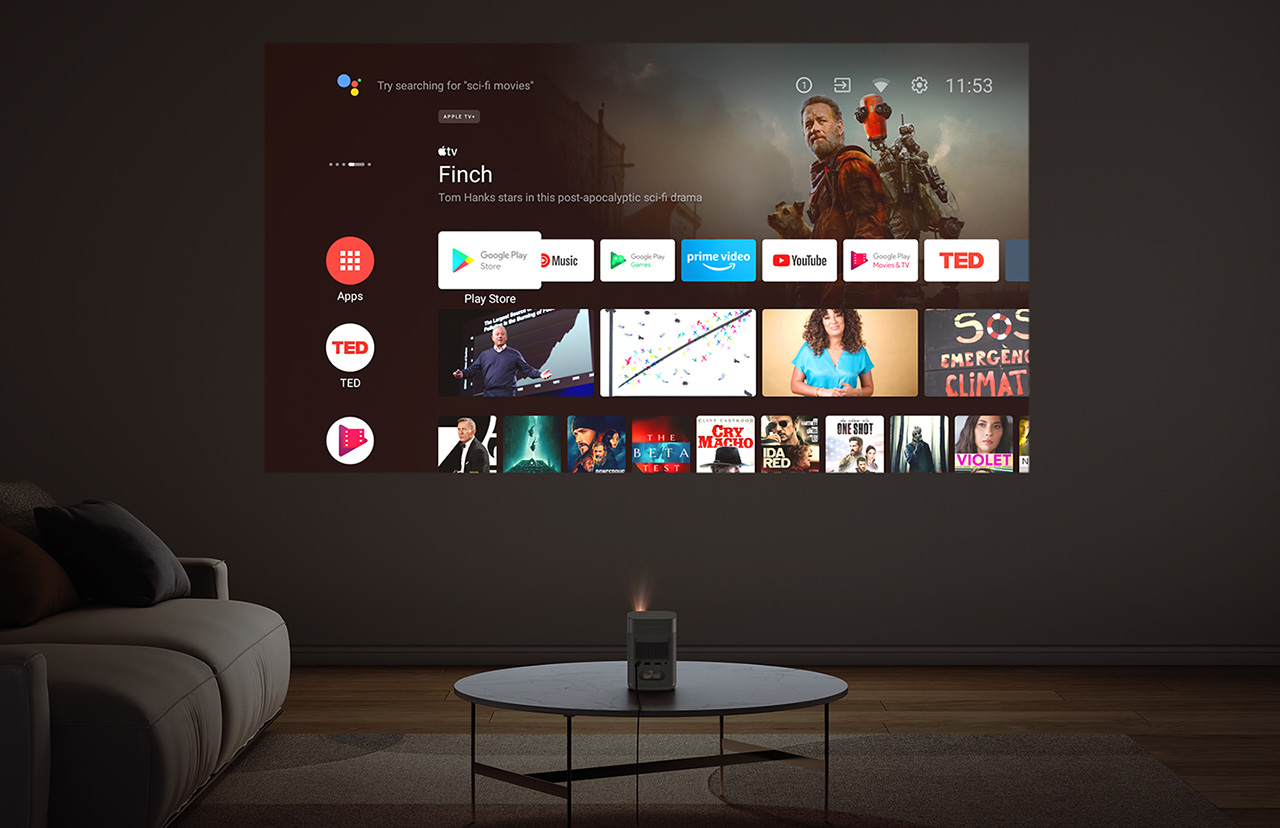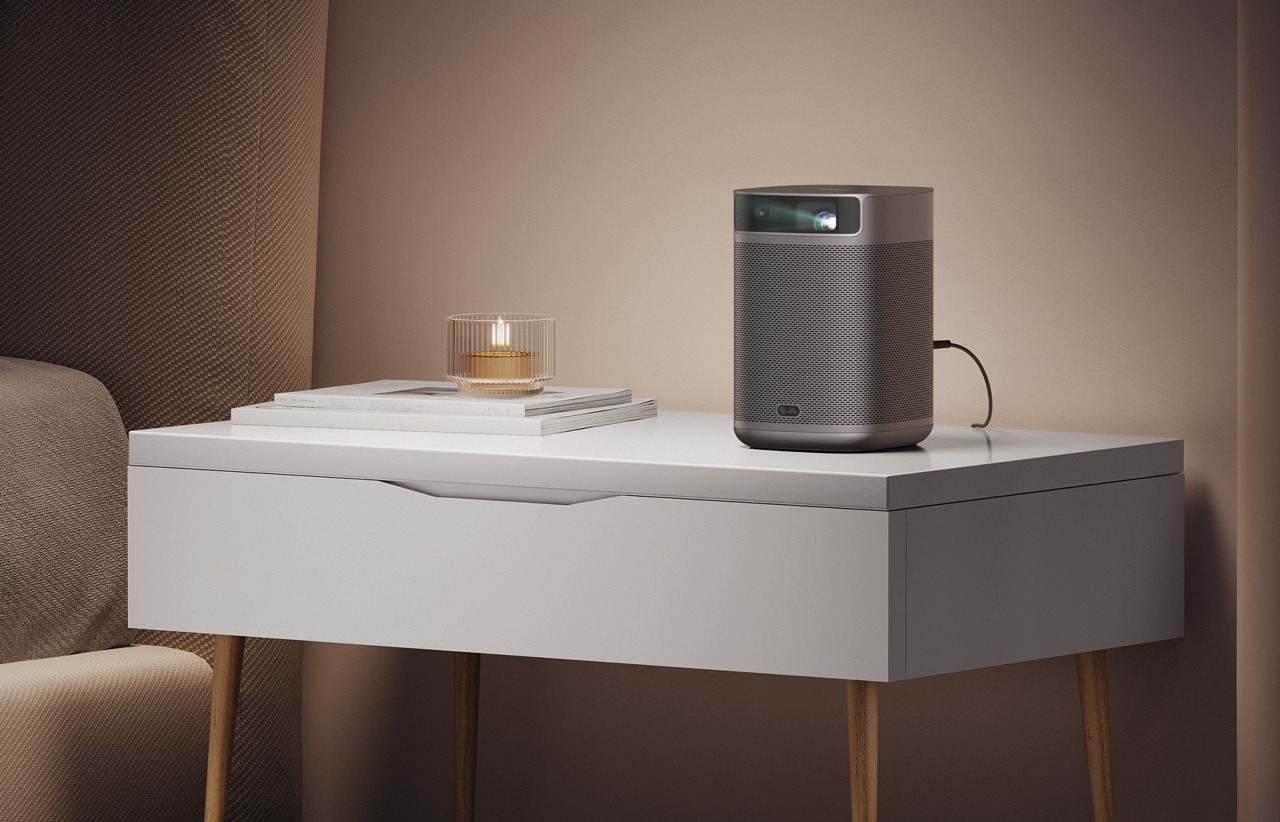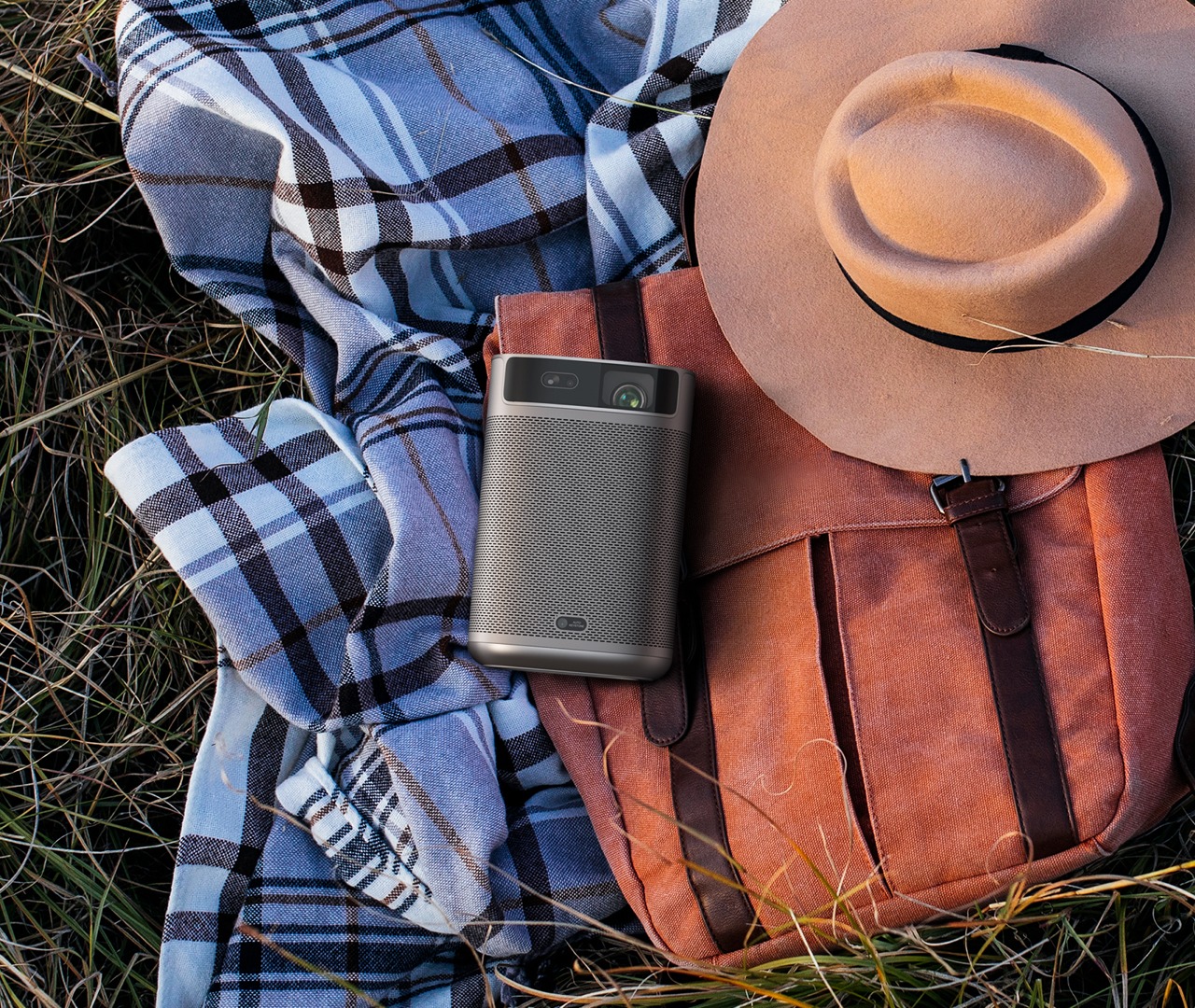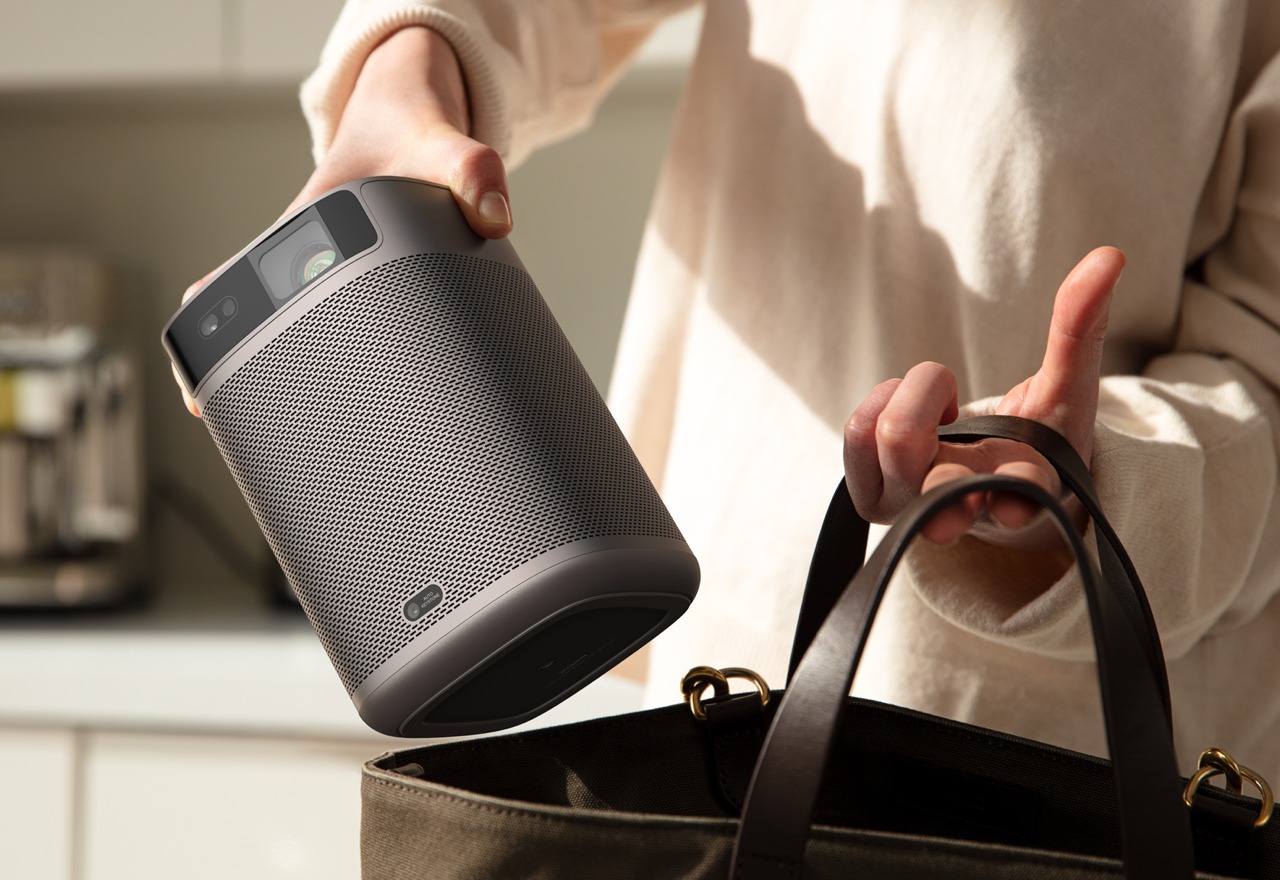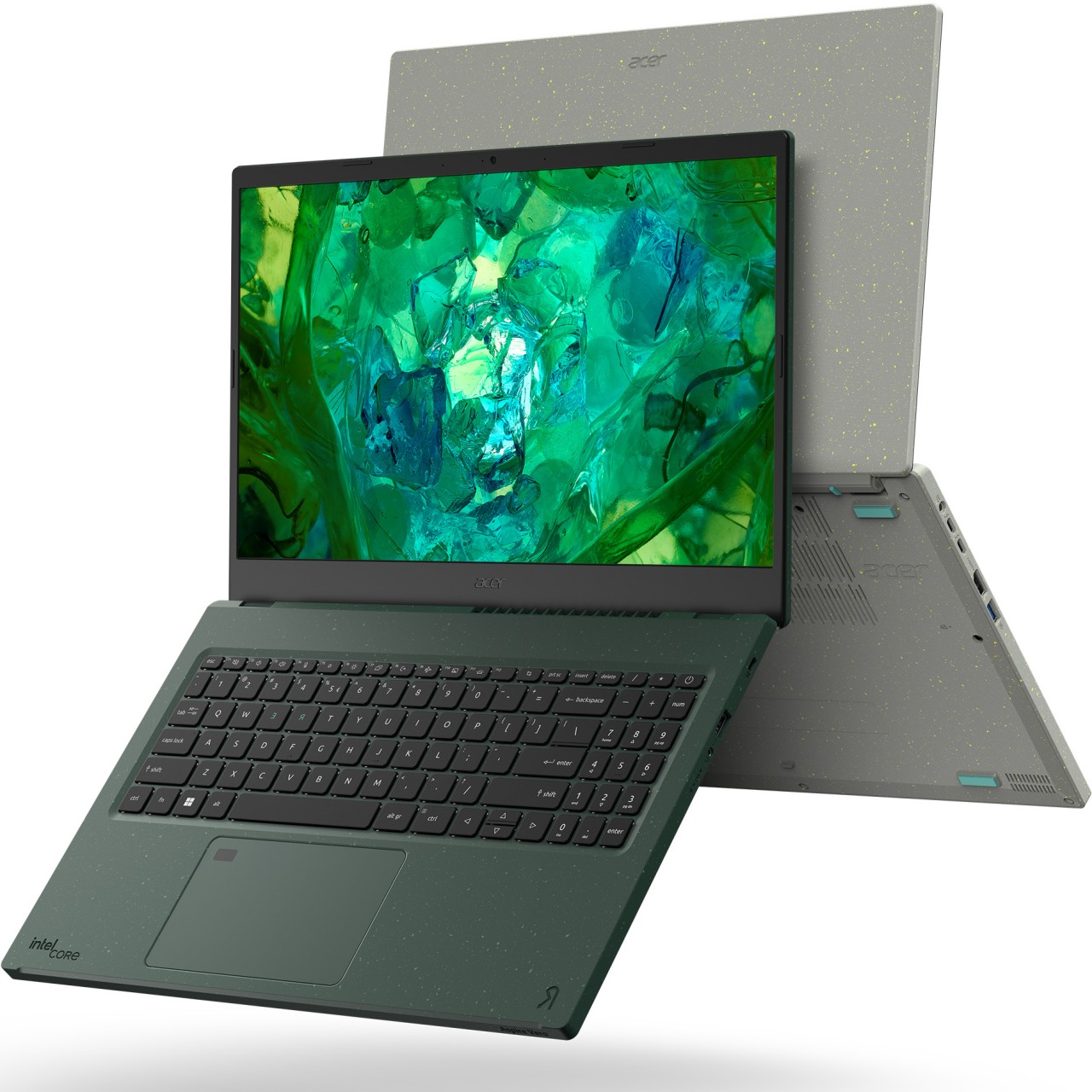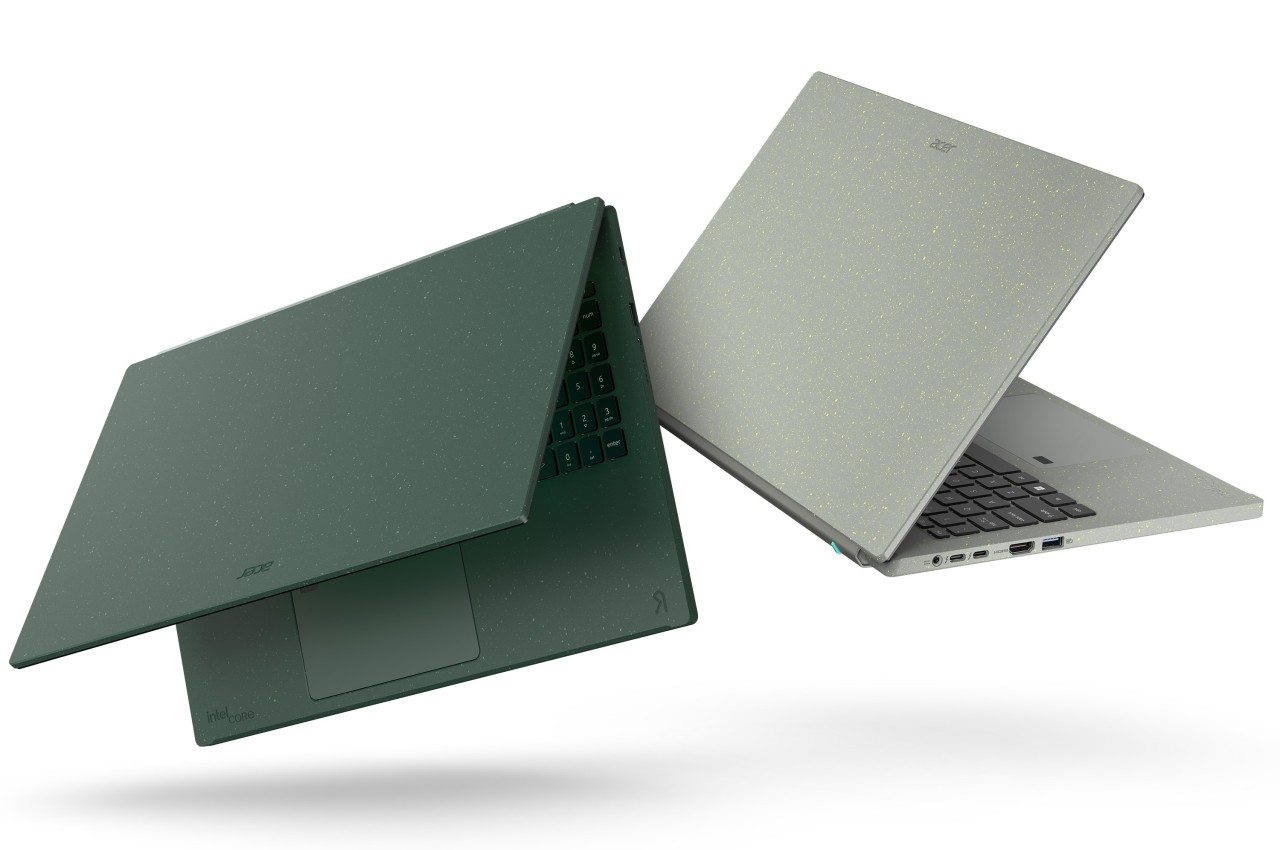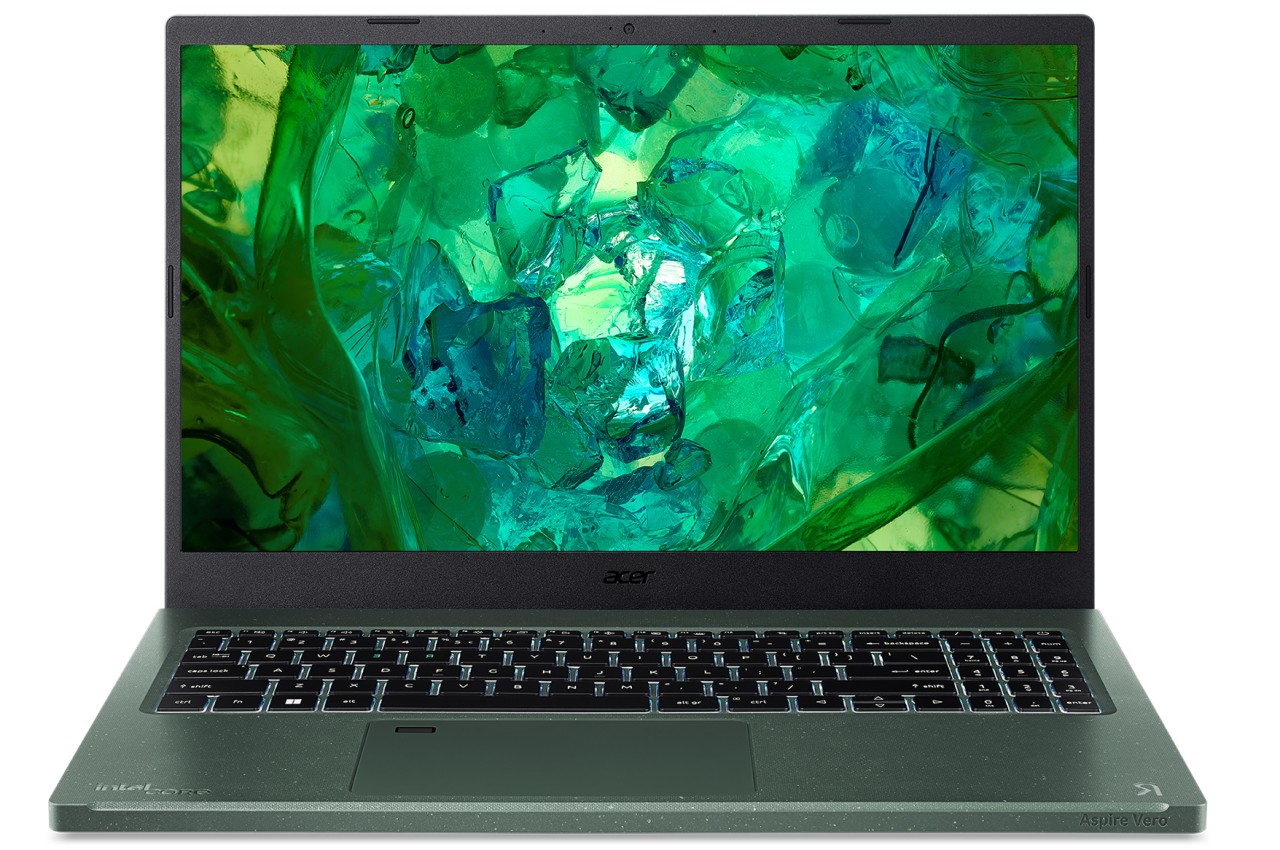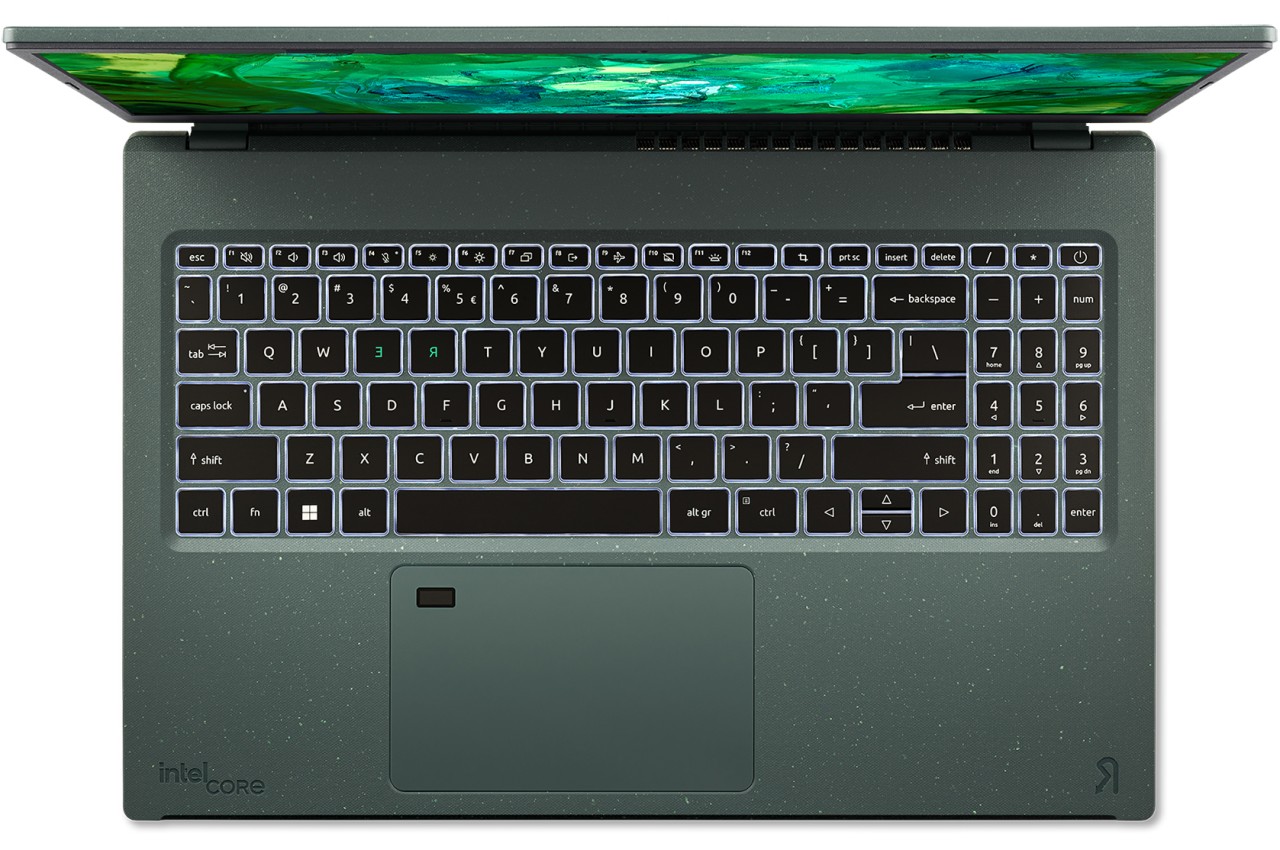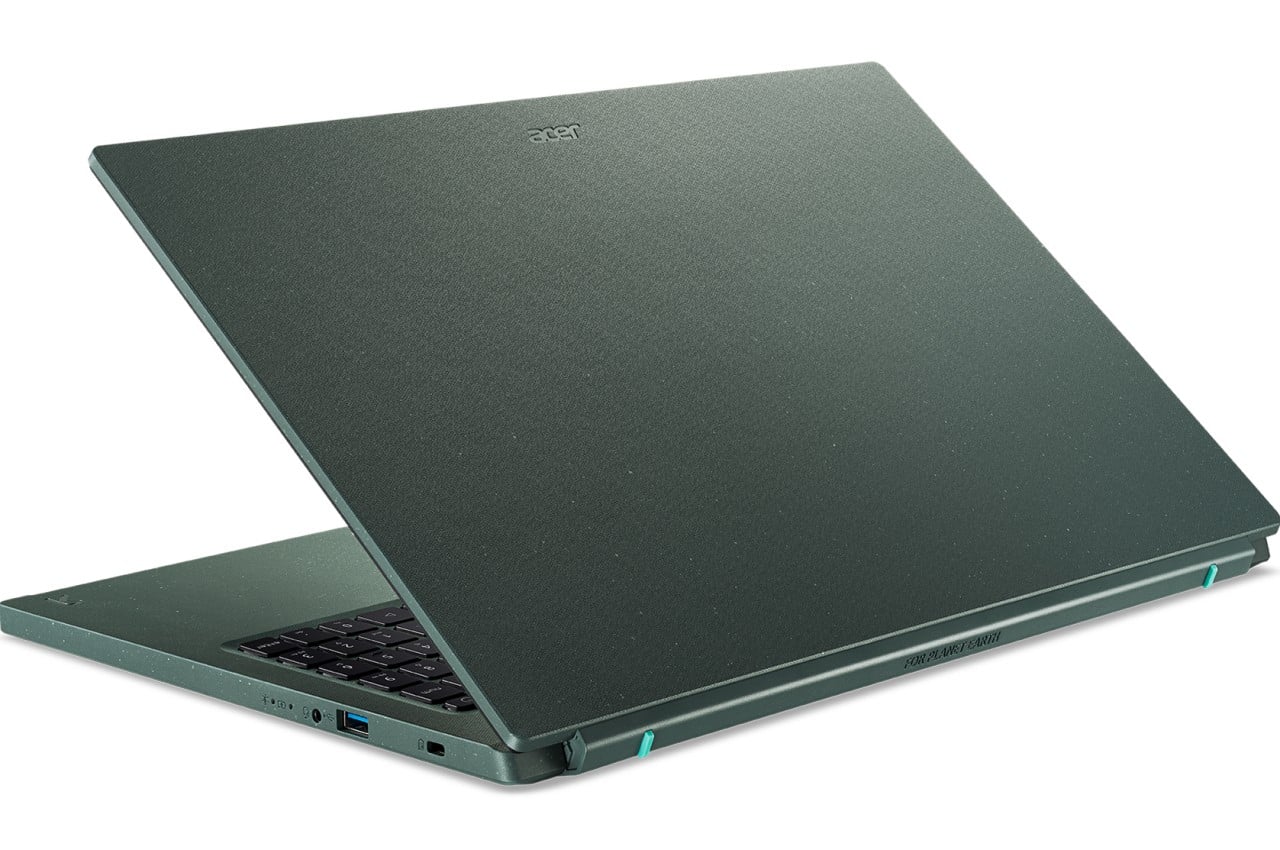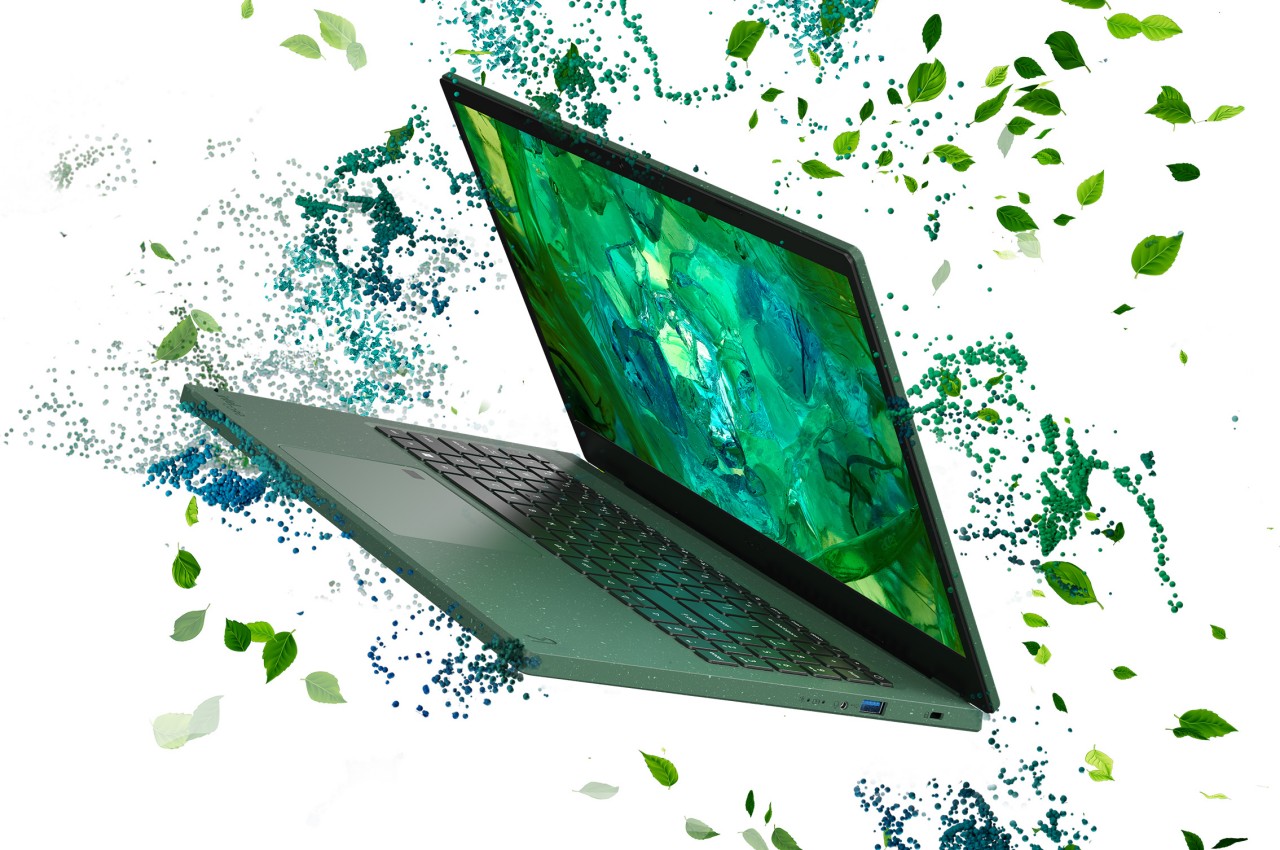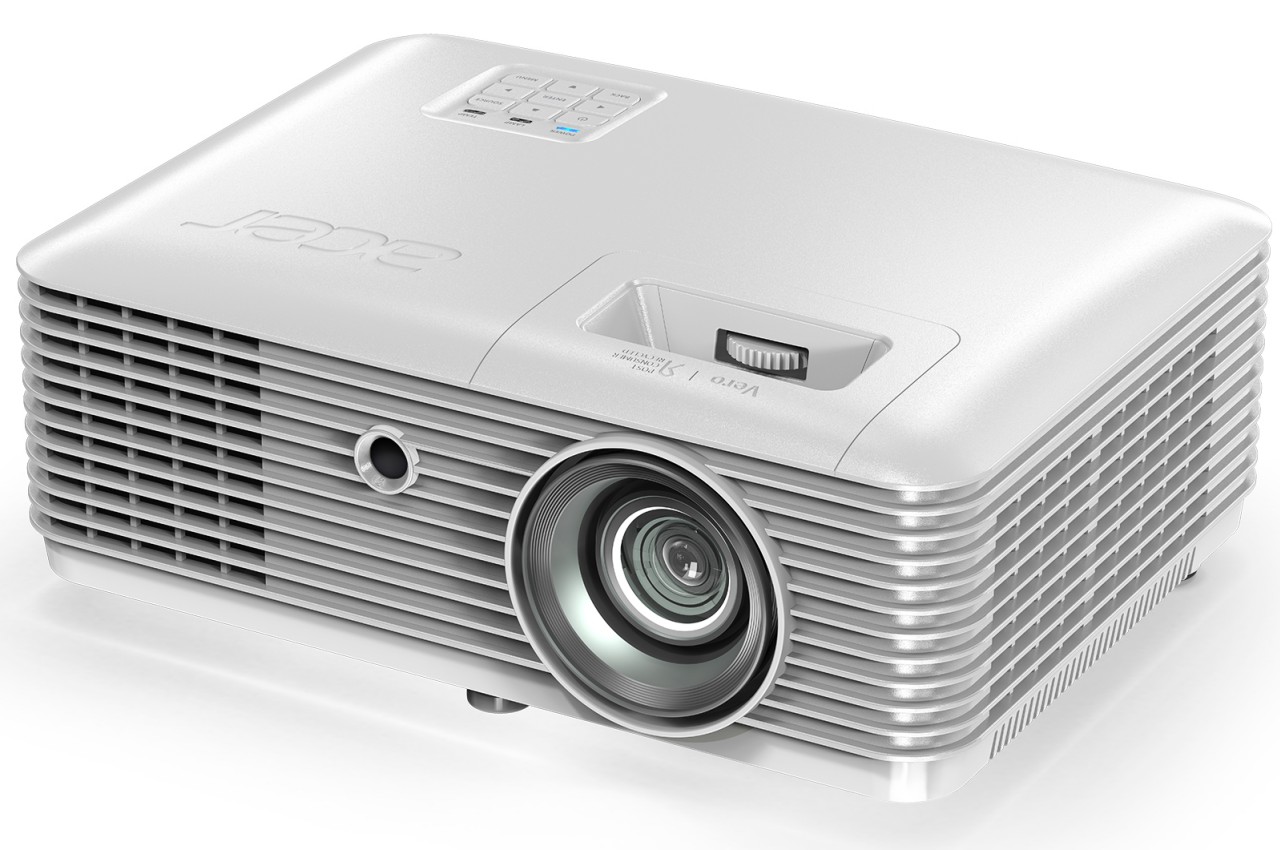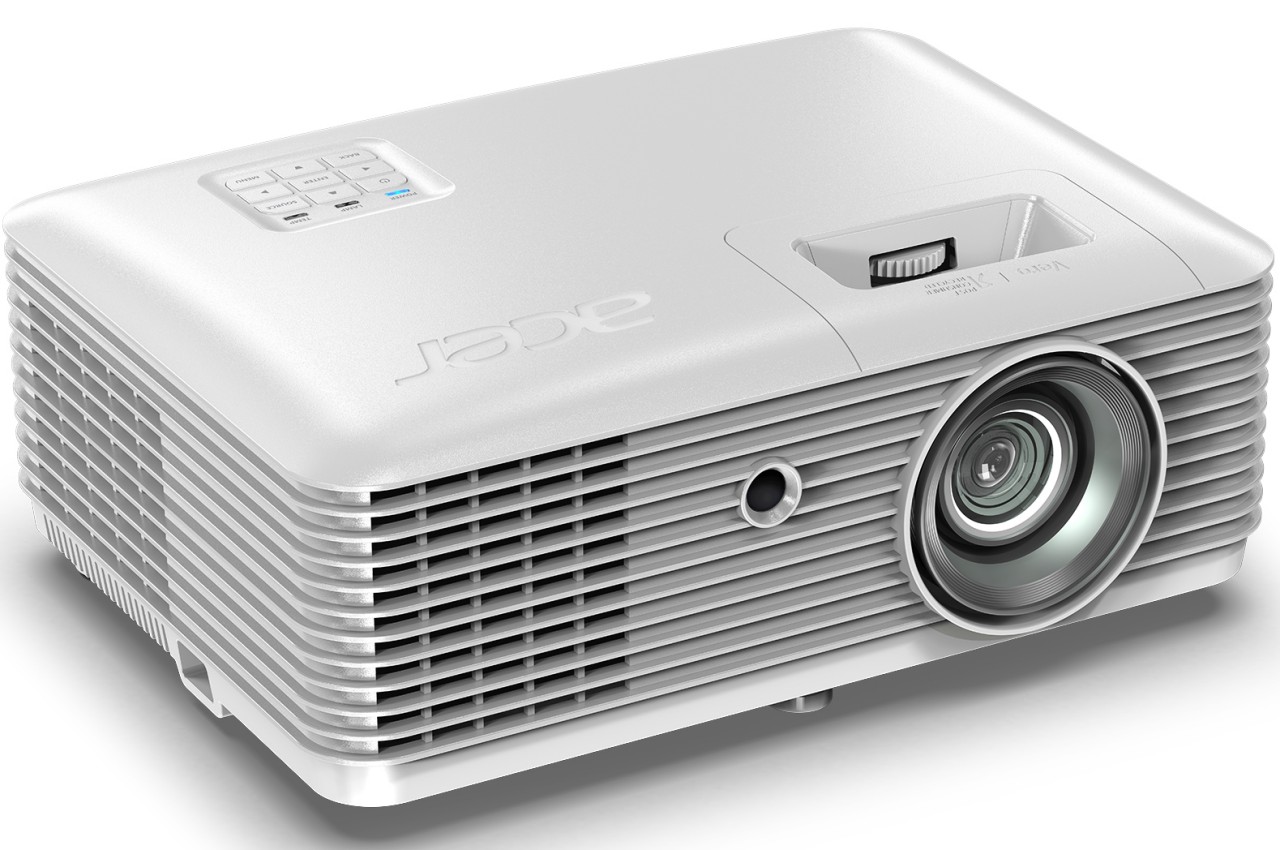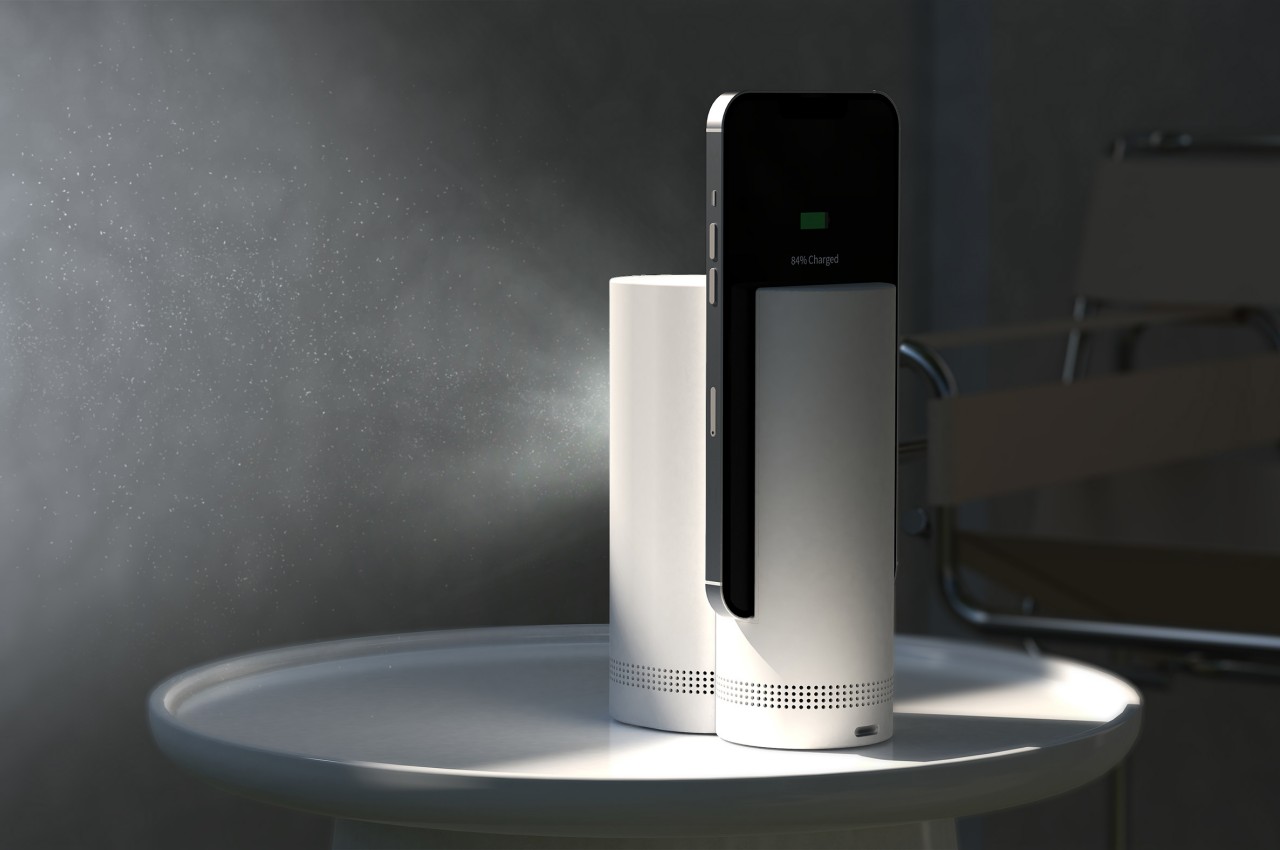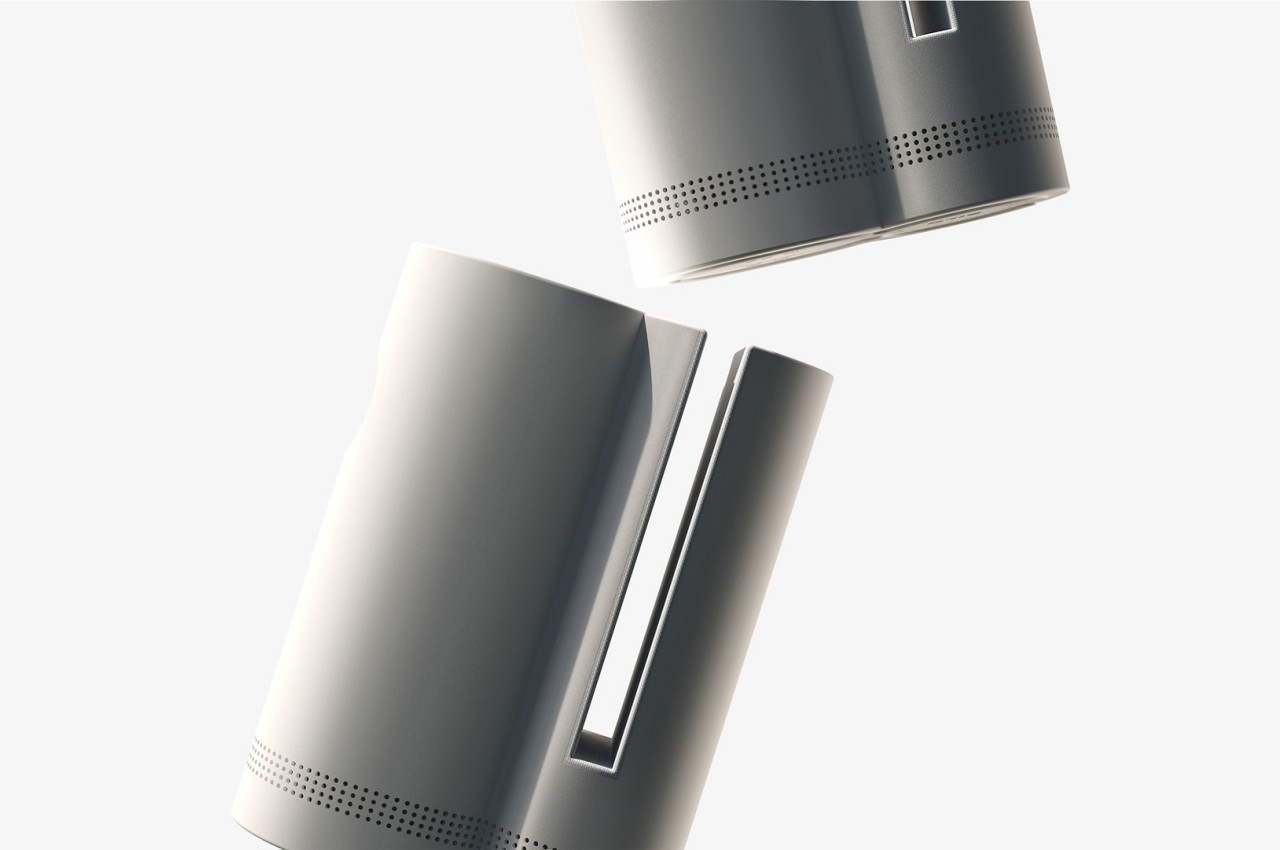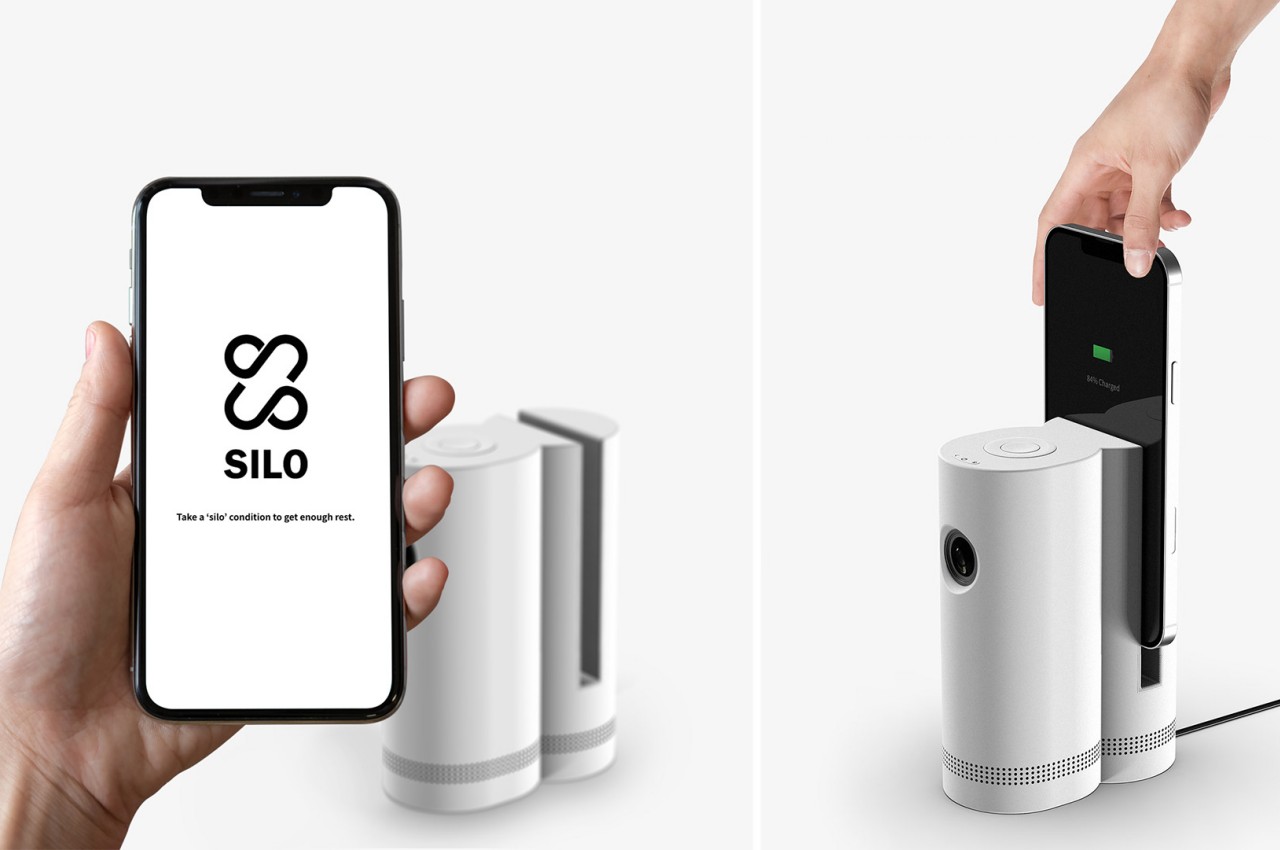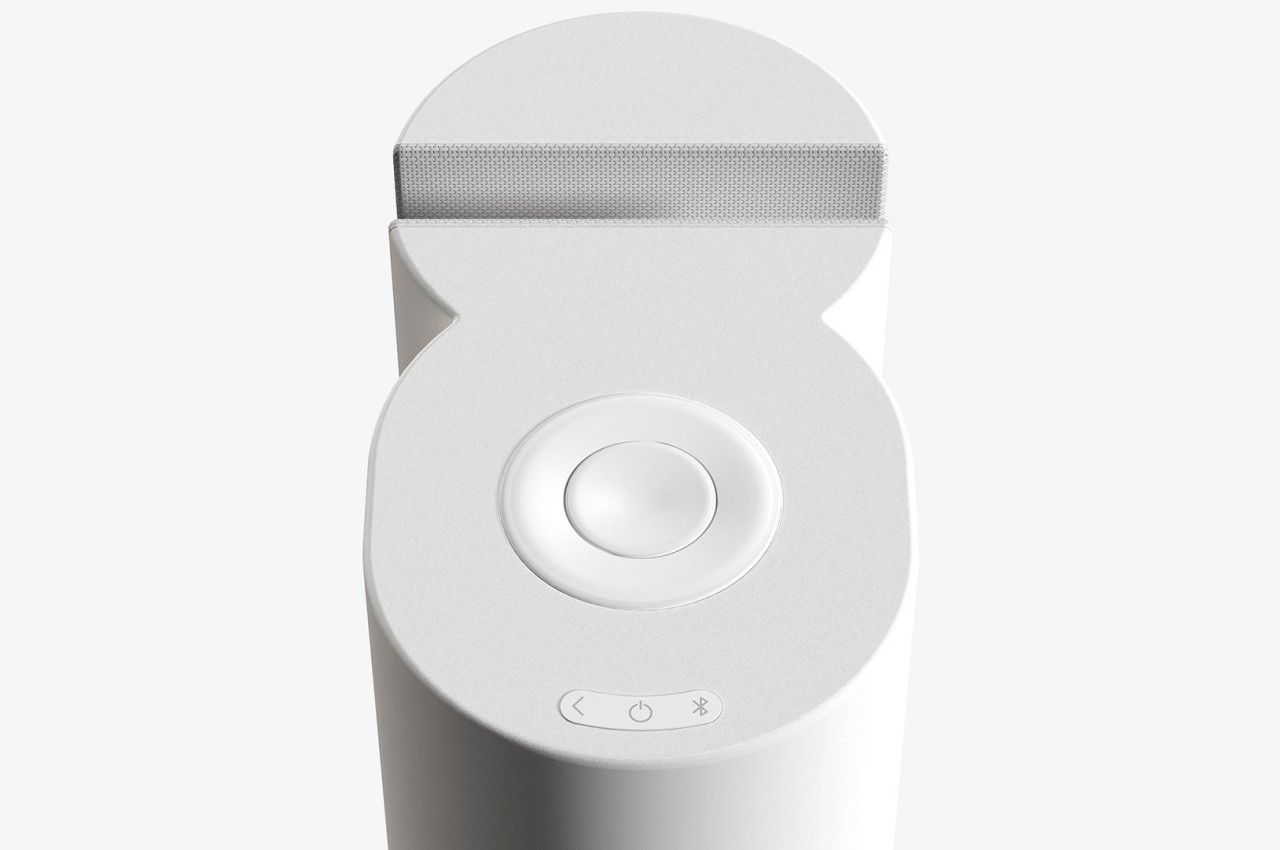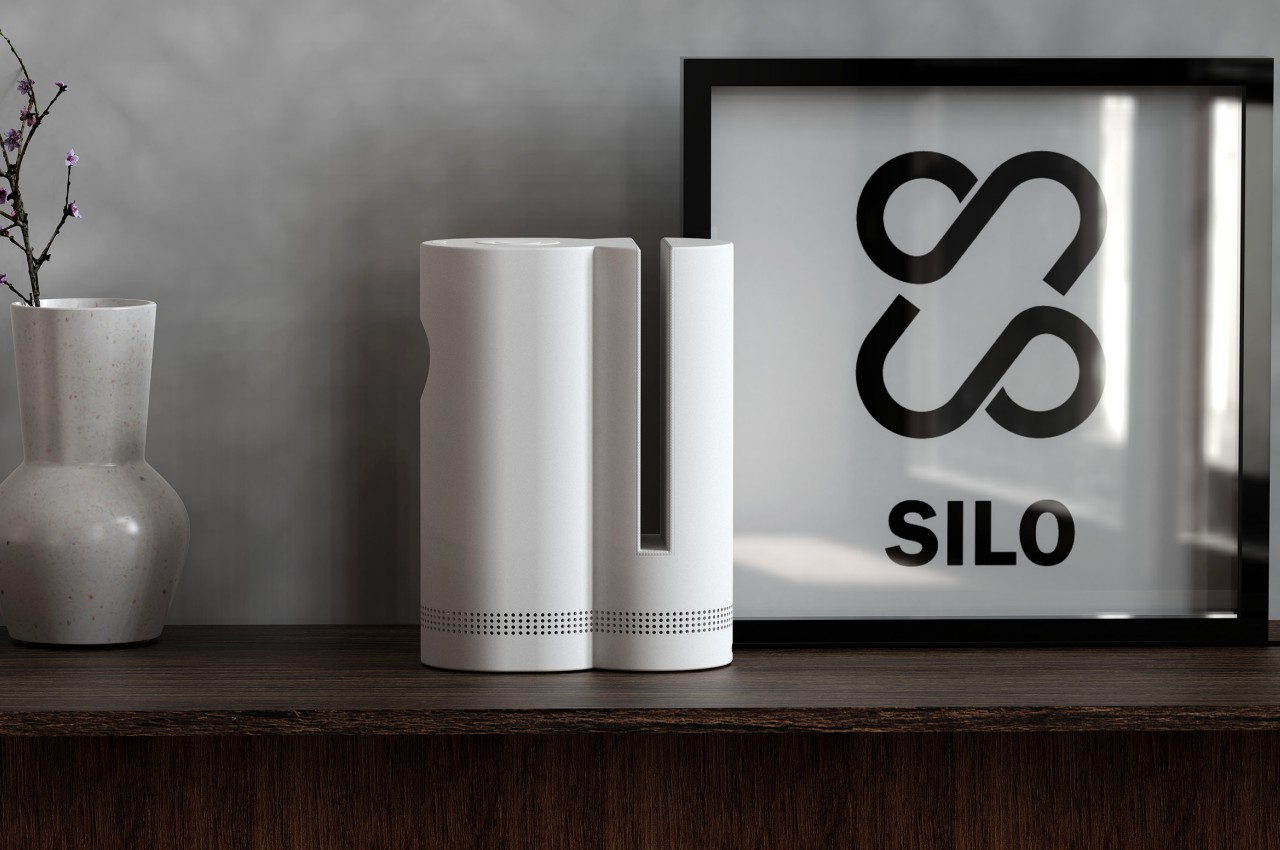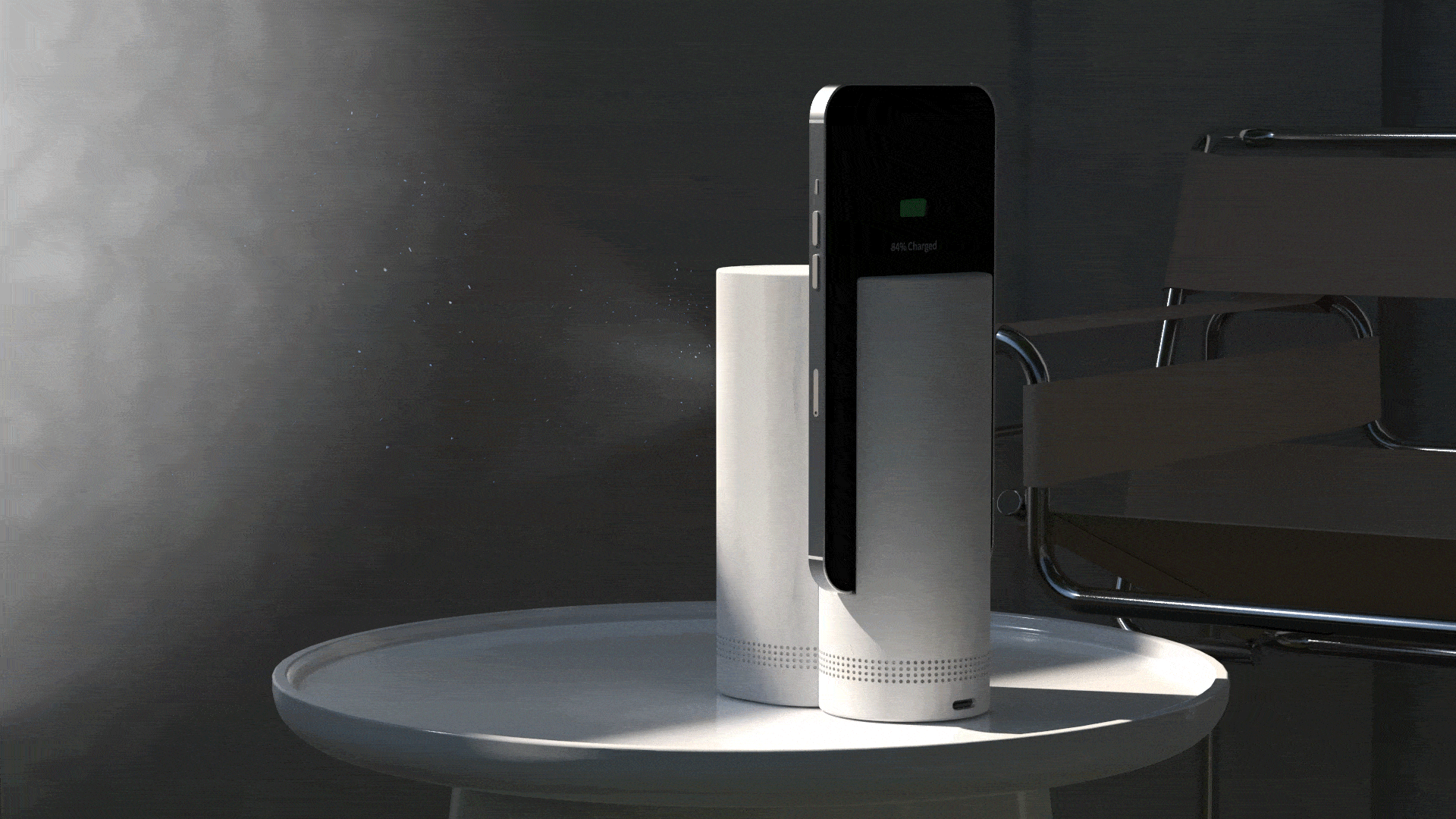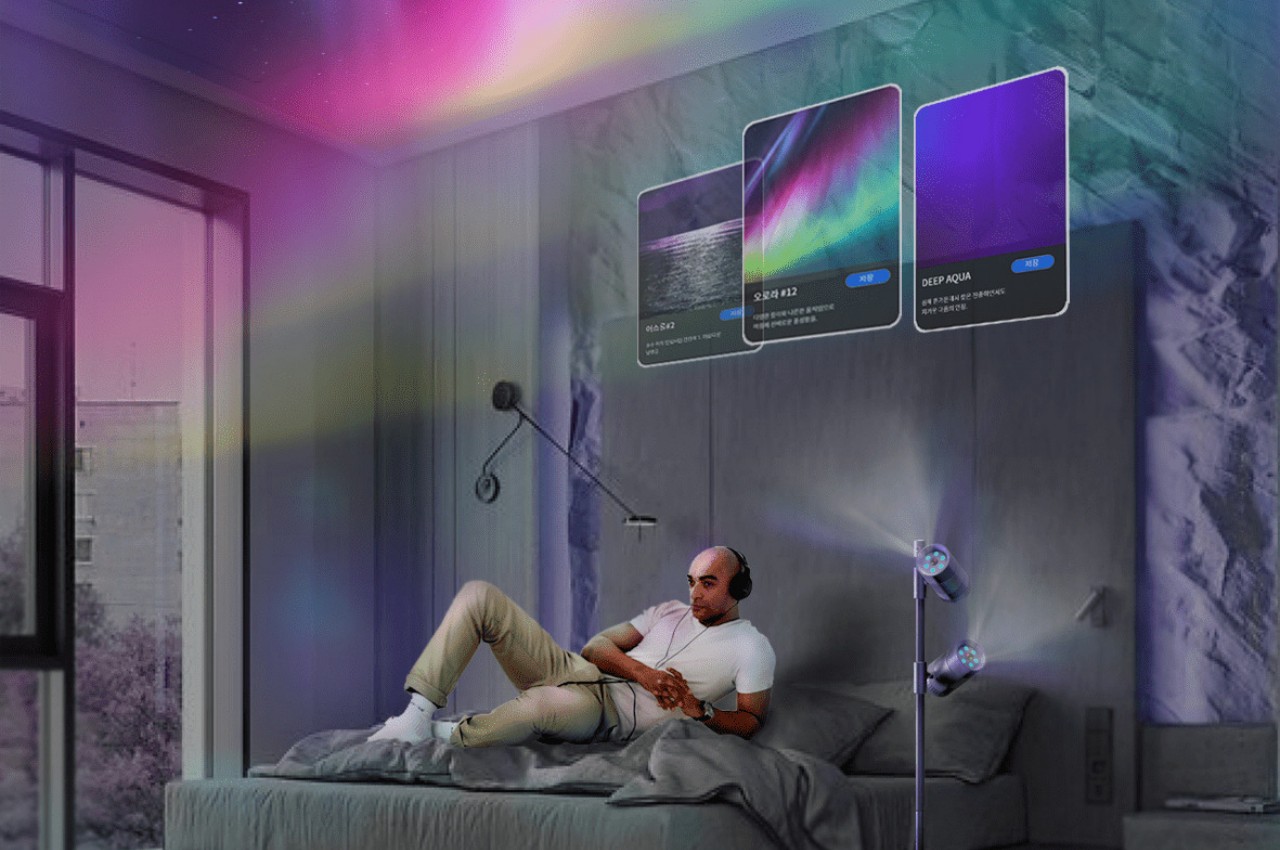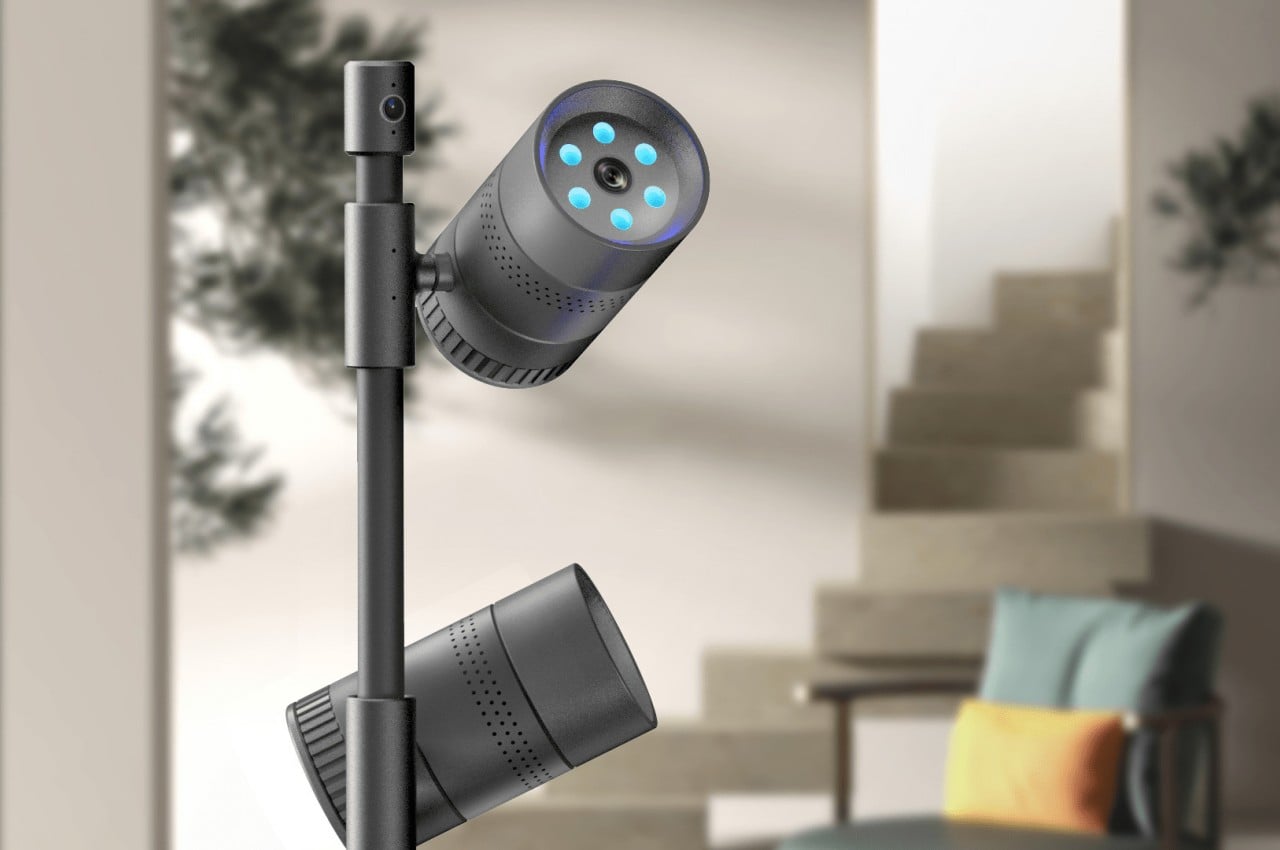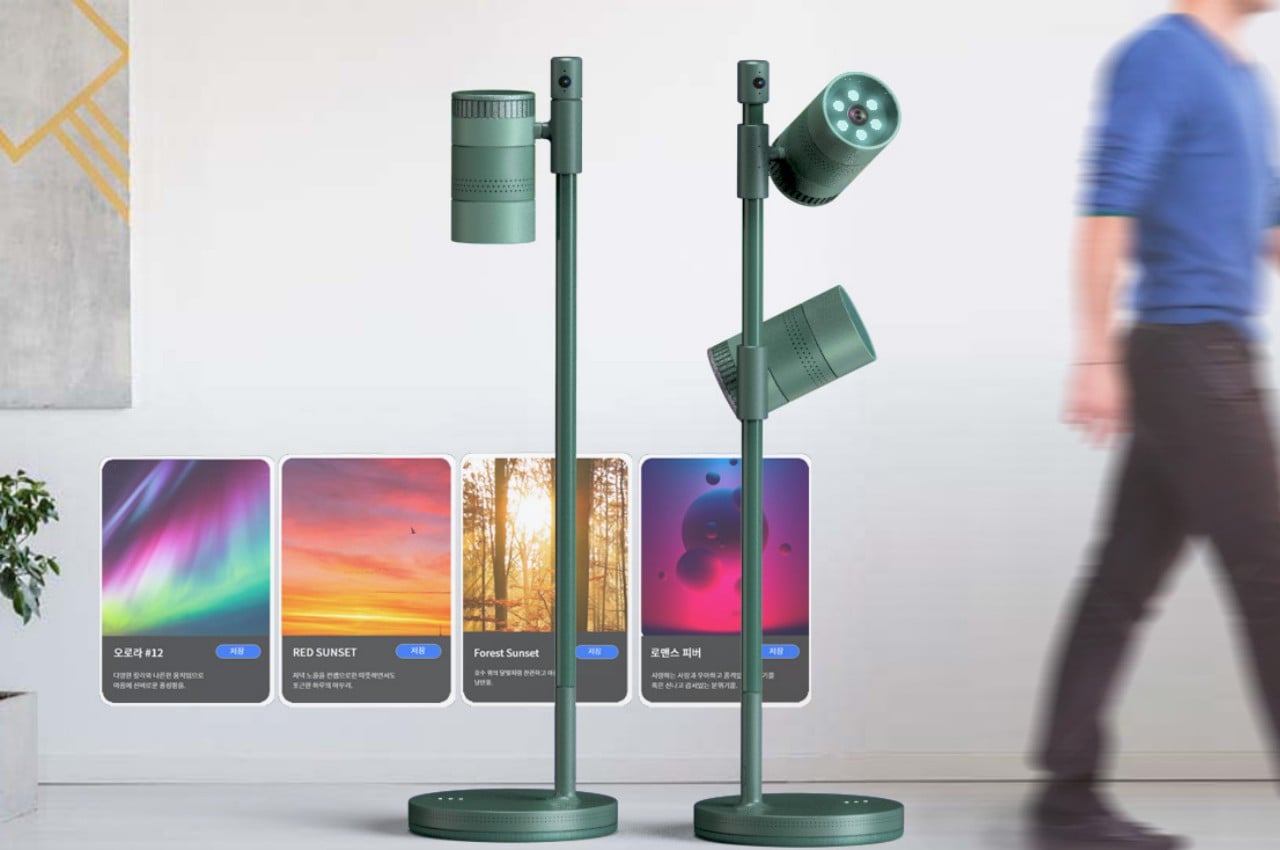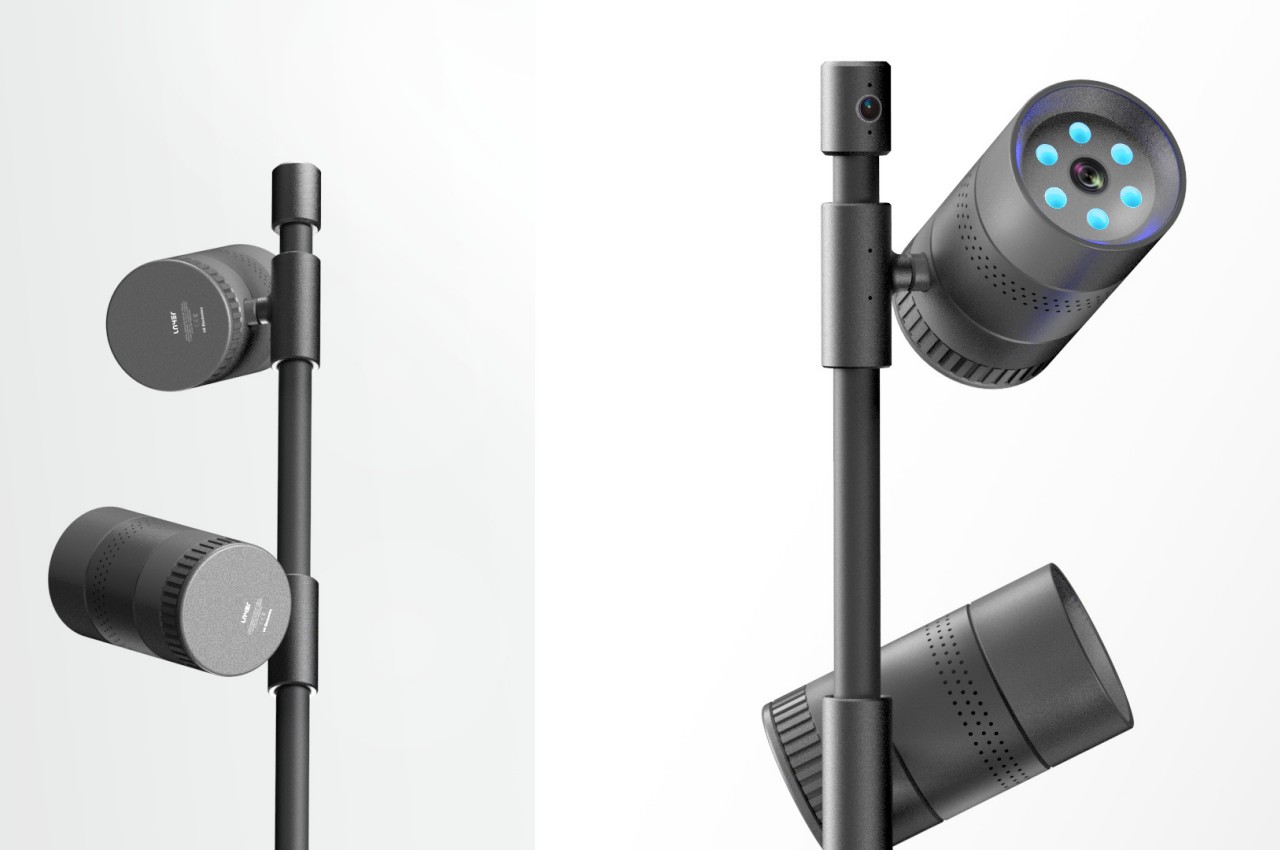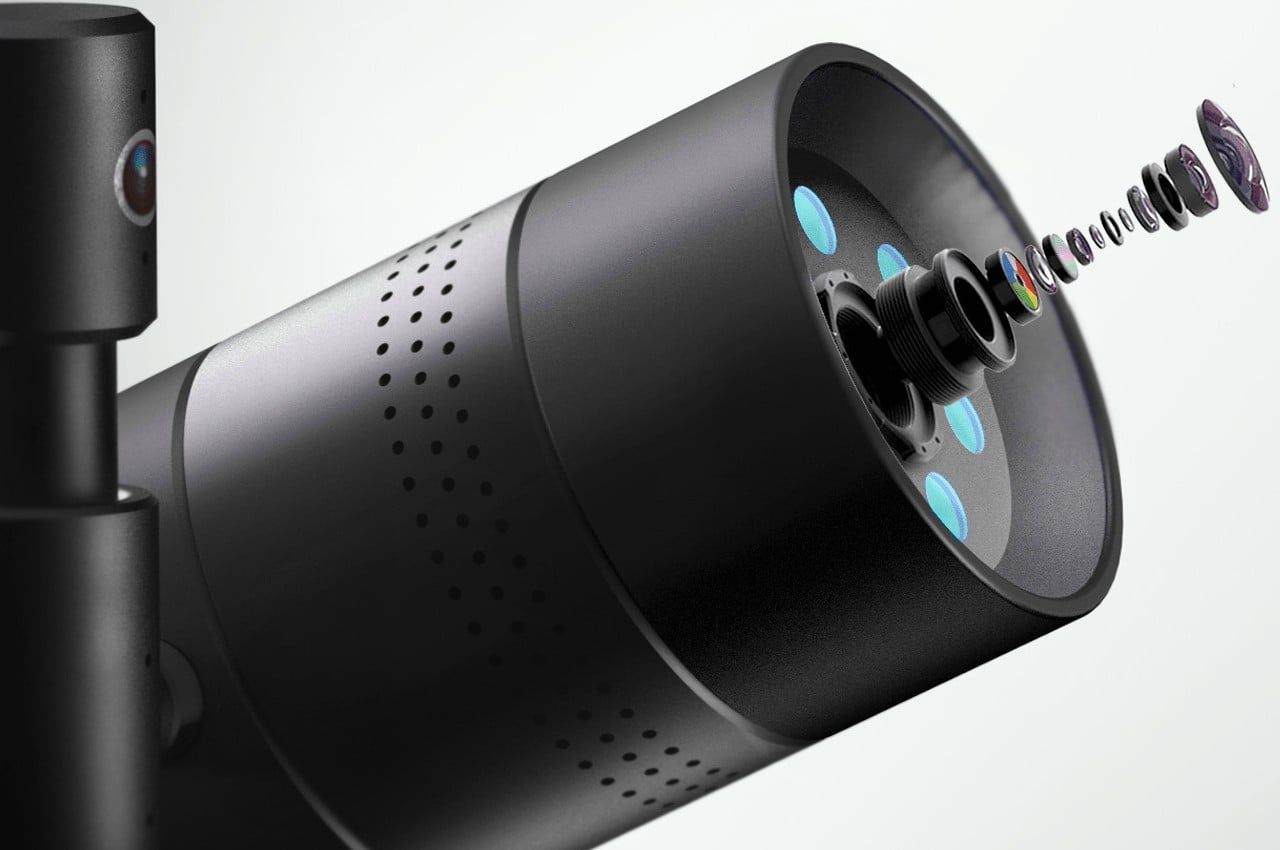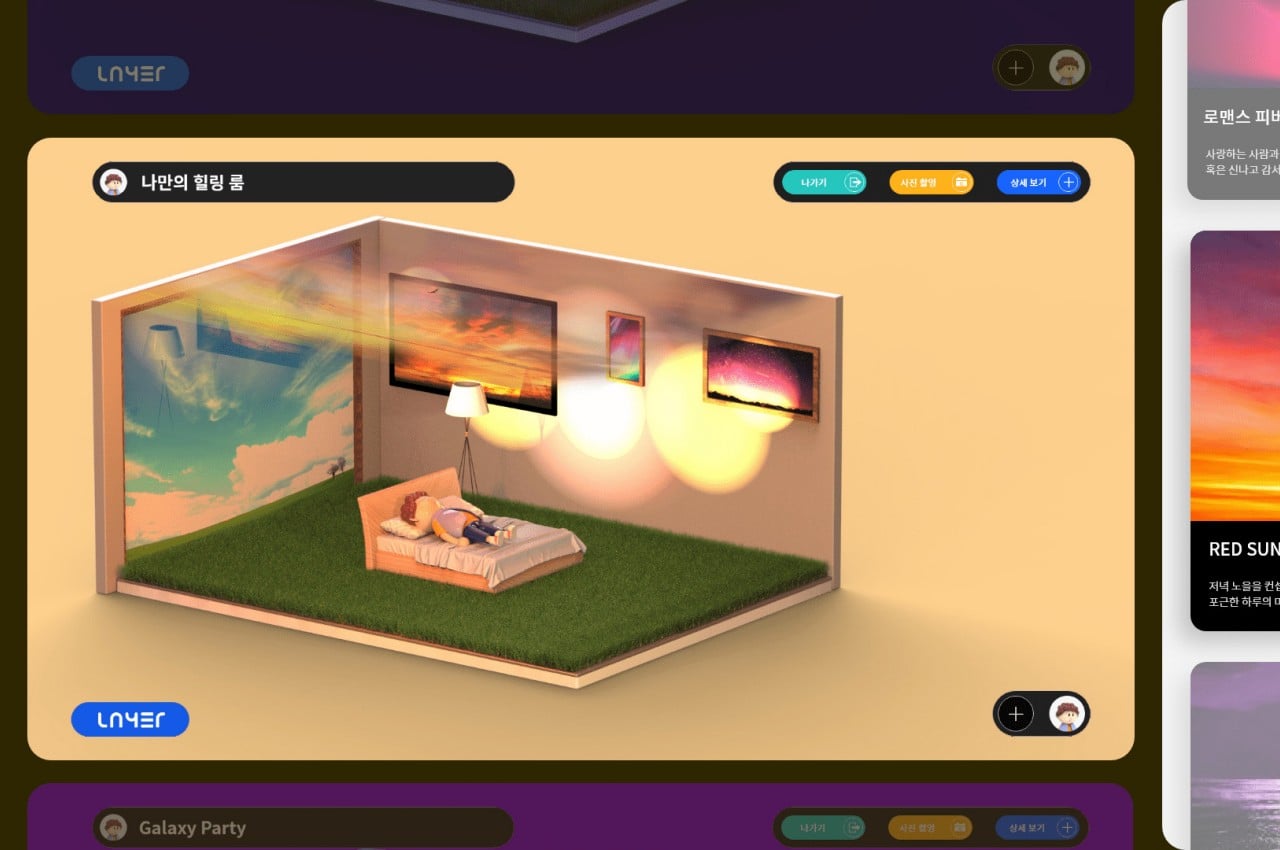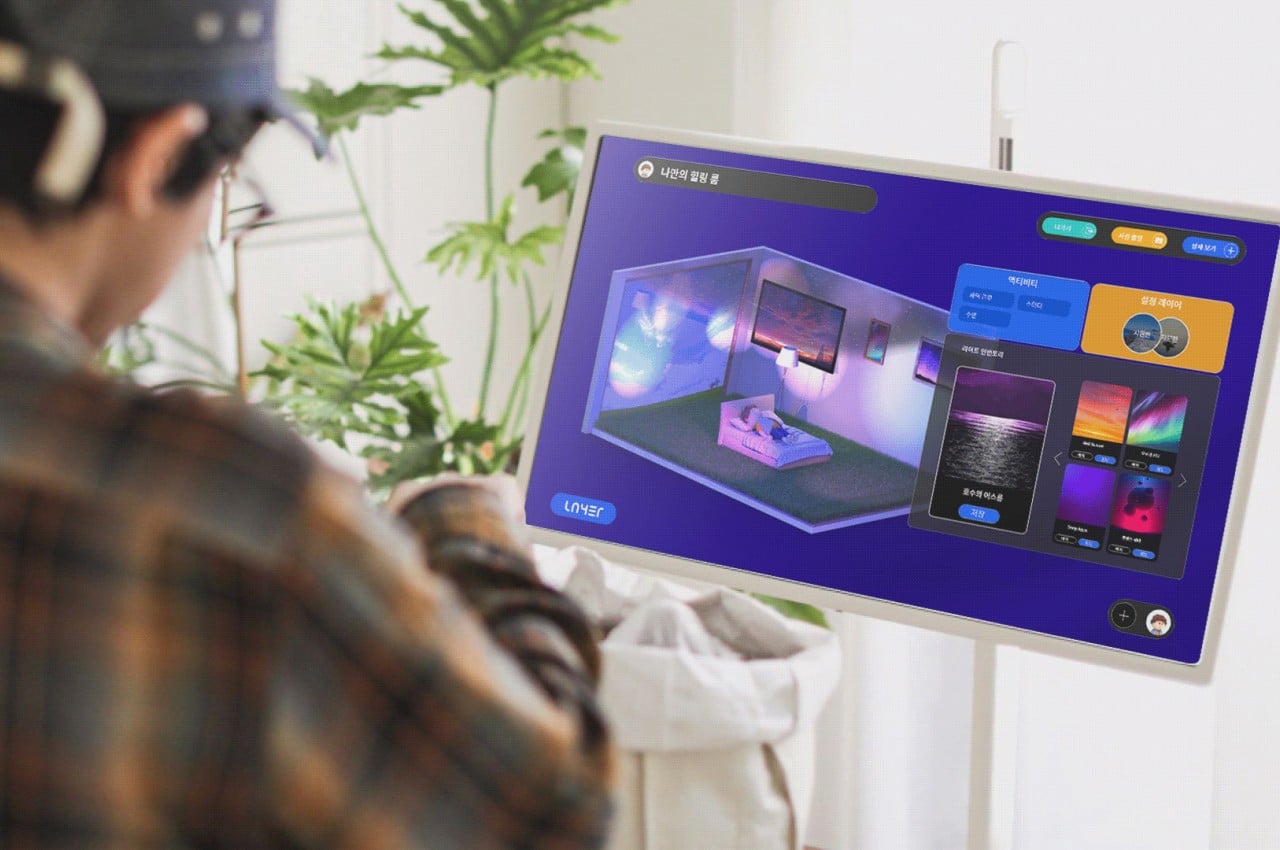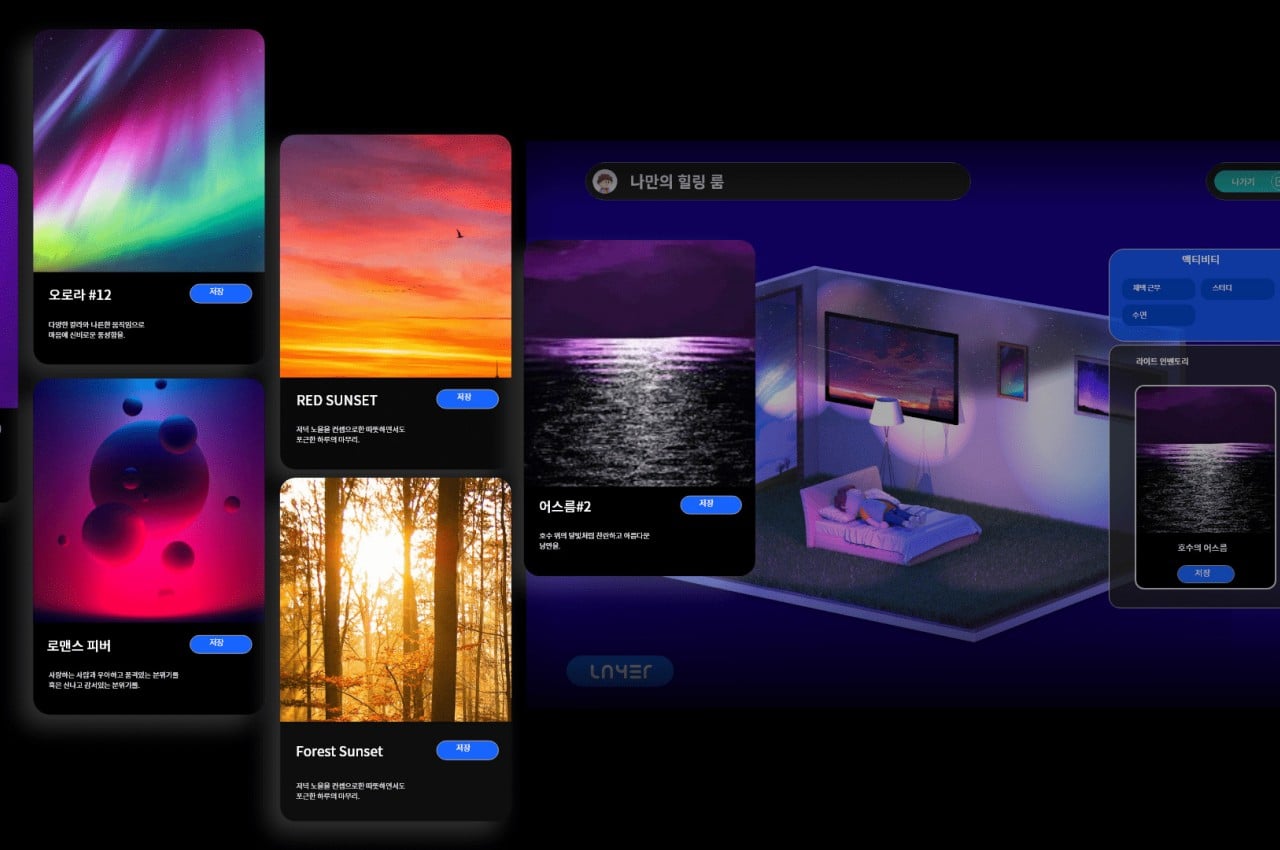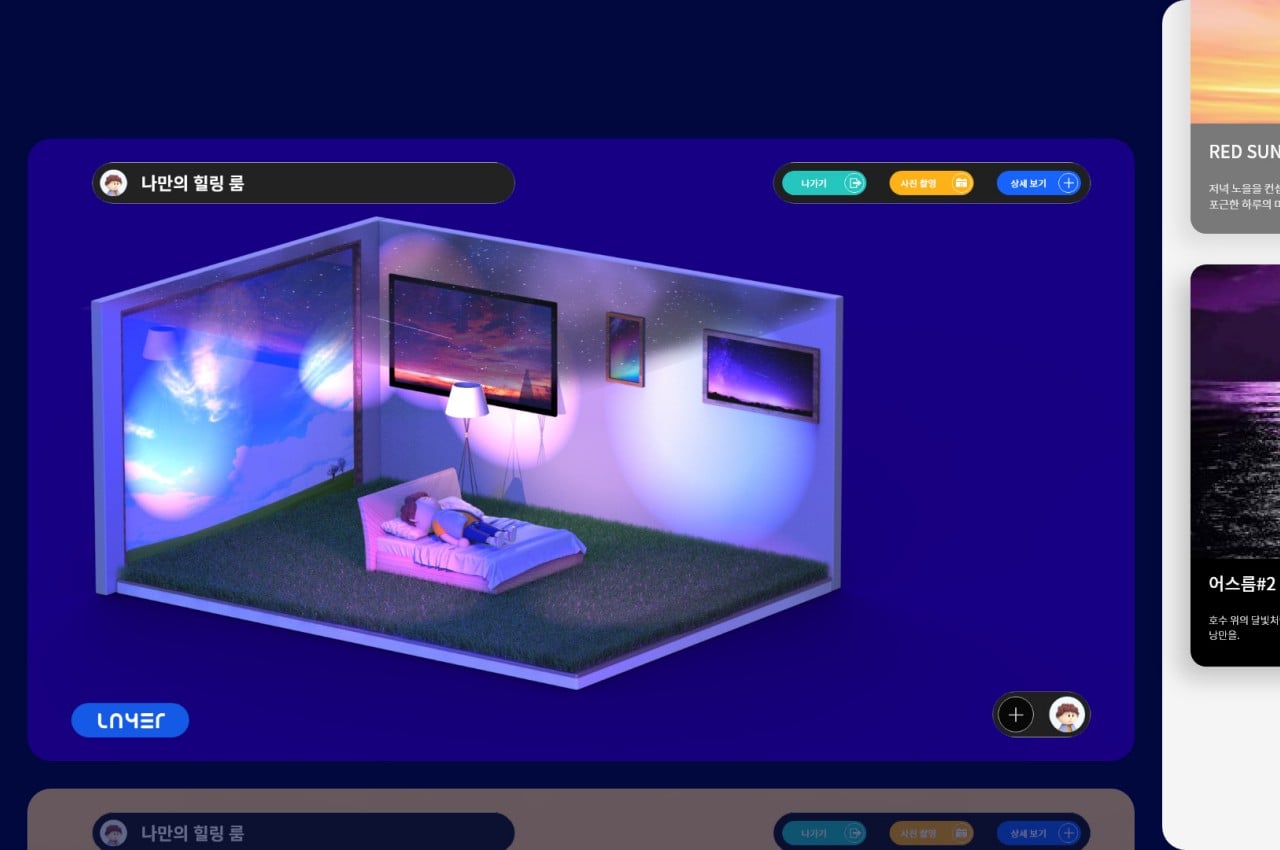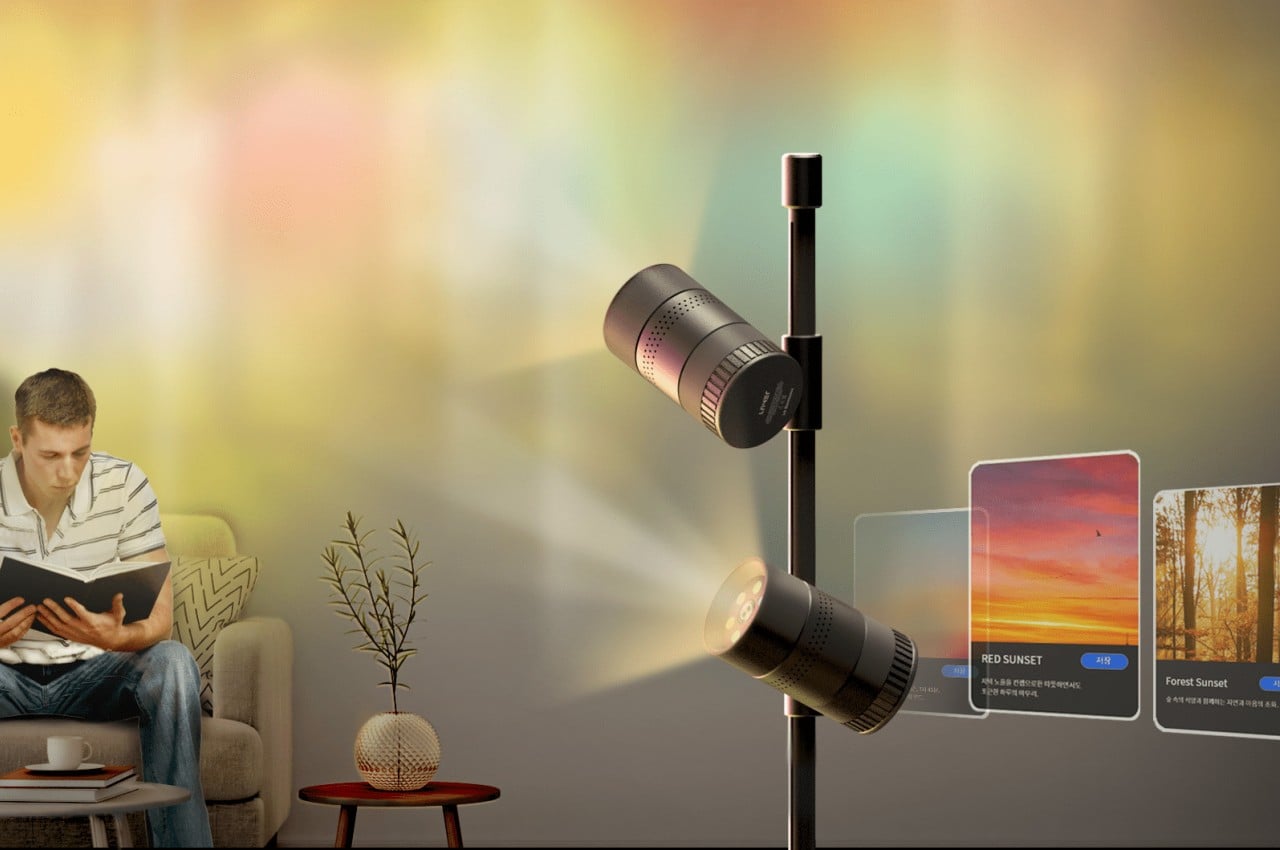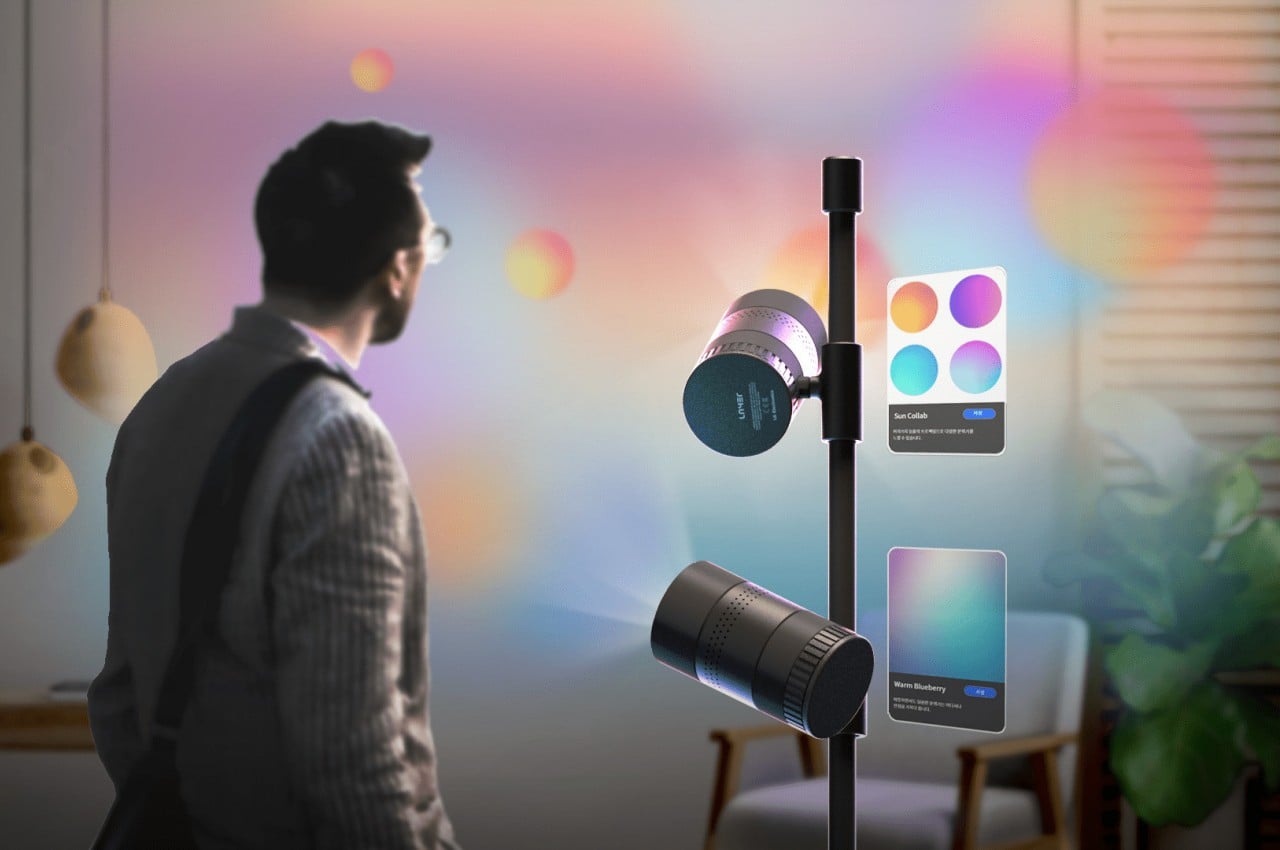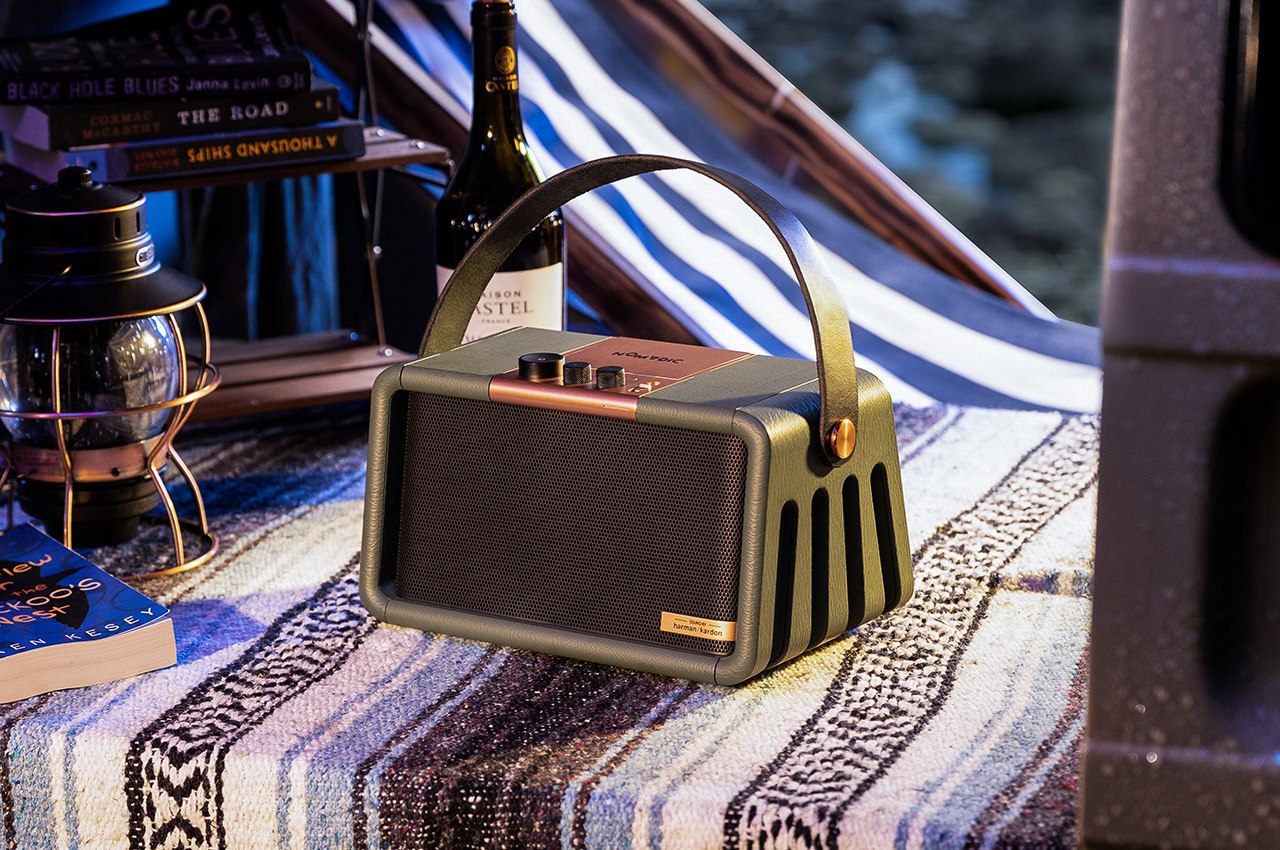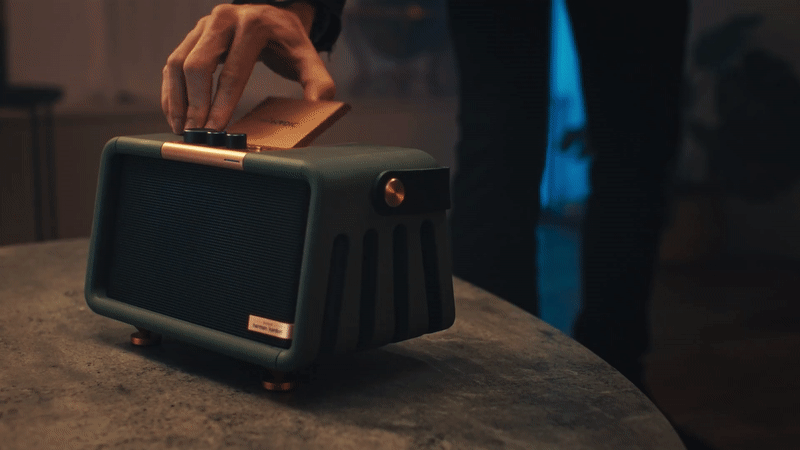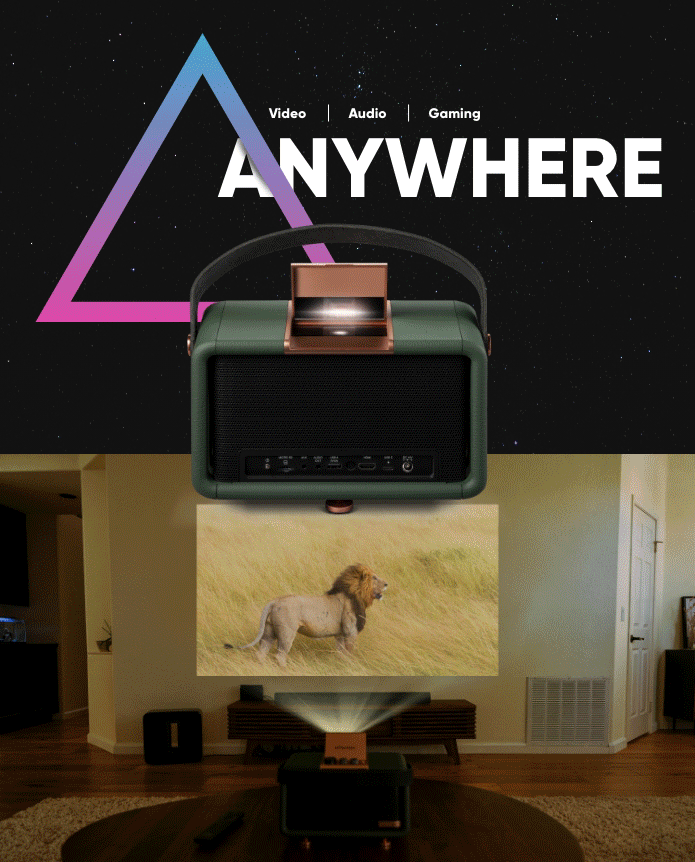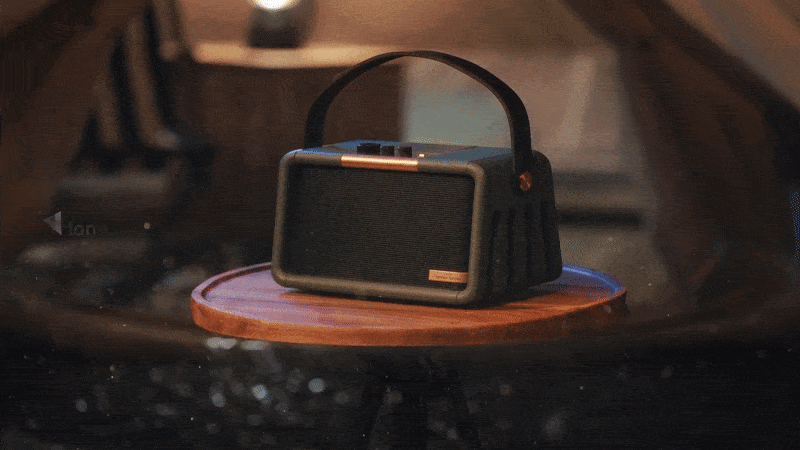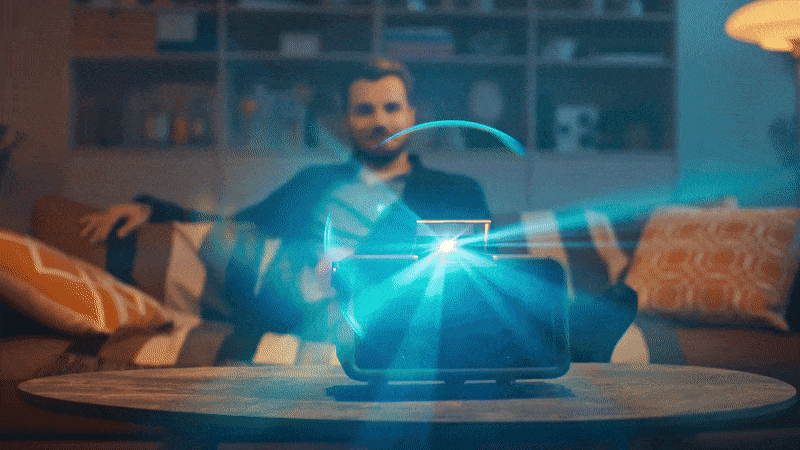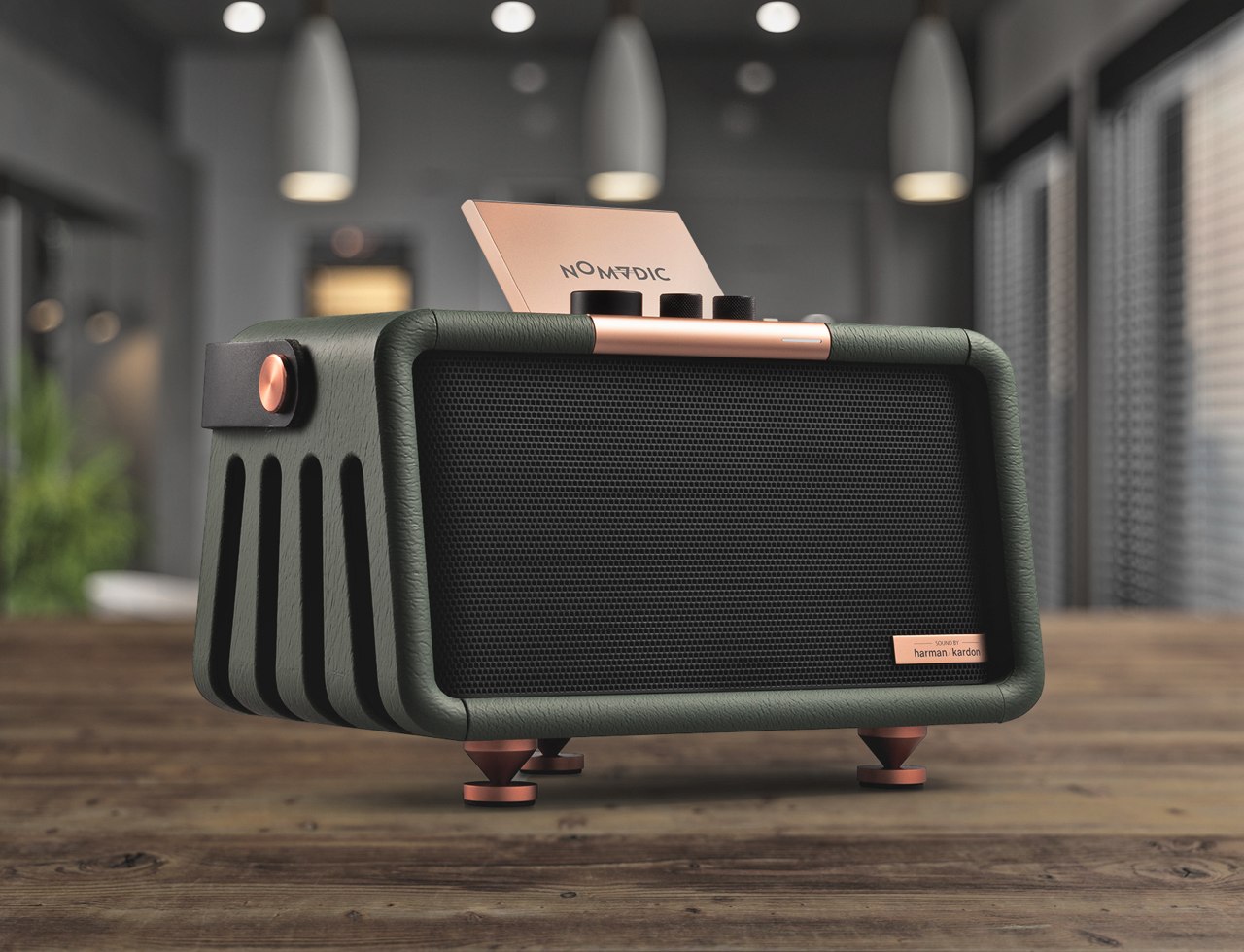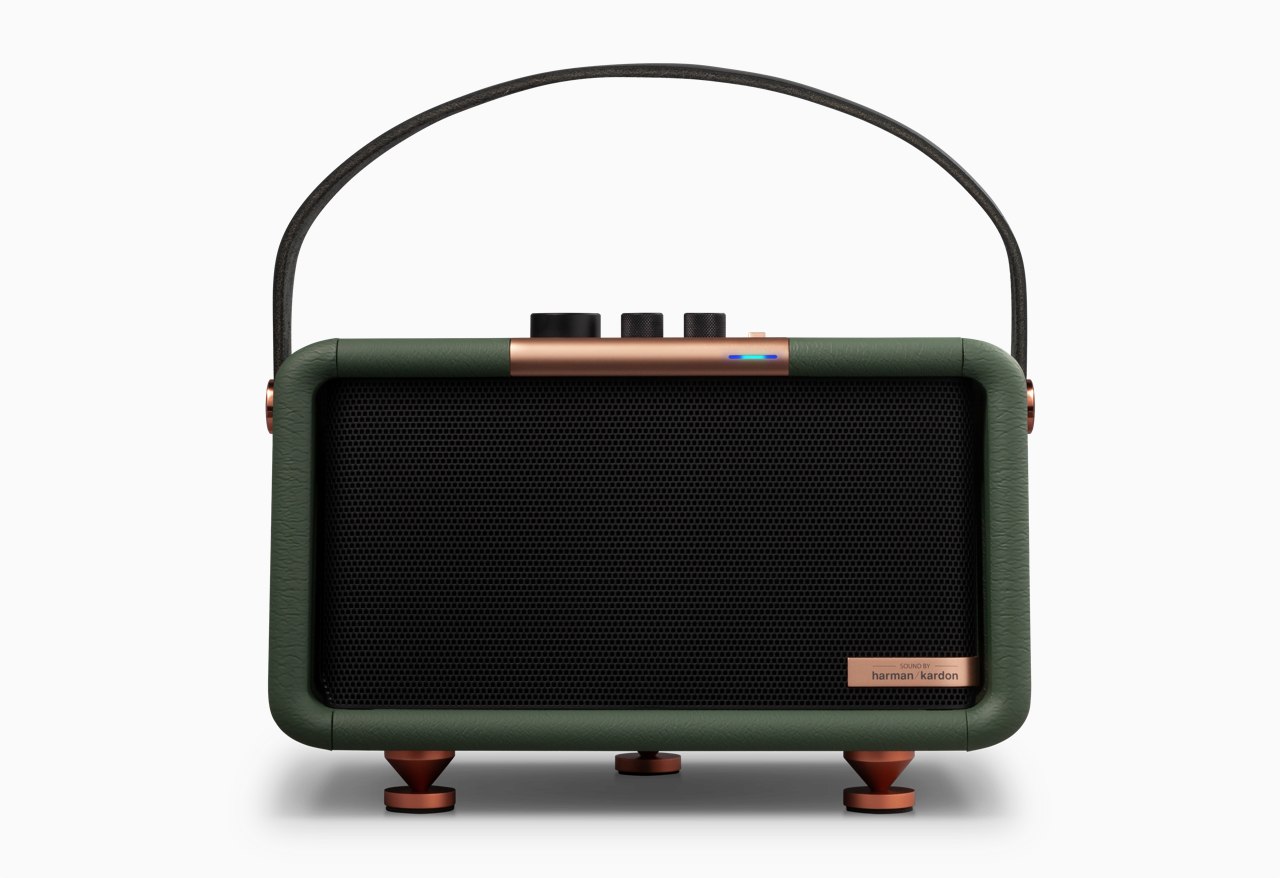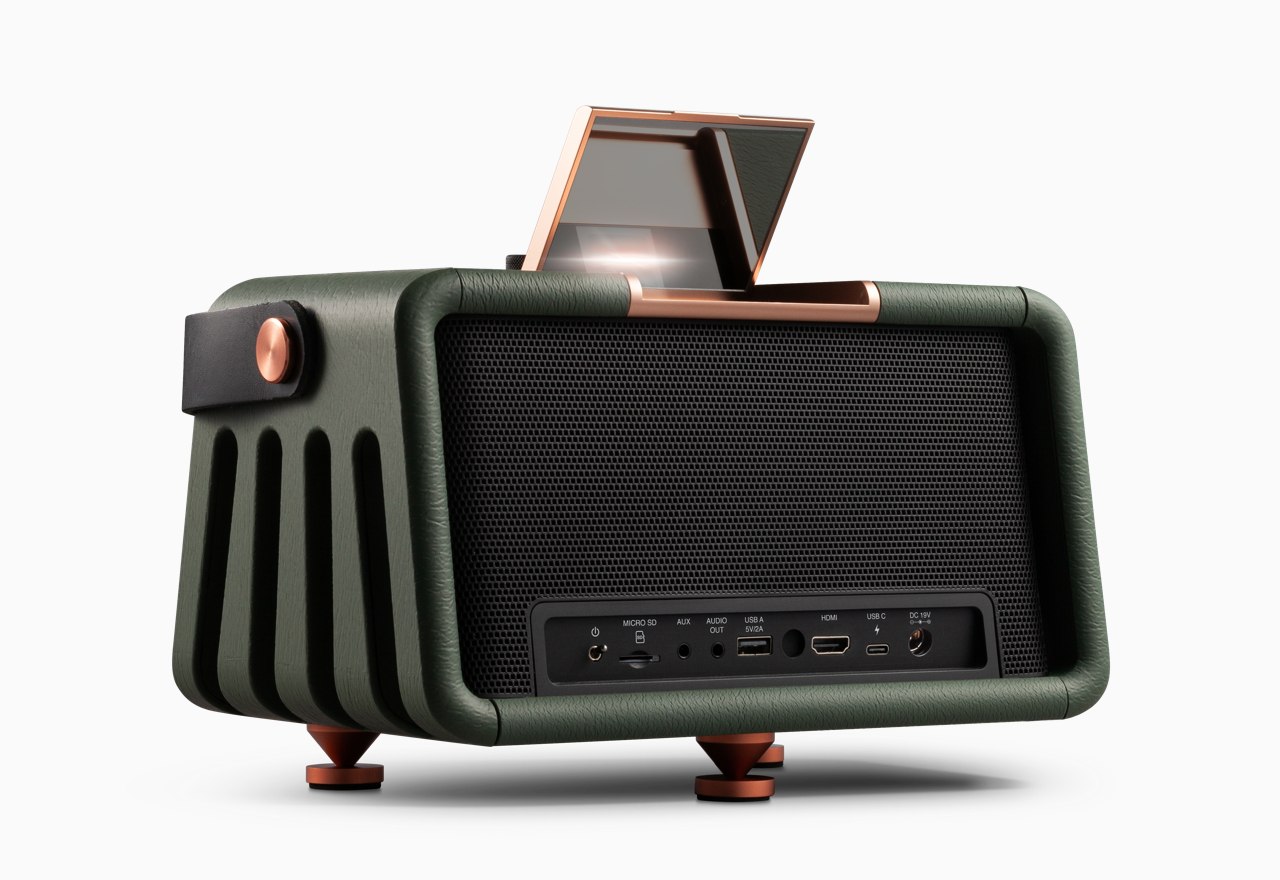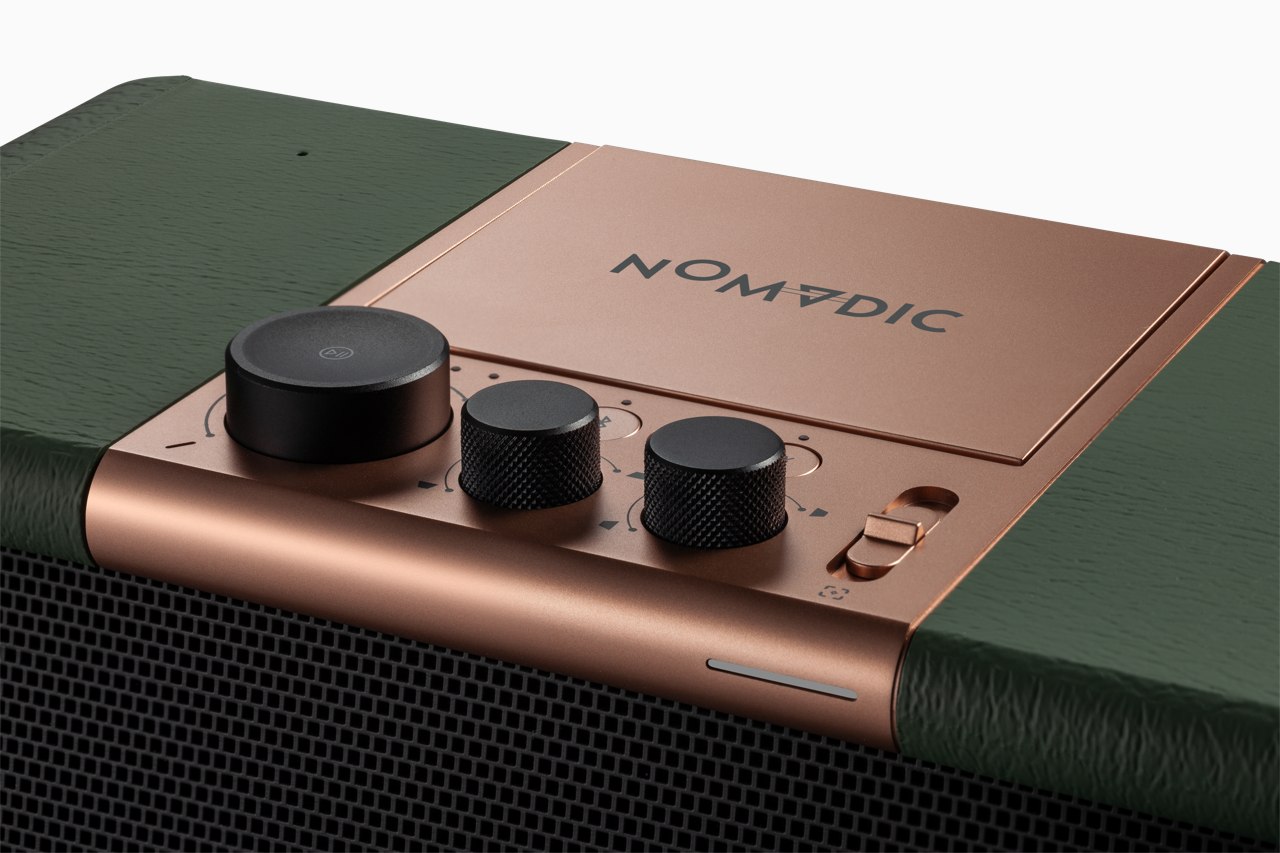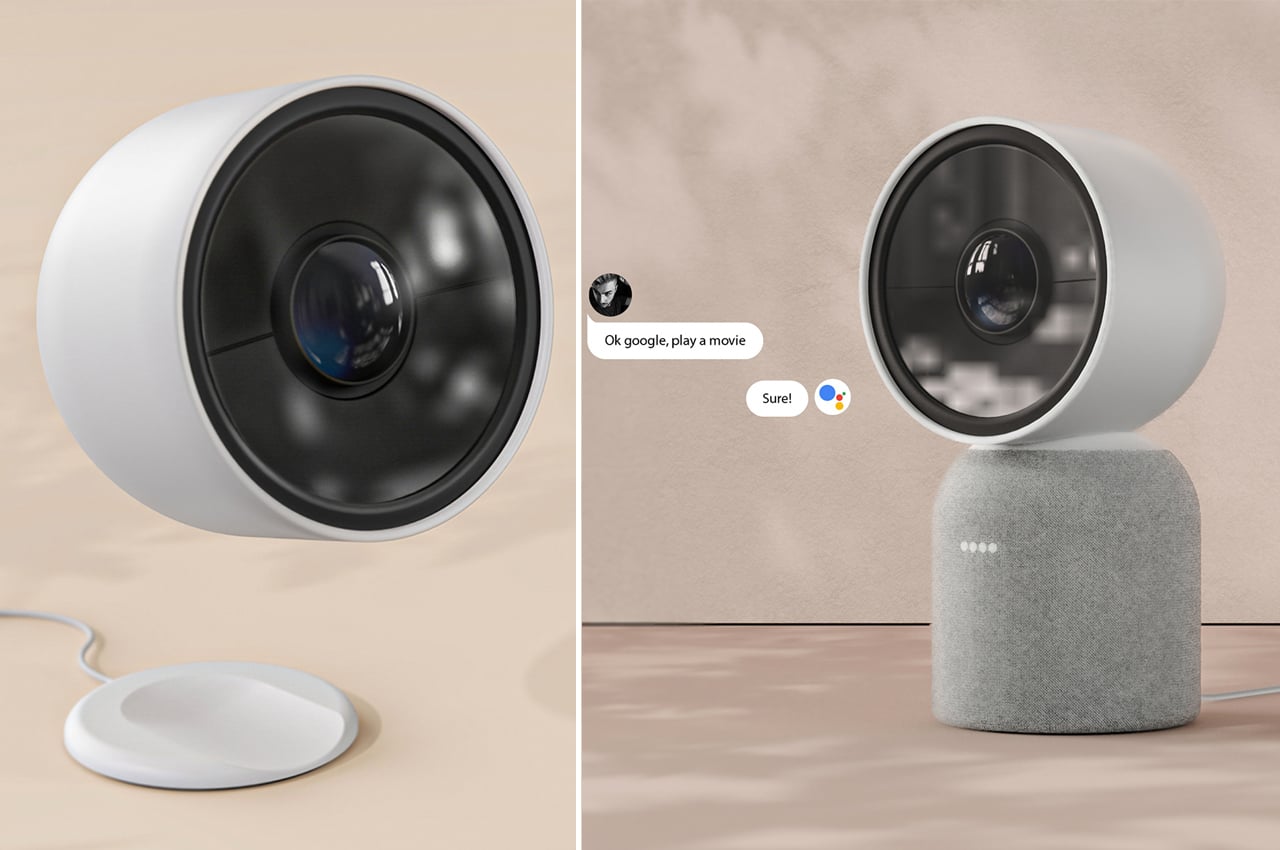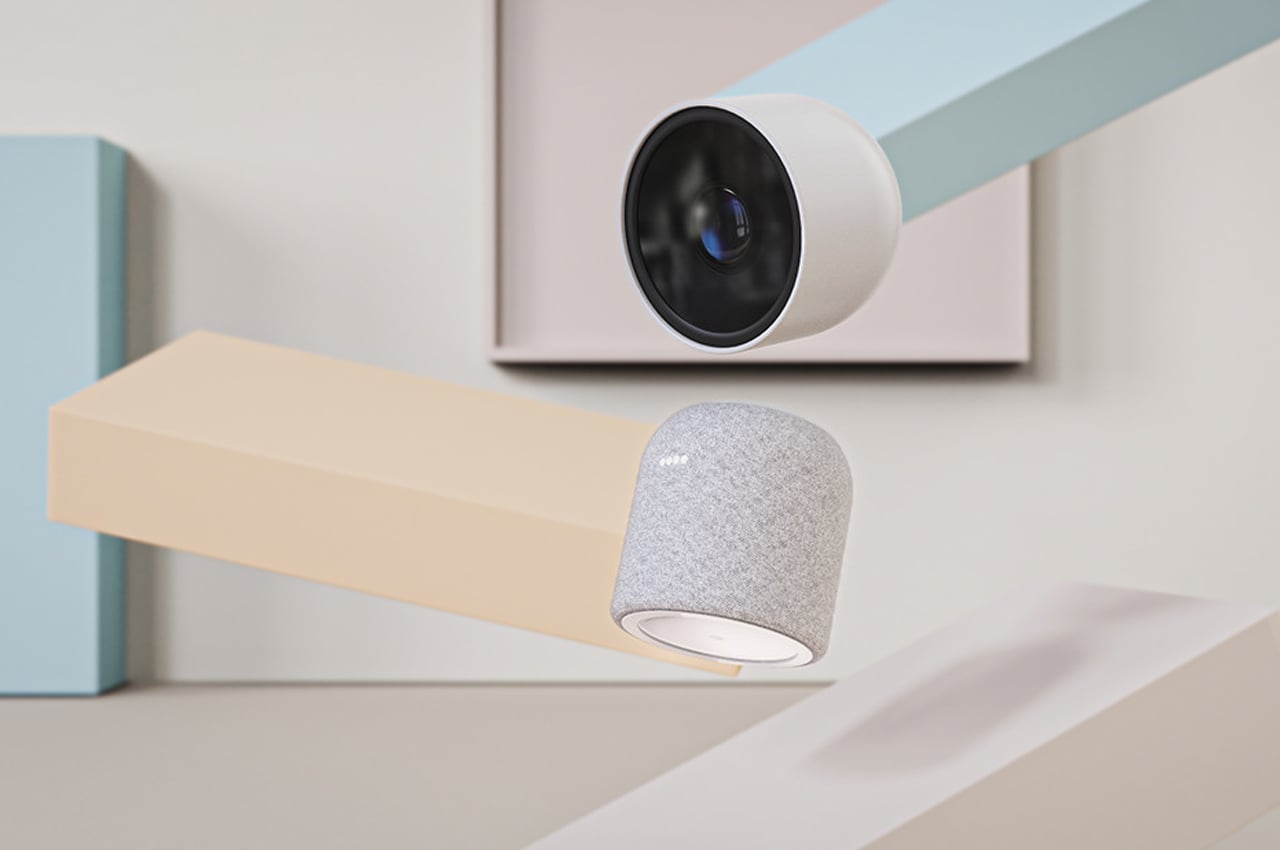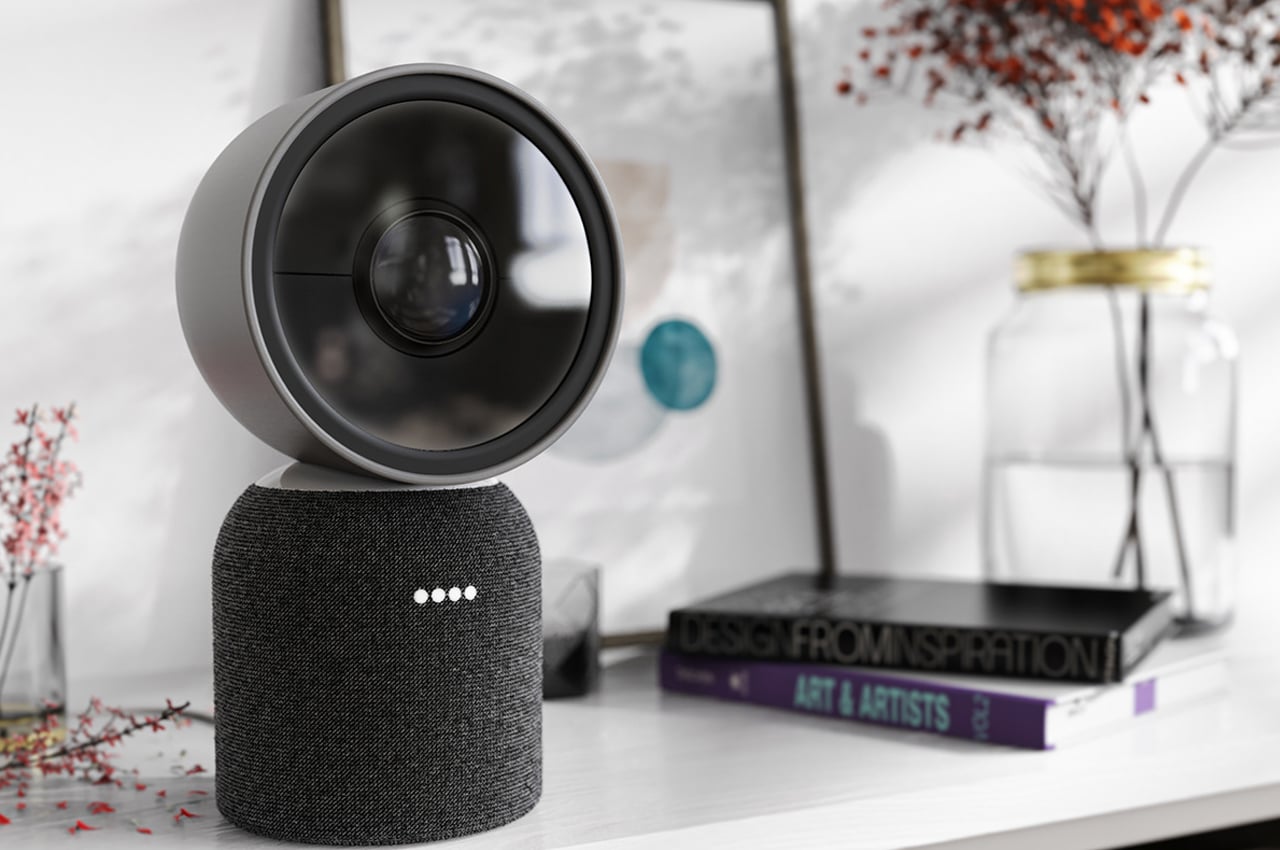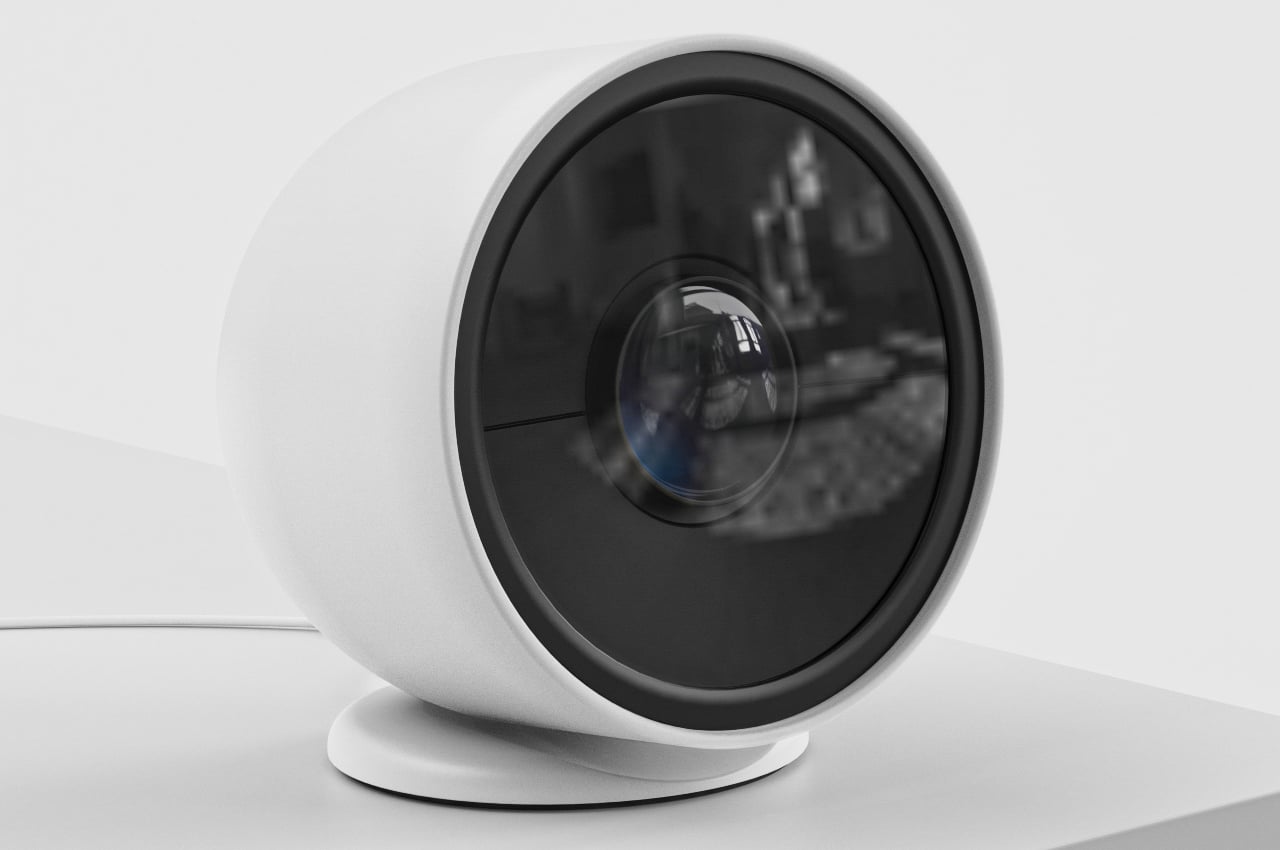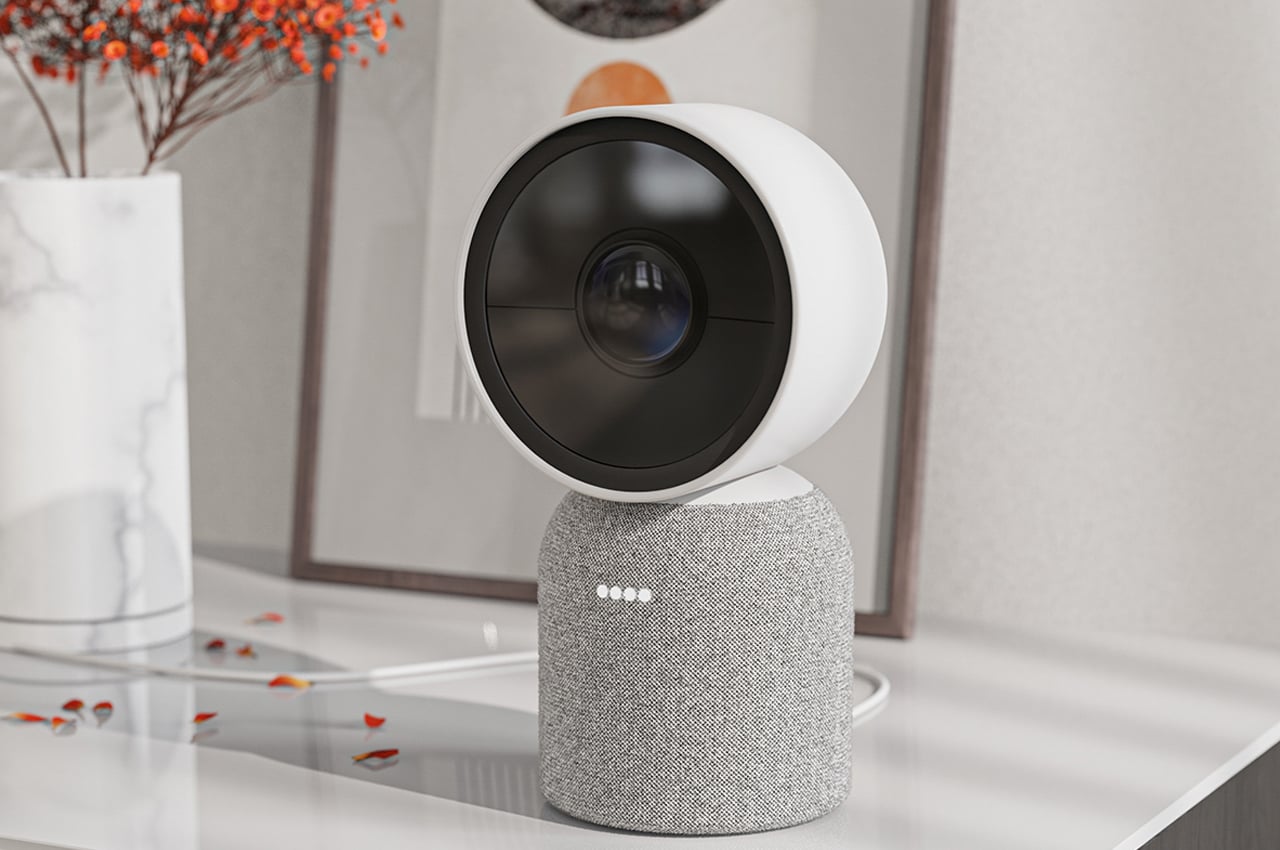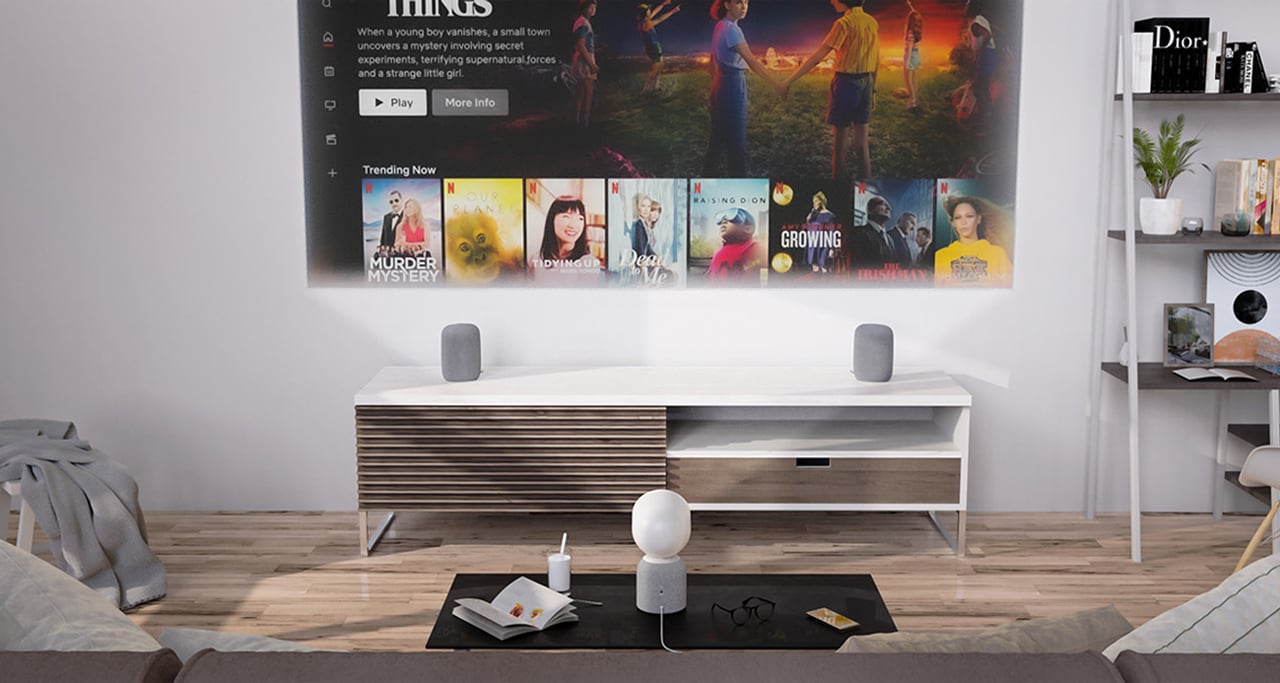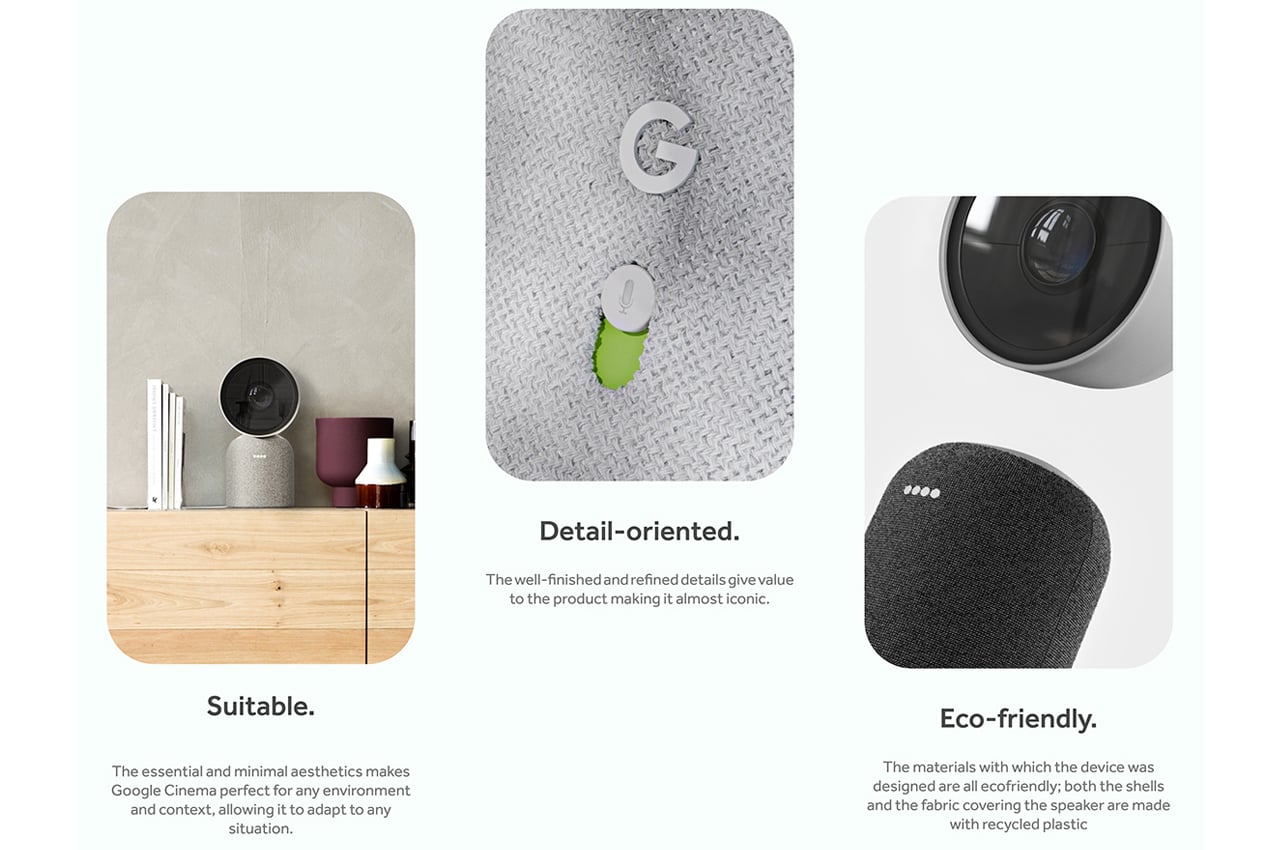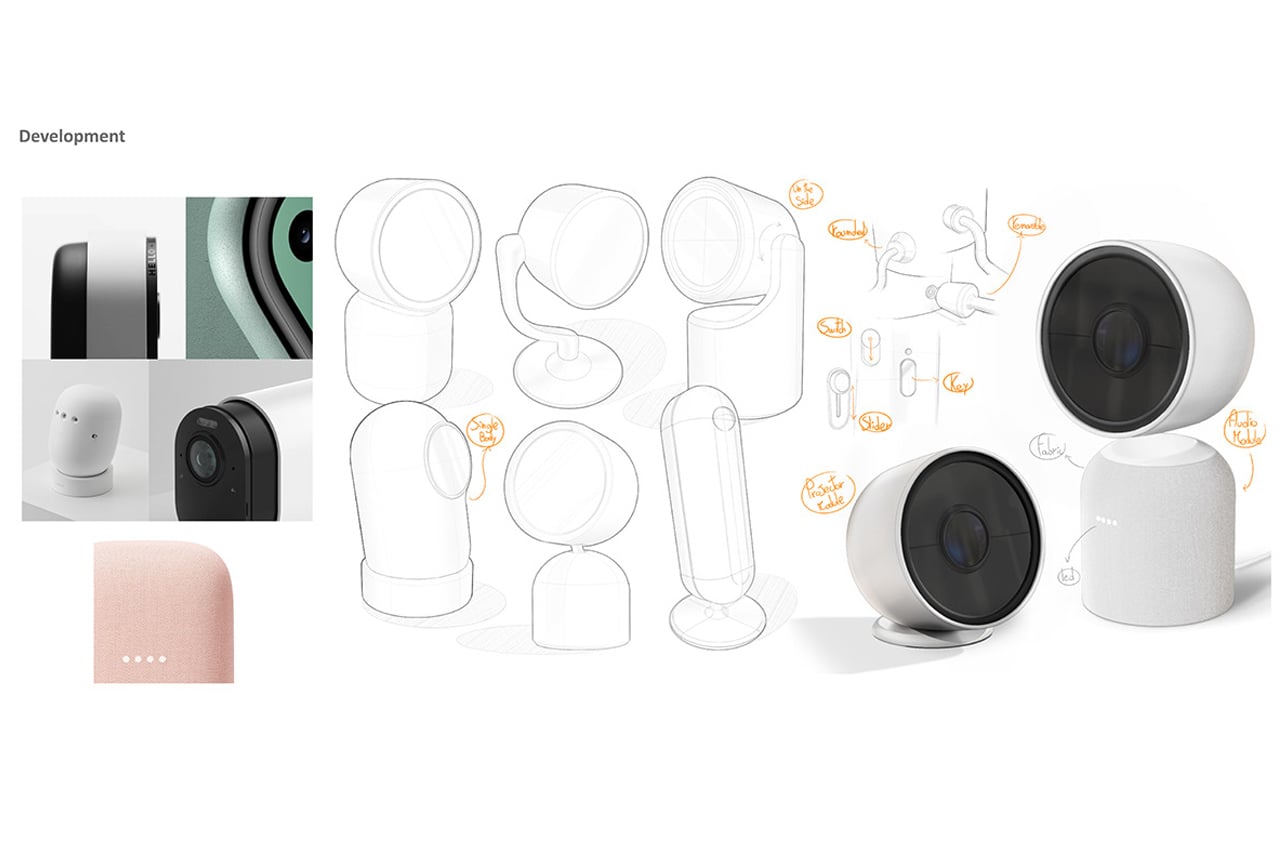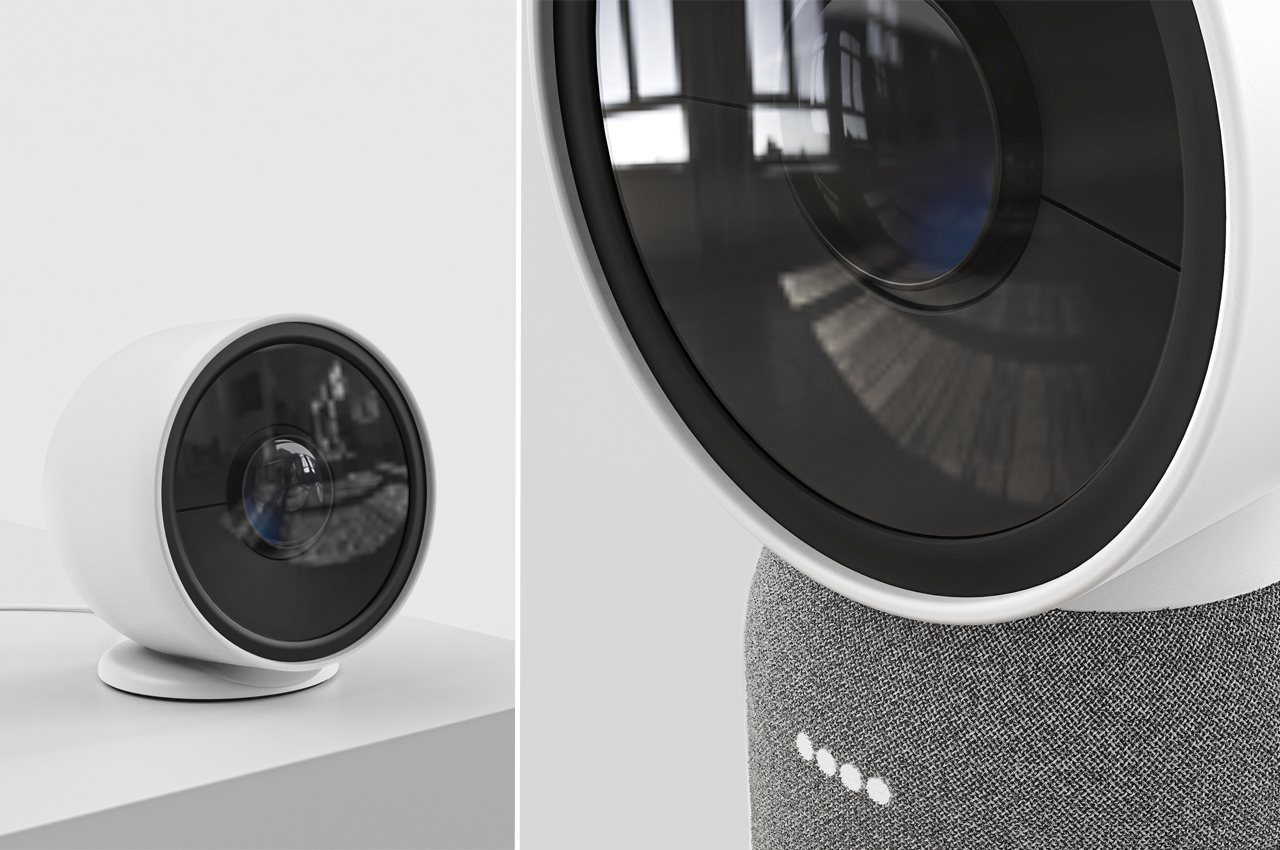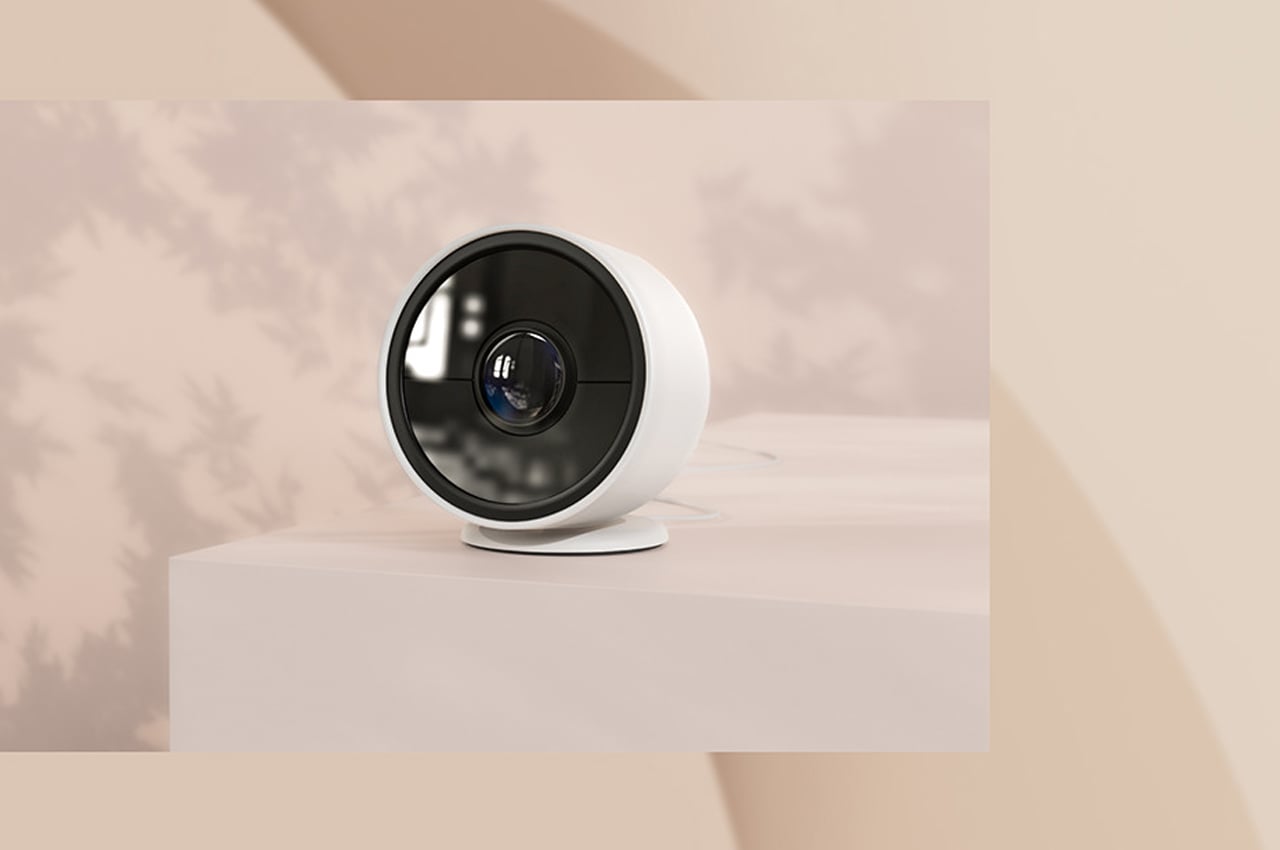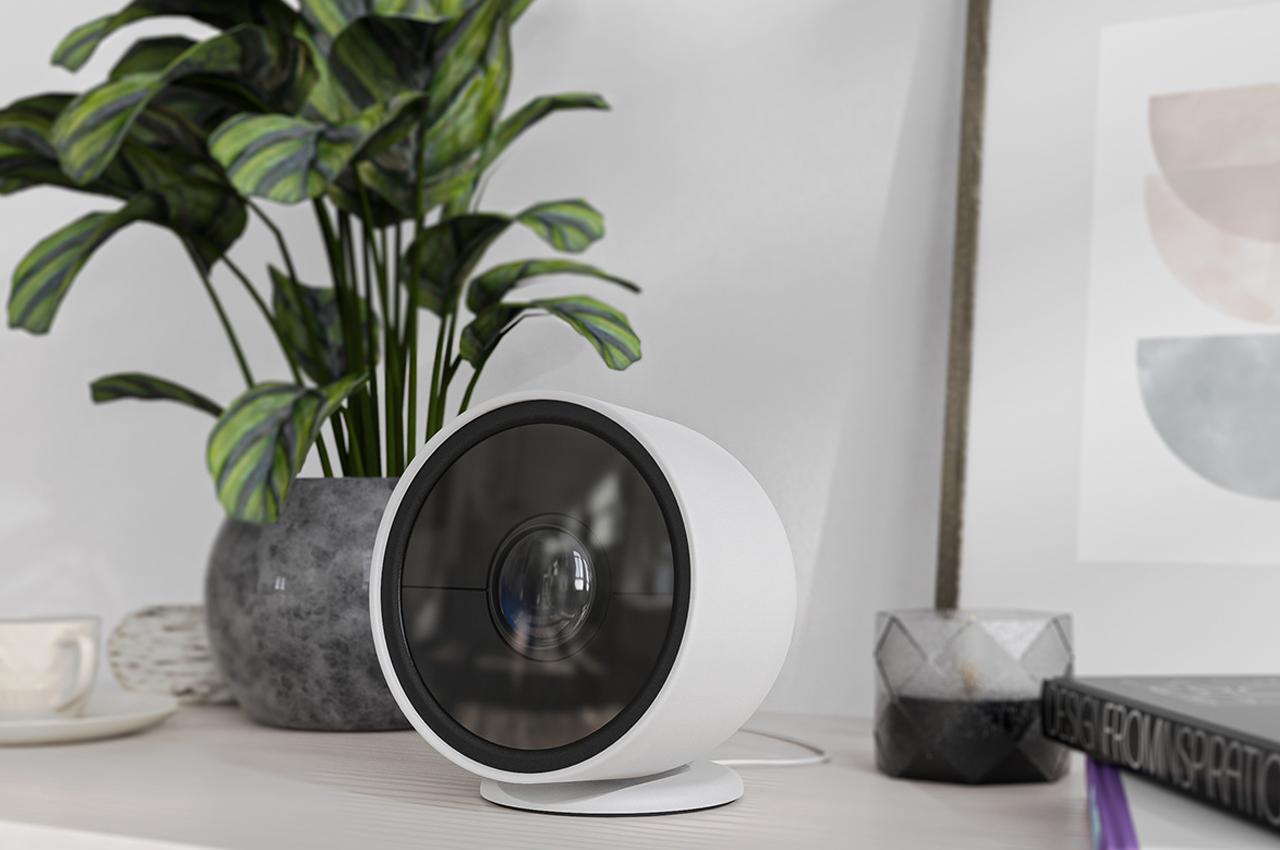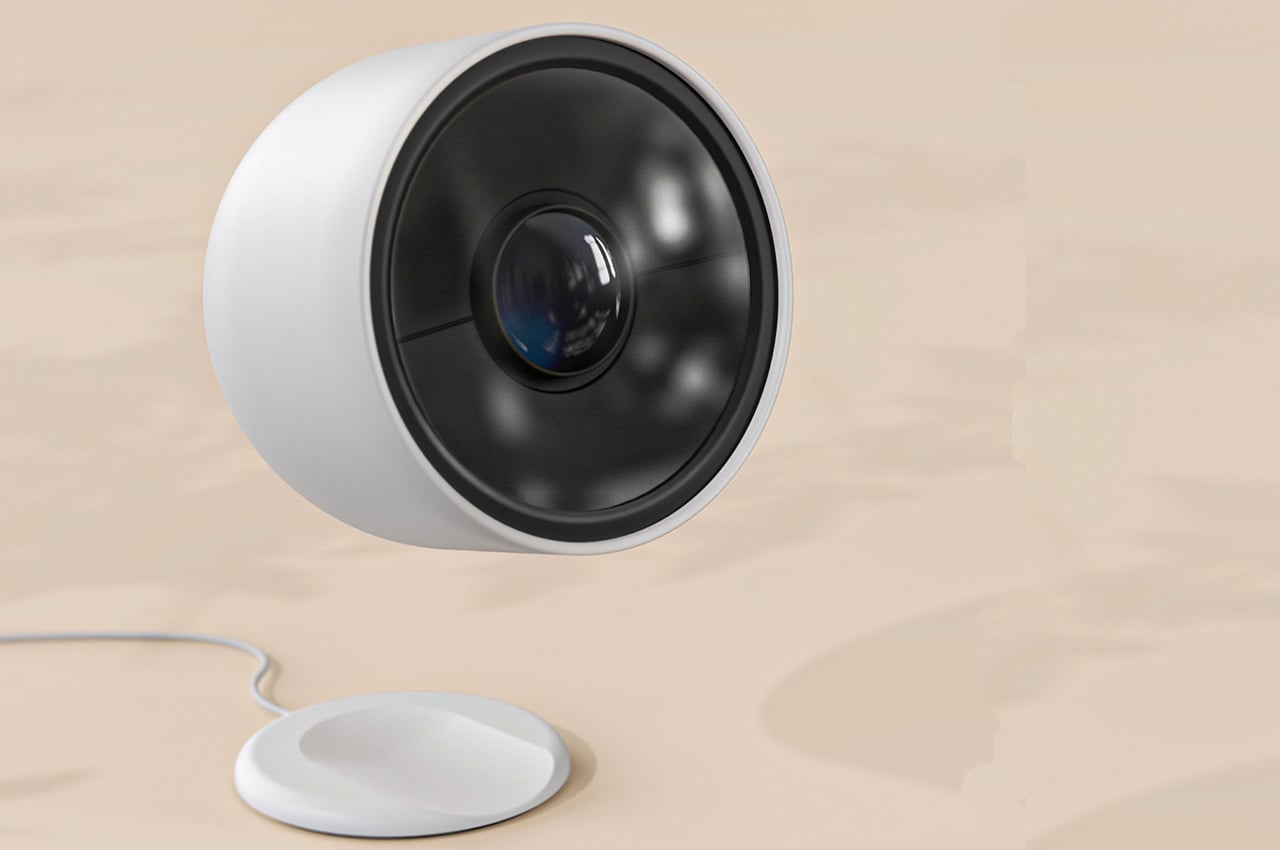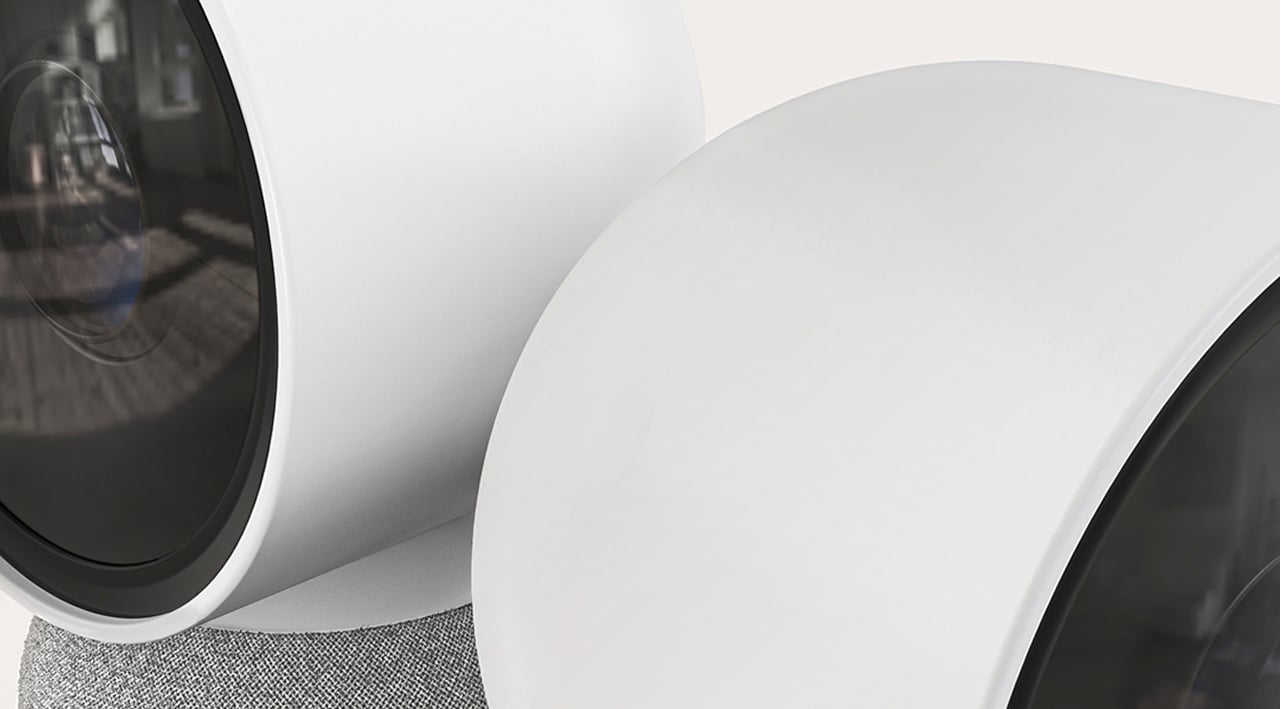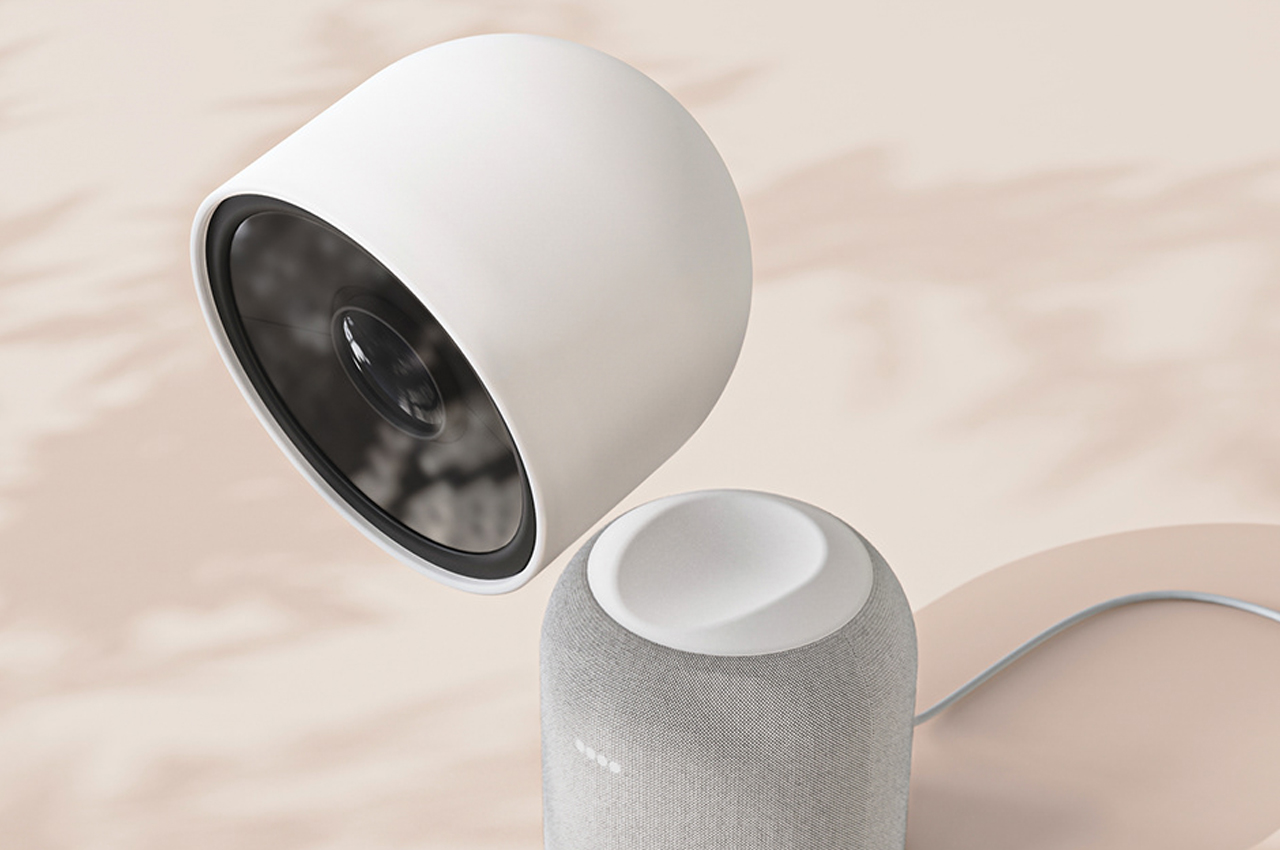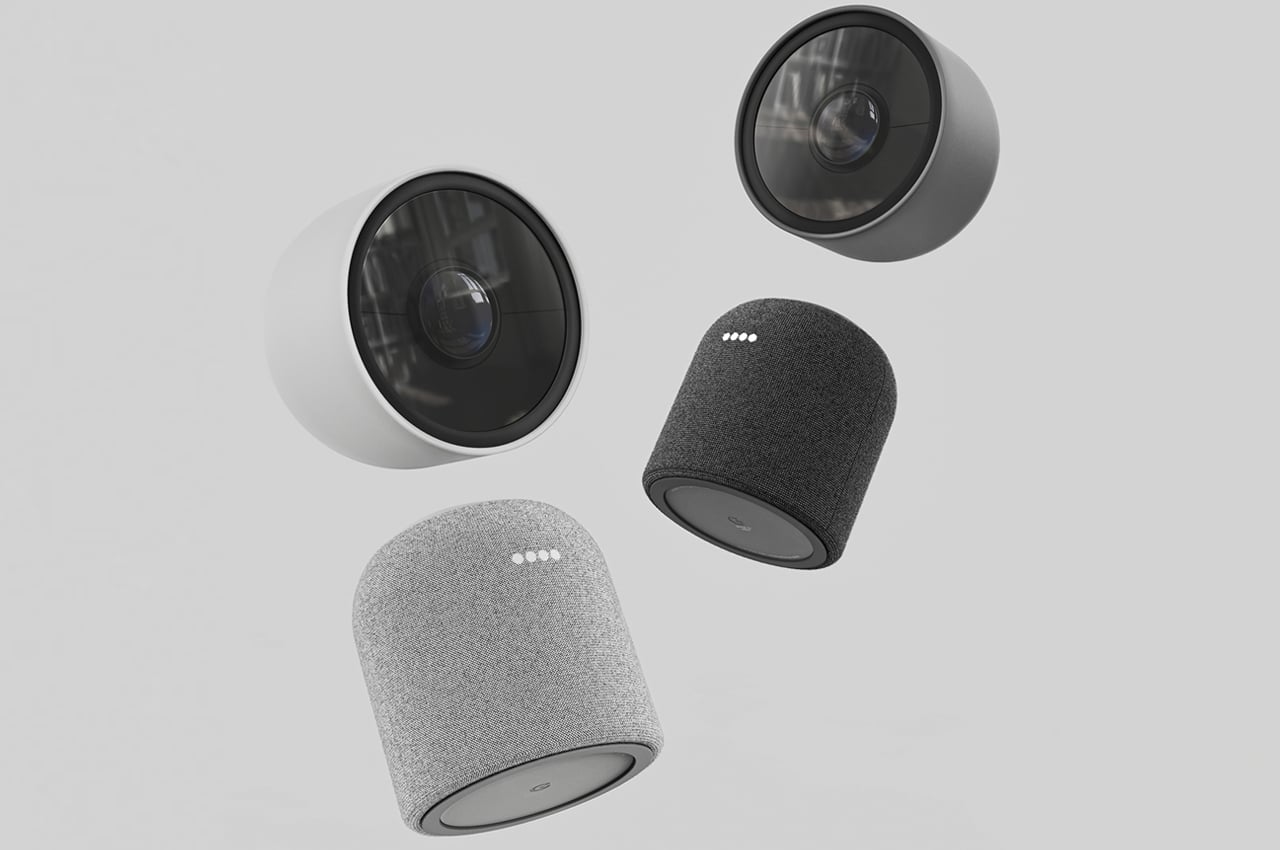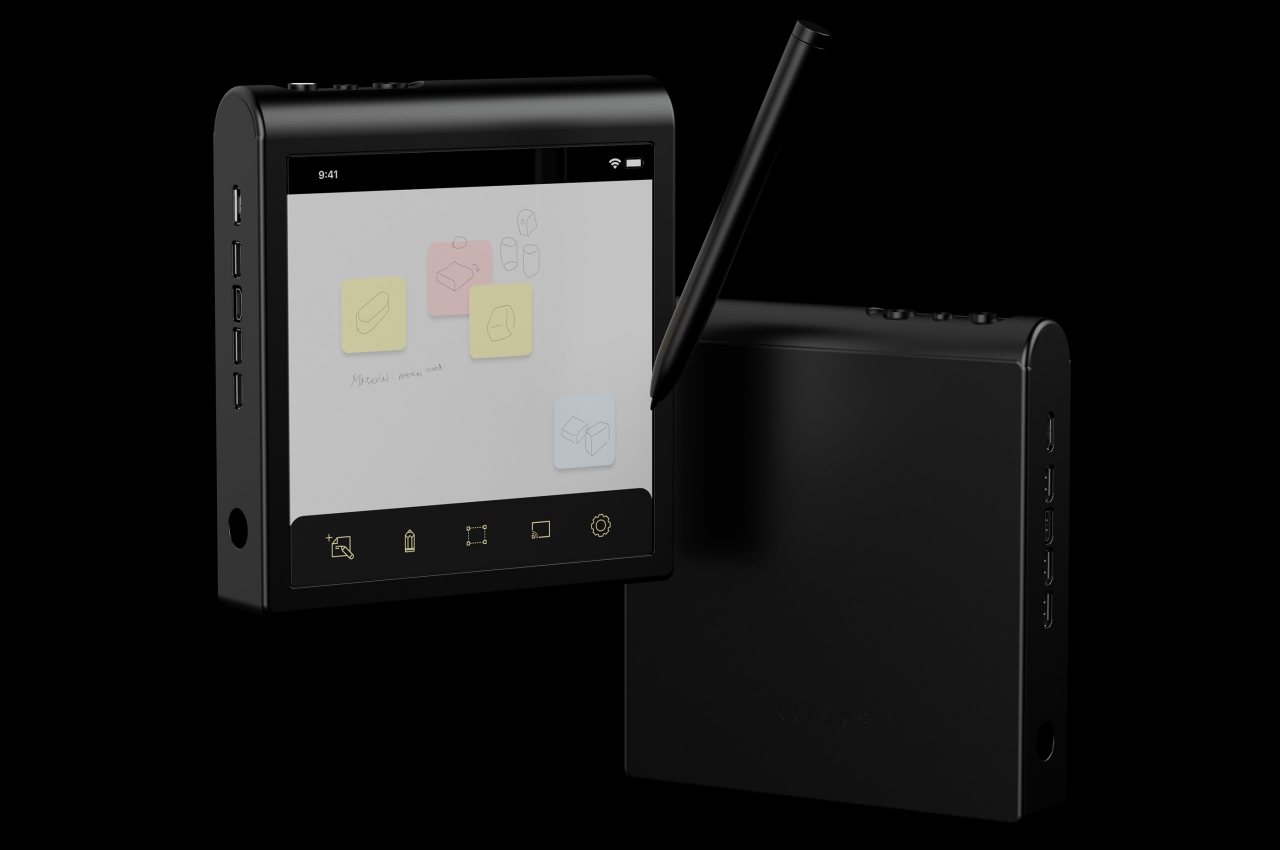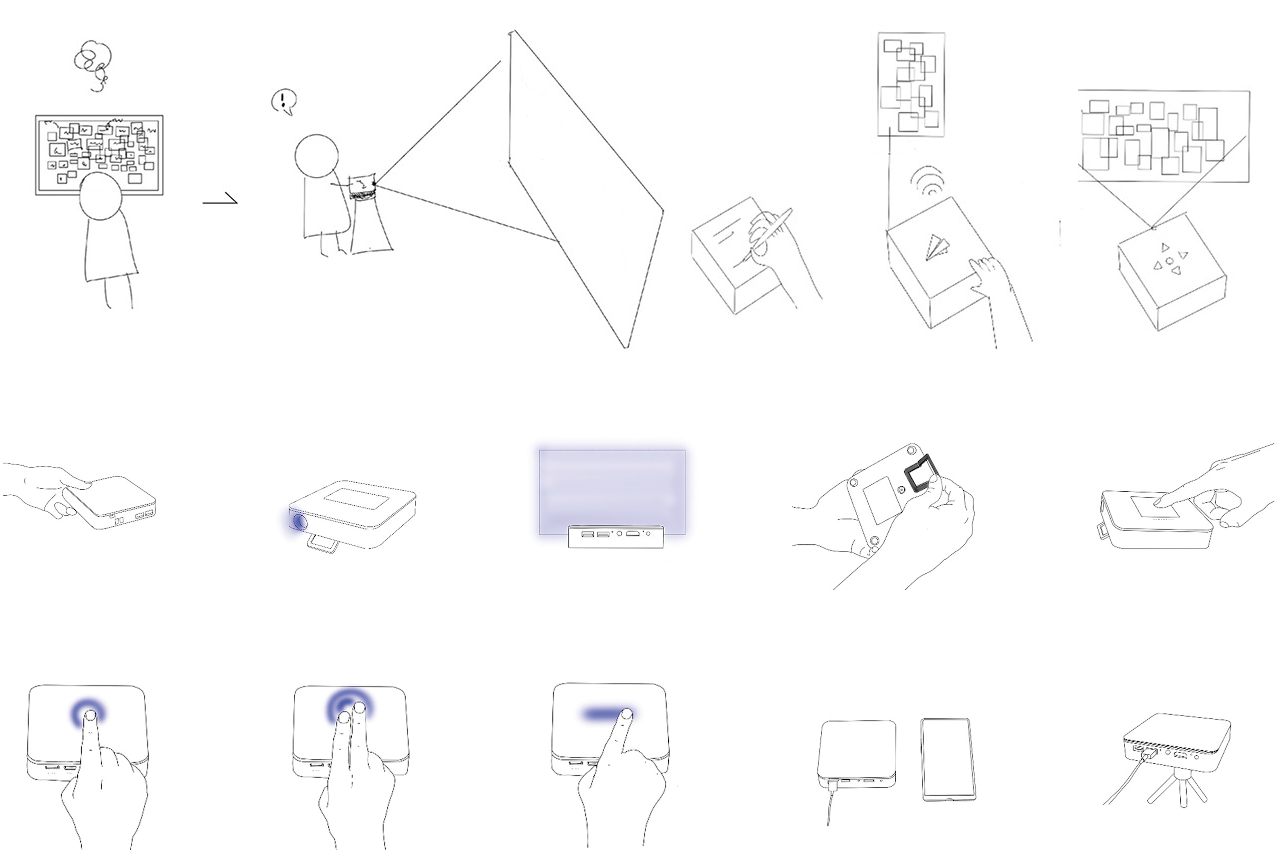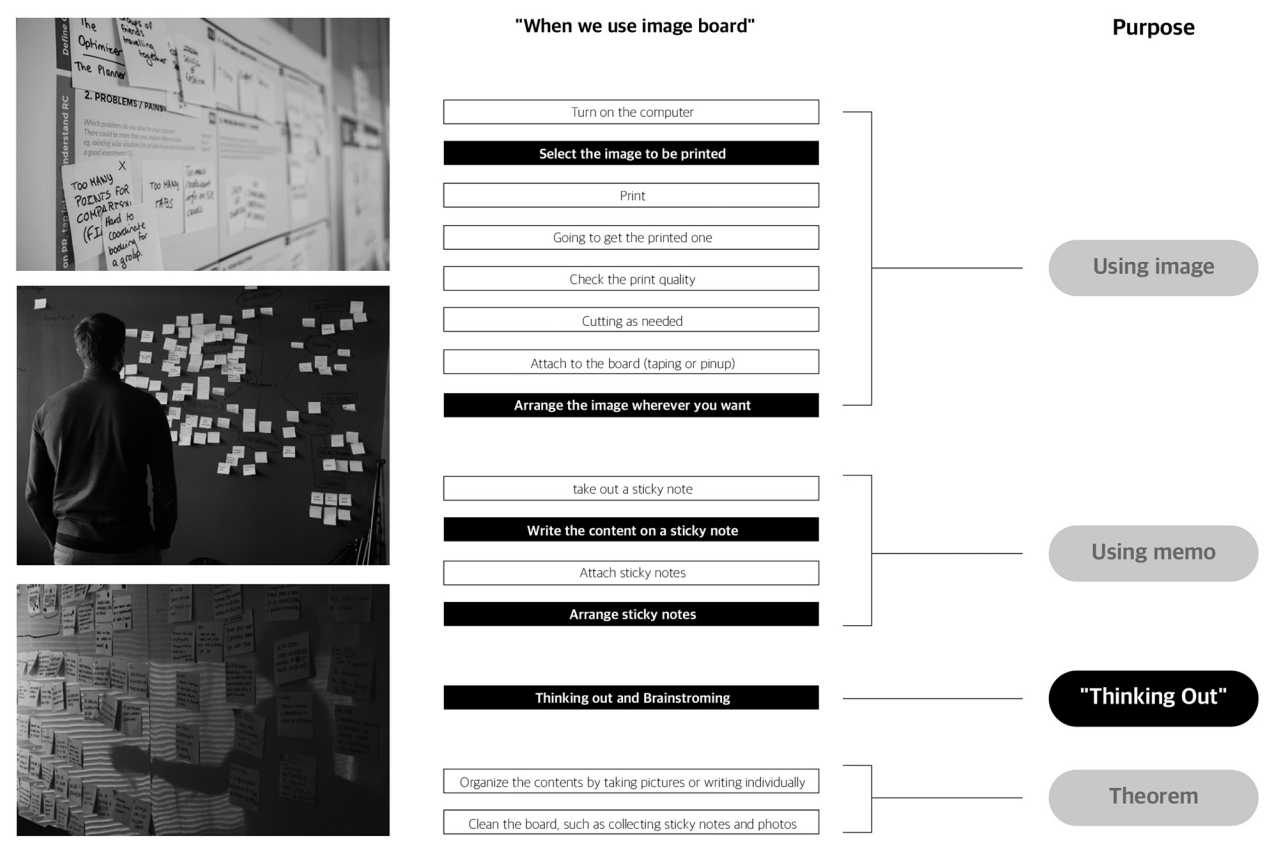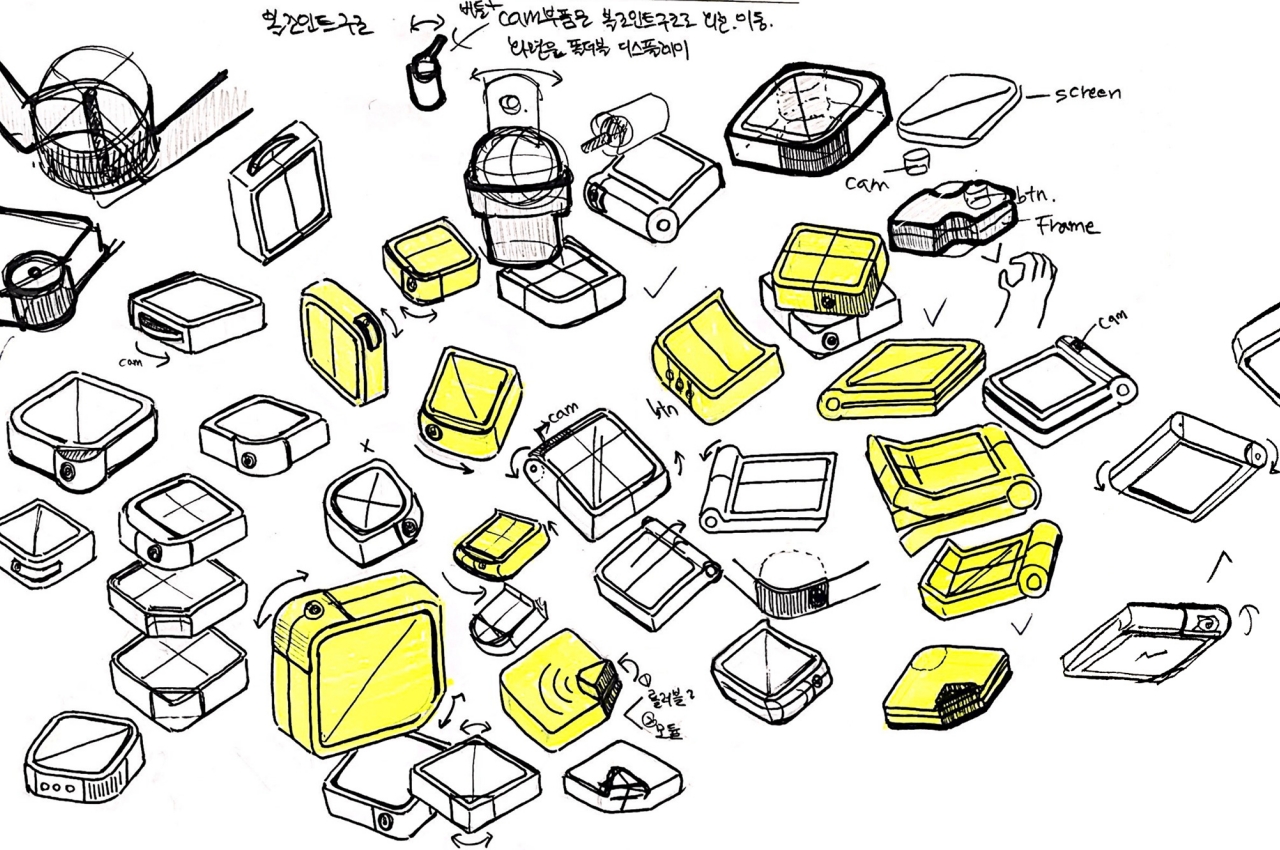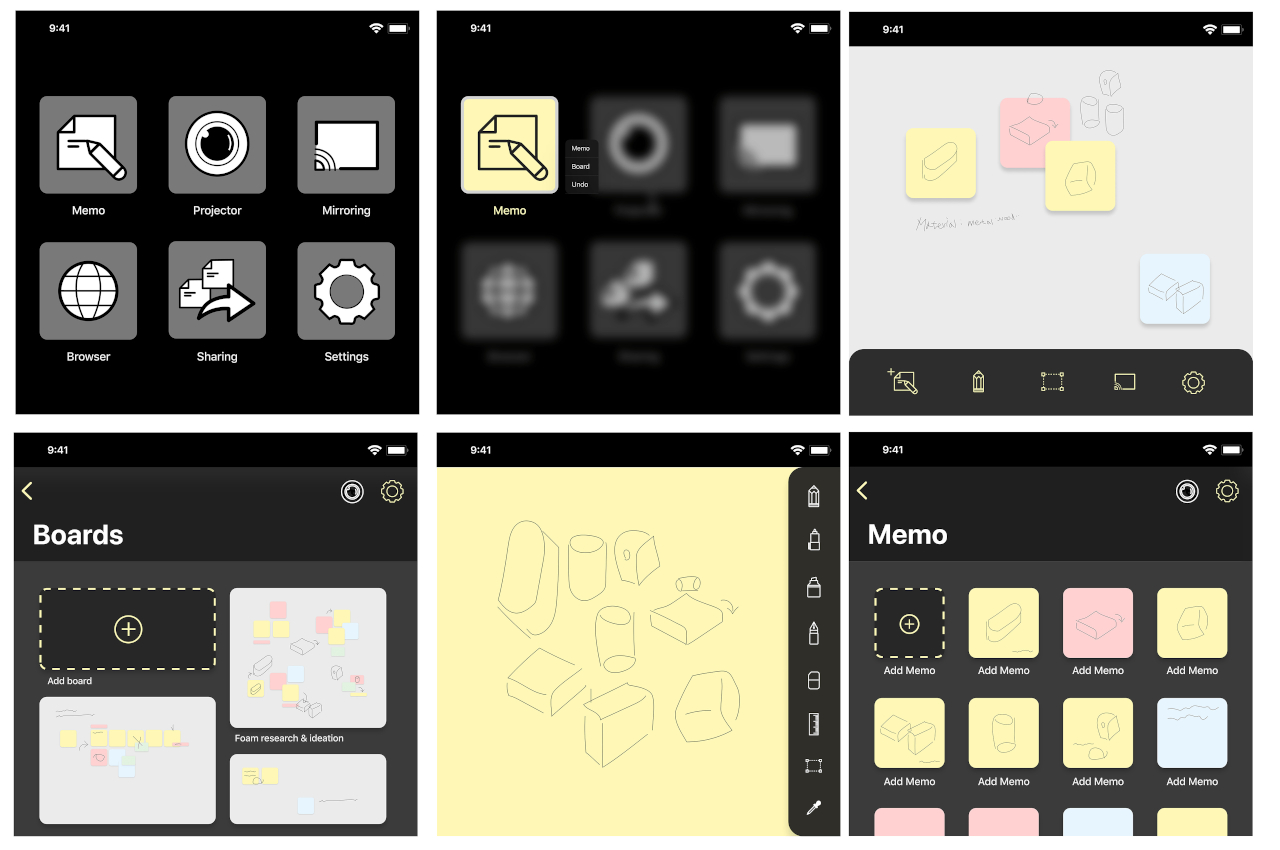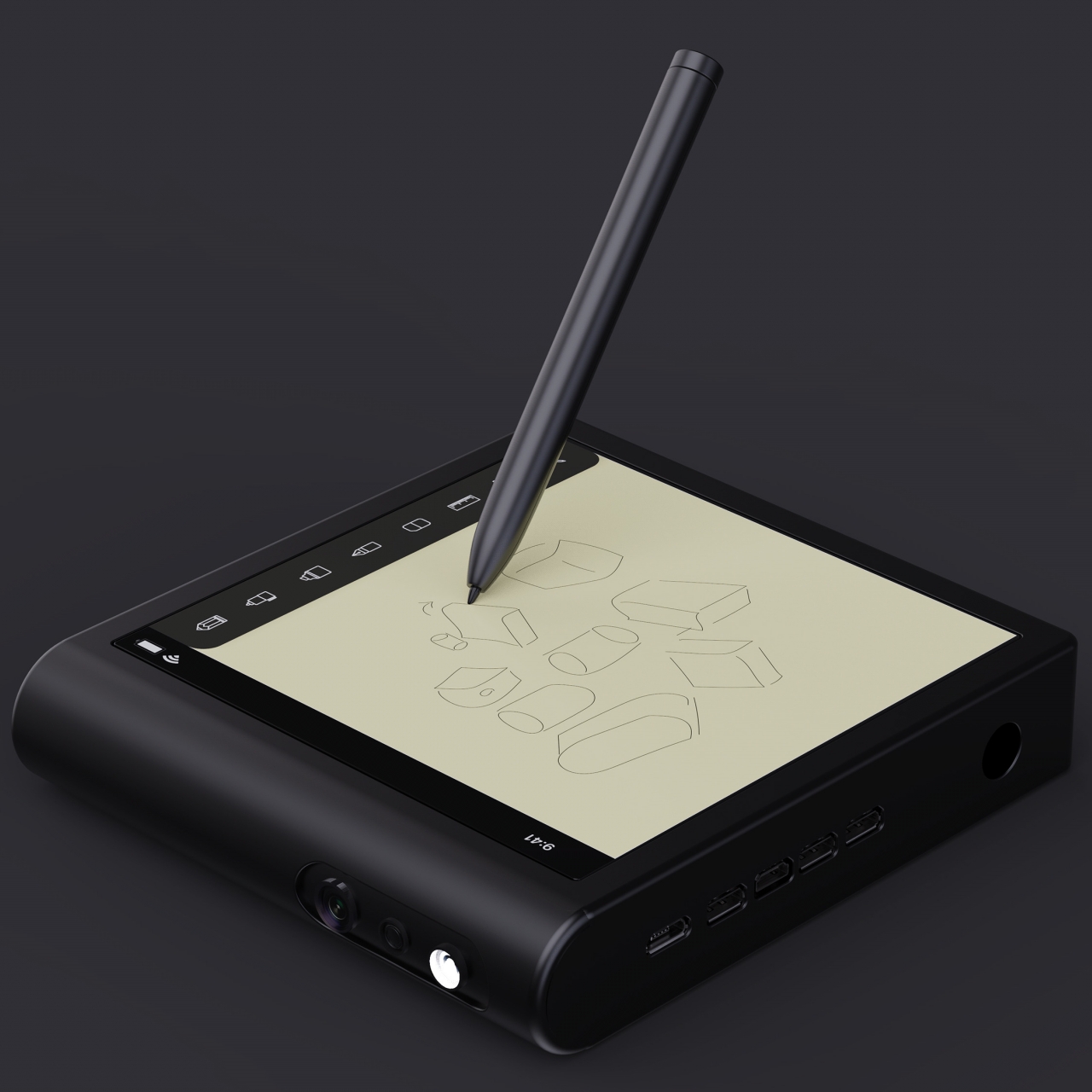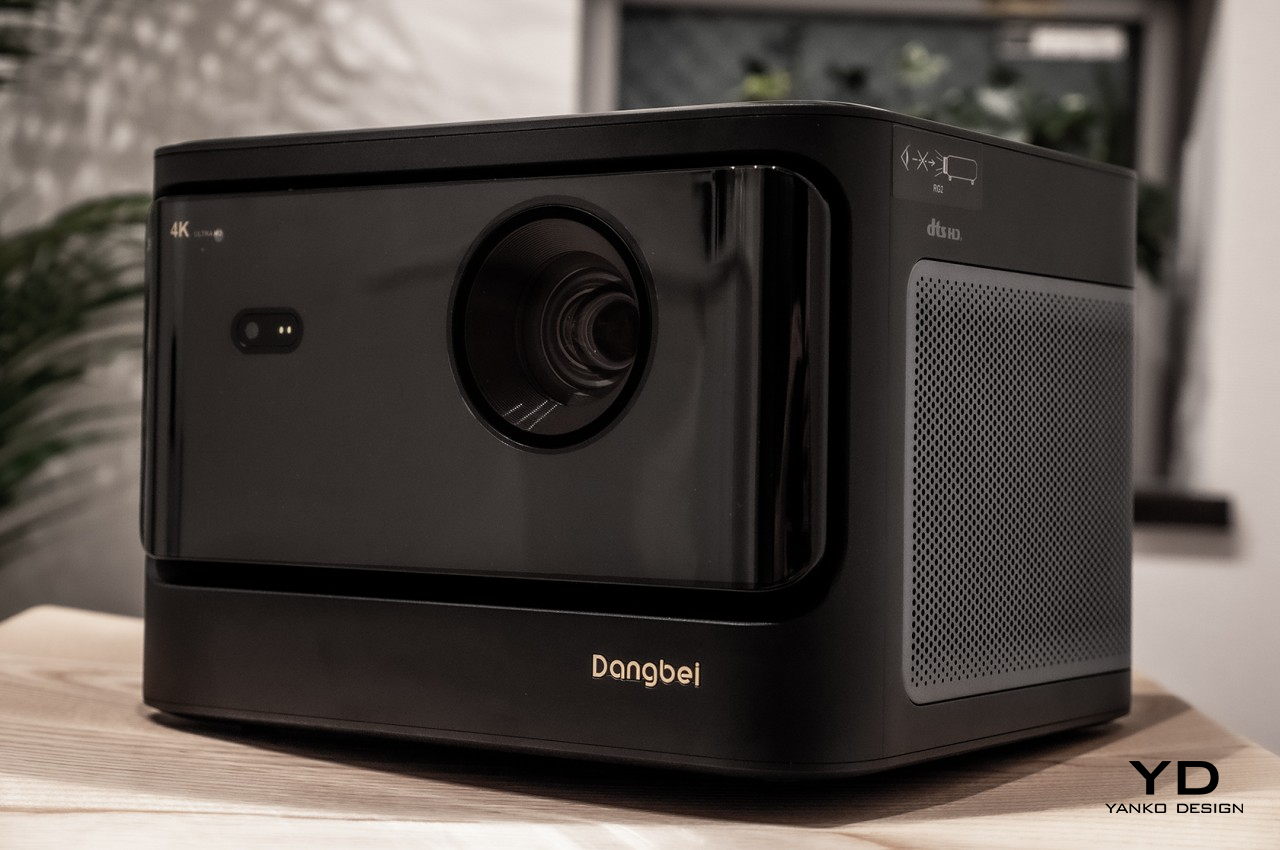
PROS:
- Stylish metal chassis with black piano surfaces
- Effective auto keystone correction, focus, and obstacle detection
- Impressive image quality and brightness
- Wallet-friendly price tag compared to equivalent 4K projectors
CONS:
- Tall box design requires more vertical space allowance
- No USB-C port
- No Google Play Support
RATINGS:
SUSTAINABILITY / REPAIRABILITY
EDITOR'S QUOTE:
Packing high-end features in an attractive box with an alluring price tag, the Dangbei Mars Pro easily outshines its rivals in the 4K laser projector space.
While many people had cut the cord when it came to TV subscriptions, some have even completely cut out TVs from their living rooms. Of course, that doesn’t mean they no longer watch things on screens larger than their phones and laptops, just that they have chosen to embrace the more flexible and liberating setup of having a home projector instead. There are some compromises to be made, particularly when it comes to the projected image’s brightness and price. As you might expect, the better the performance, the higher the price tag. There are, however, exceptions to that rule, but it isn’t easy to spot them at a glance. The Dangbei Mars Pro easily catches your attention, though, so we took it for a test drive to check if it’s really worth more than what its price tag would seem to suggest.
Designer: Dangbei
Aesthetics
Right off the bat, you could already tell that the Dangbei Mars Pro isn’t your run-of-the-mill laser projector. Where even the most stylish of its kind come in short rectangular boxes, the Mars Pro arrives in a more cubical shape. This does mean you will have to take into account its height when setting it up, but that shouldn’t be too much of an issue since it isn’t a short-throw projector. You will most likely set it up somewhere in the middle of the room, whether on a table or hanging from the ceiling.
Despite its budget price tag, the Mars Pro immediately impresses with its design and build quality. The box is mostly made from metal, with a serving of black piano glass on the top and on the front. Dangbei covers these surfaces with a plastic sheet for protection, but there are holes for the laser light and front sensors to have an unobscured path. The sides and back of the projector are littered with holes, both for ventilation and speaker output. The ports are all lined up neatly on the back for easy access, leaving no unnecessary visual breaks on other sides.
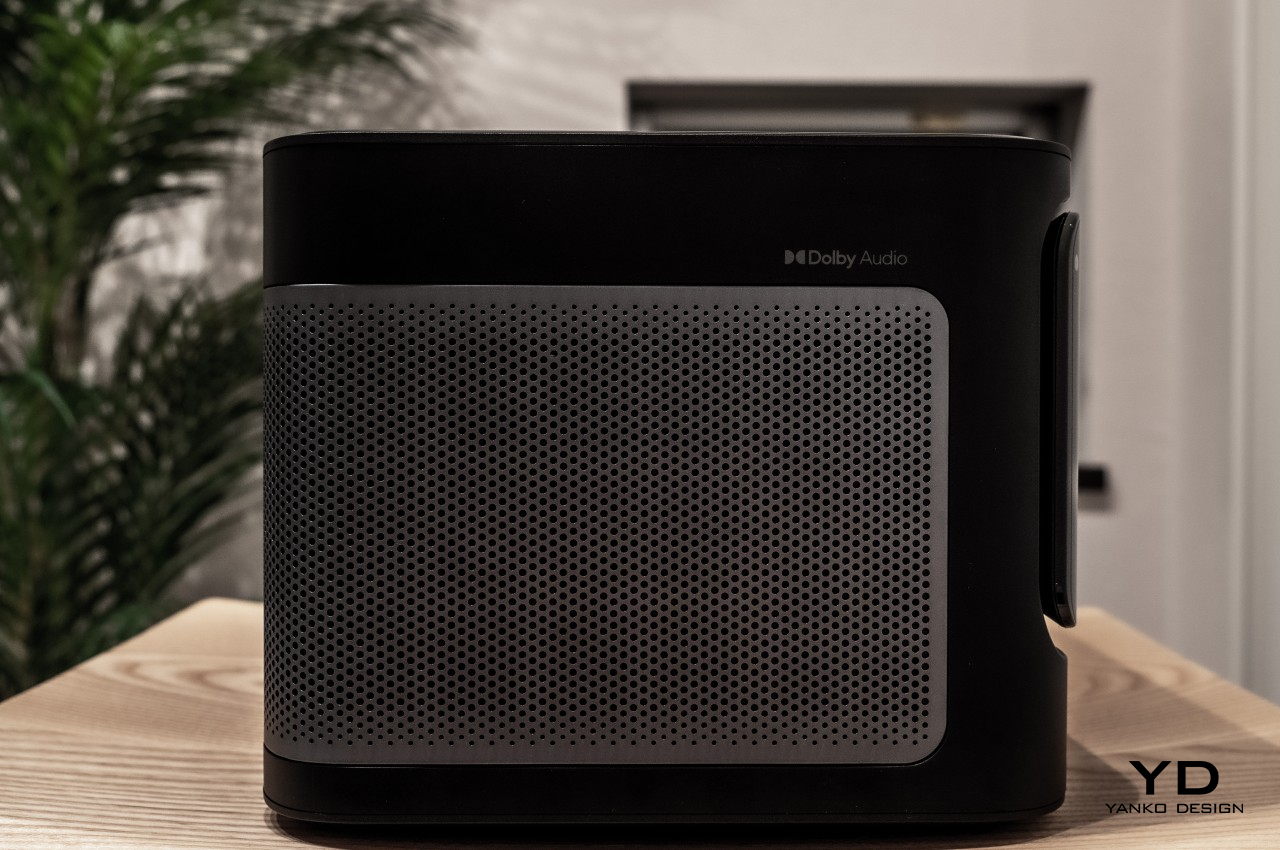
All-in-all, the Dangbei Mars Pro definitely stands up there with more expensive projectors when it comes to visual charm. The glossy surfaces and small ventilation holes give it a more refined flair compared to the typical slats and obviously plastic chassis of more expensive options. The Mars Pro already wins in this department, but, fortunately, it isn’t just a pretty face either.
Ergonomics
Unlike a mobile device or laptop, you won’t be handling projectors directly that often. In fact, you might not want to do that with the Mars Pro anyway, at least not regularly. Coming at around 10 lbs, it isn’t exactly the lightest in its group, so you’ll seldom want to carry it around the room. Its weight is also something critical to consider if you plan to hang it from the ceiling or place it on top of a tripod mount.
As mentioned, you won’t be interacting directly with the projector anyway. Aside from the ports on the back, the only other interactive element is the touch-sensitive power button on the top. This isn’t a typical push button, so there’s no need to press hard on it. The area is clearly indicated by a light halo that gives it a futuristic vibe. The center of this circle also has a sensor that detects the amount of ambient light in the room to automatically adjust the projector’s brightness.
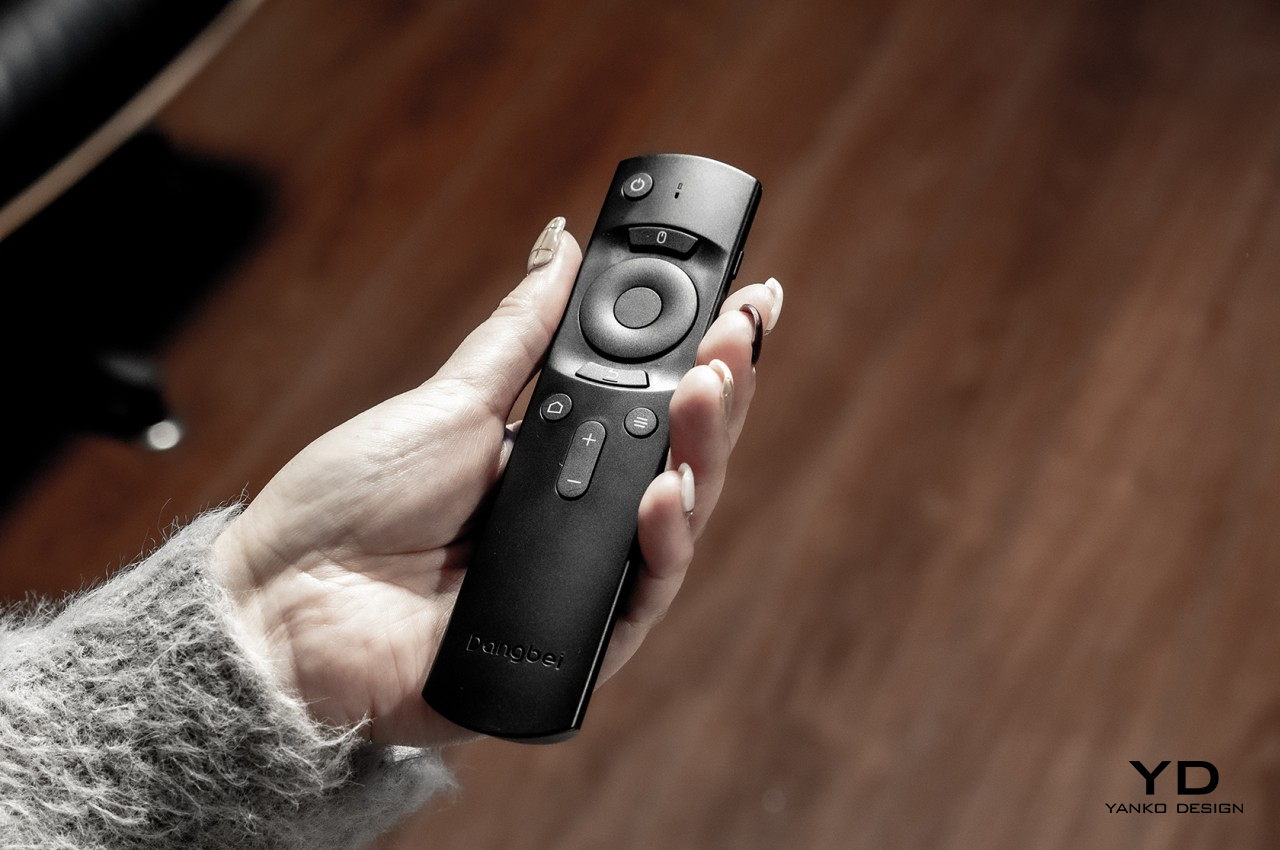
All other controls for the projector will be done through the included remote control, which is a bit of a mixed bag. It is simple enough to use with very few buttons, though there are additional buttons for mouse mode and a quick menu on the side. The build quality, however, is so-so. While the projector is mostly made of metal and glass, its remote is a completely plastic affair. That might be for the best, considering how often you’re likely to drop it, but it does sharply contrast with the premium quality of the Mars Pro.
Performance
Where this Dangbei projector really shines, almost literally, is in its projected image. Using ALPD or Advanced Laser Phosphor Display technology, the projector boasts a brightness of 3200 ANSI lumens, which is a maximum brightness that only more expensive projectors can even promise. It also supports native 4K UHD resolution and HDR10+ as well as HLG, putting it on par with many TVs. The question is whether it can rival a 4K TV in practice. The answer is a resounding yes and then some.
The Mars Pro’s output is bright, crisp, and vibrant, especially in dark settings. Admittedly, it will struggle when there’s direct sunlight, but that’s also on par with pricier projectors. The projector supports a plethora of technologies and features that can be used for different types of content, like MEMC smoothing or even 3D, though the latter is a hit-or-miss kind of thing. It also has a Game Mode that reduces latency down to 20ms, but more discerning gamers might not be too satisfied with actual performance. Bottom line, the projector performs admirably, especially under controlled lighting, which might come as a shock if you consider how much more affordable it is compared to equivalent 4K projectors.
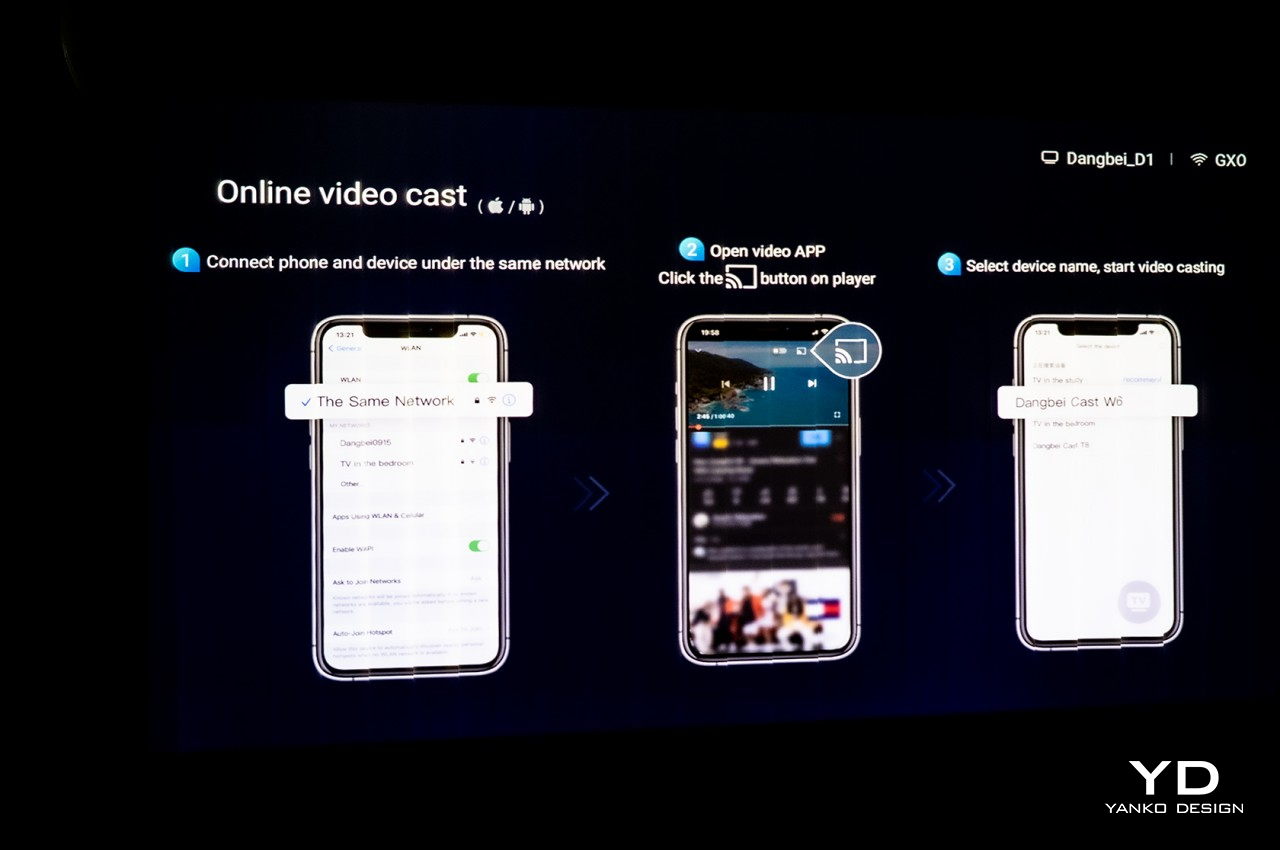
The premium experience doesn’t stop at image quality, though. The Dangbei Mars Pro has a couple of intelligent features that almost make it work like magic, automatically adjusting its settings depending on the situation. Autofocus is pretty much a given these days, but automatic keystone correction definitely upgrades the experience so that you don’t have to worry about the angle of the projector against a wall or screen. There’s also obstacle avoidance, where it shrinks the projected display to avoid lamps, vases, or other furniture. If it detects that there’s something directly in front of or near the lens, it will reduce the brightness to avoid hurting your eyes. All of these work automatically like magic, though you might have to do some fine-tuning if the focus or keystone is still a bit off for your tastes.
Like any projector, the Mars Pro generates heat, so it has both vents and fans to keep things cool. Cool air is sucked into the right side of the box while the hot air is pushed out from the left, something you might want to keep in mind when considering where to place the projector. Fortunately, the Mars Pro’s fans never get loud during its operation, and it definitely doesn’t overpower the built-in speakers. The only time the fans become very audible is when you turn on Auto Dust Cleaning mode, where it runs at full blast to get those particles out.
The Mars Pro boasts two 10W speakers with Dolby Digital Plus and DTS Studio Surround. That’s enough power to fill a small room, and the audio quality doesn’t get distorted even at higher volumes. While the speakers are good enough for most cases, it does lack a bit of substance that audiophiles will be looking for. Fortunately, you can remedy that by connecting your favorite sound system, but the built-in speakers will do well in a pinch.
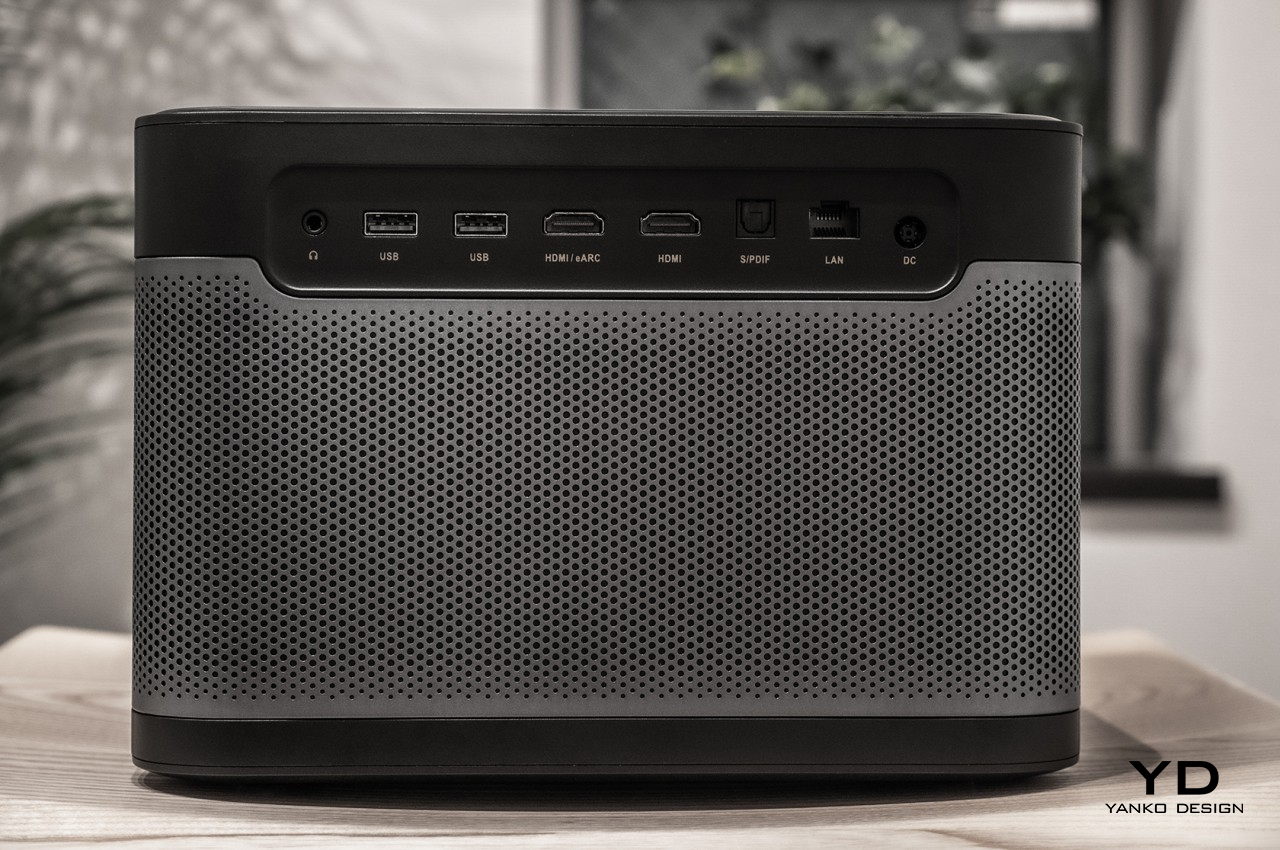
Things get a bit less ideal when it comes to the system running on the projector, which is a very old, customized Android 9 version. The Mars Pro definitely has the hardware to run more sophisticated software with its quad-core MT9669 CPU, 4GB of RAM, and 128GB of internal storage, but Dangbei opted to favor a more simplified user experience. It does have the basic apps and streaming services pre-installed, but you’ll have to scour the Internet for anything that’s not available on Dangbei’s app store. There’s no Google Play, of course, though it might be possible to install it manually. Of course, you can plug in any other content source, including a Google TV dongle, if you so wish. The only limitation in its selection of ports is USB-C, which is a little bit disappointing in this time and age.
Sustainability
The Dangbei Mars Pro projector is your typical consumer electronics product, which basically means it has your typical components that hurt the environment in the long run. It does score a little better thanks to its use of a metal chassis rather instead of plastic. There are glass parts as well, but the plastic covering on these nullifies that advantage.
In terms of longevity, Dangbei only gives a one-year warranty off the bat, but you might have options to buy additional years depending on where you’re buying it from. Laser projectors are admittedly short-lived products, even with the advertised 25,000 hours of lamp life. Sadly, they aren’t trivial to repair either, especially if the product is coming from another region of the world. Parts and services will be a big consideration for those who are a bit more conscious of how much use they want to squeeze out of a projector.
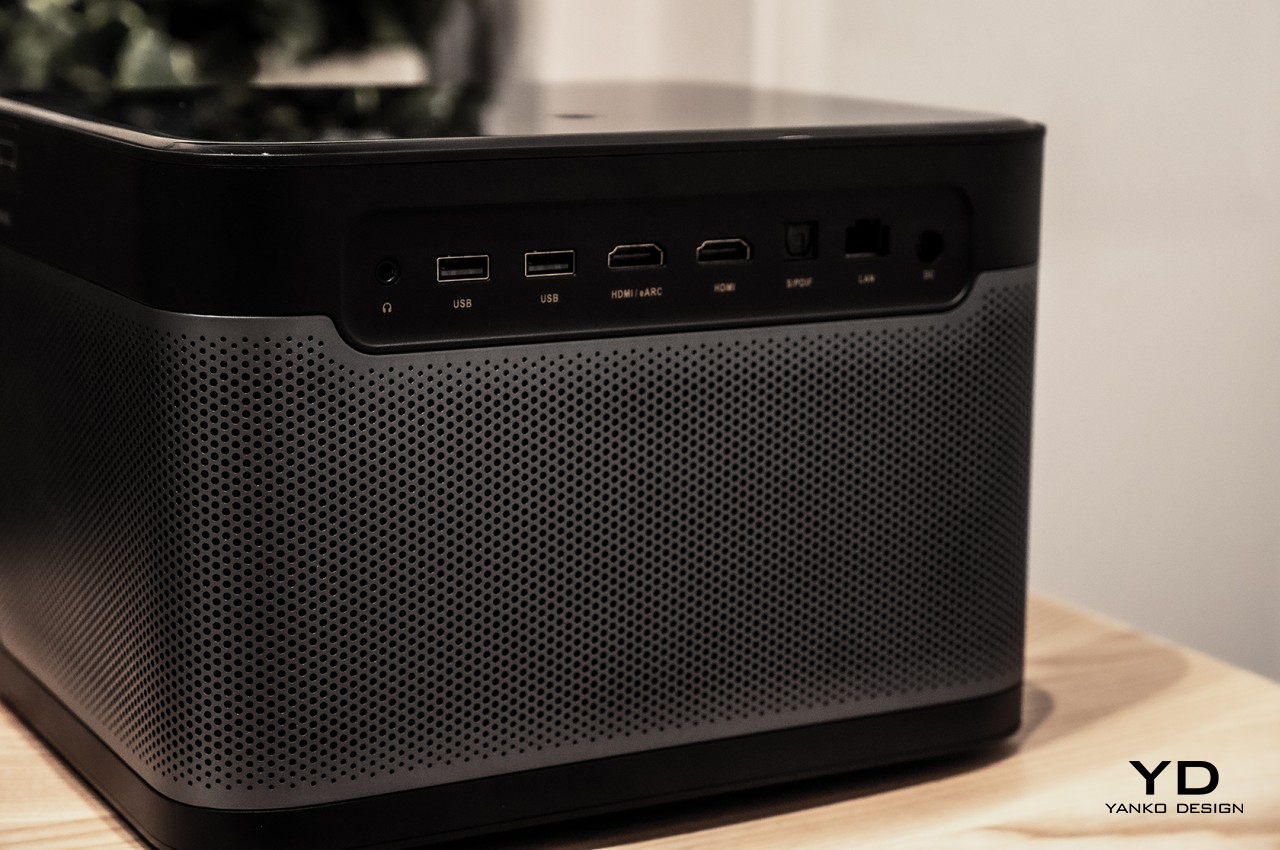
Value
If it hasn’t been that clear yet, the Dangbei Mars Pro 4K projector is right up there with other 4K projectors. The 3200 lumens brightness, intelligent correction and configuration options, and overall performance all mark it as a premium product. The kicker is that it isn’t priced like one, selling for only $1,699 (or $1,799 from Amazon).
Admittedly, that’s a large figure, but only if you take it in isolation. A “regular” 4K laser projector with the same feature set or performance easily costs almost double that amount. Conversely, projectors with that price tag often have too many compromises, especially in terms of picture quality. You’ll also have to consider that 4K UHD TVs cost just as much, and you’ll be hard-pressed to find one that will be able to cover the same 100-inch maximum space as this projector can.
Verdict
Choosing consumer electronics is often a case of choosing compromises, whether it’s in performance, quality, or price. Rarely will you find a gem that hits all three with very little compromise. When one does pop up, it’s not hard to understand why the Internet would be abuzz about something so rare and almost unbelievable. The Dangbei Mars Pro 4 Laser Projector is definitely one such rare creature. Not only does it deliver on its promises, it actually looks good doing so, making that price tag so much sweeter for anyone planning a TV-free entertainment setup at home.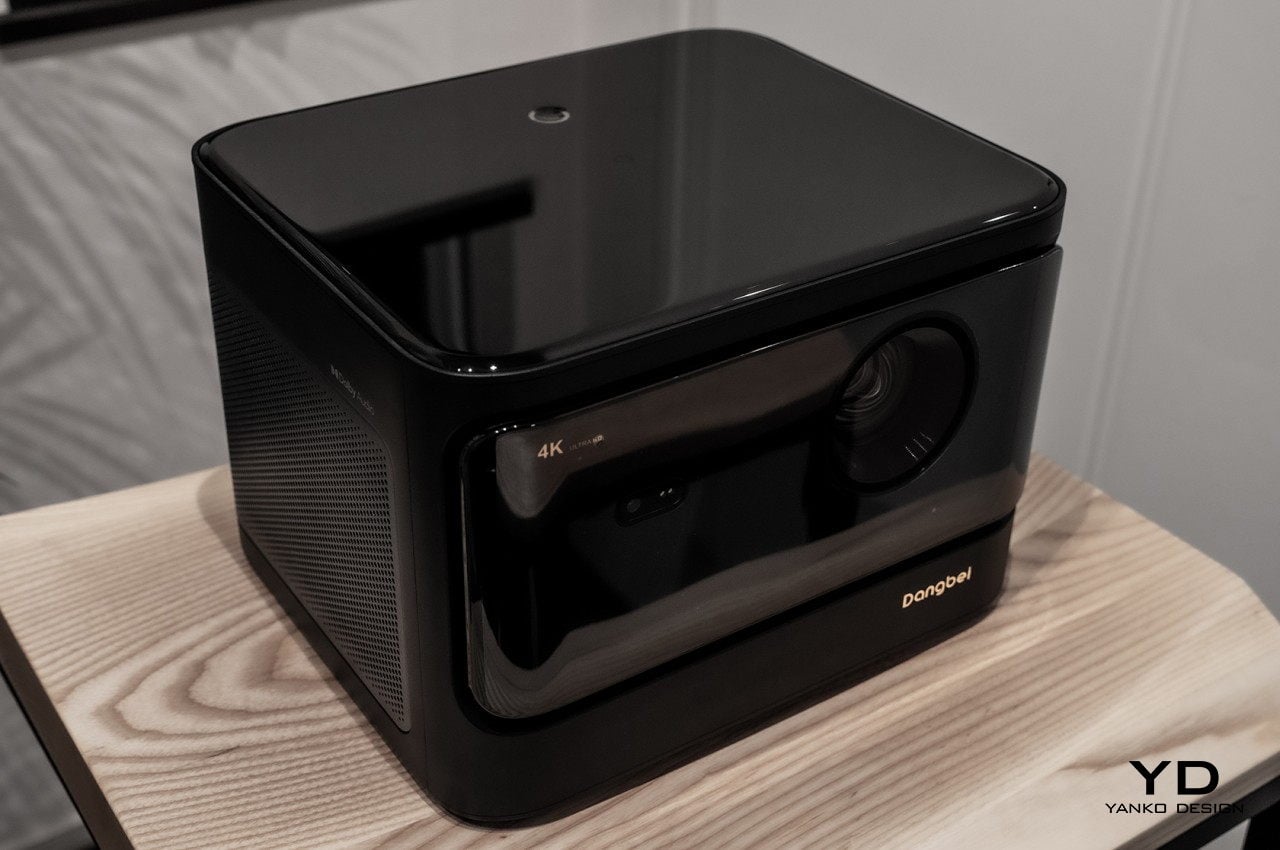
The post Dangbei Mars Pro 4K Laser Projector Review: Premium Experience in an Affordable Package first appeared on Yanko Design.

